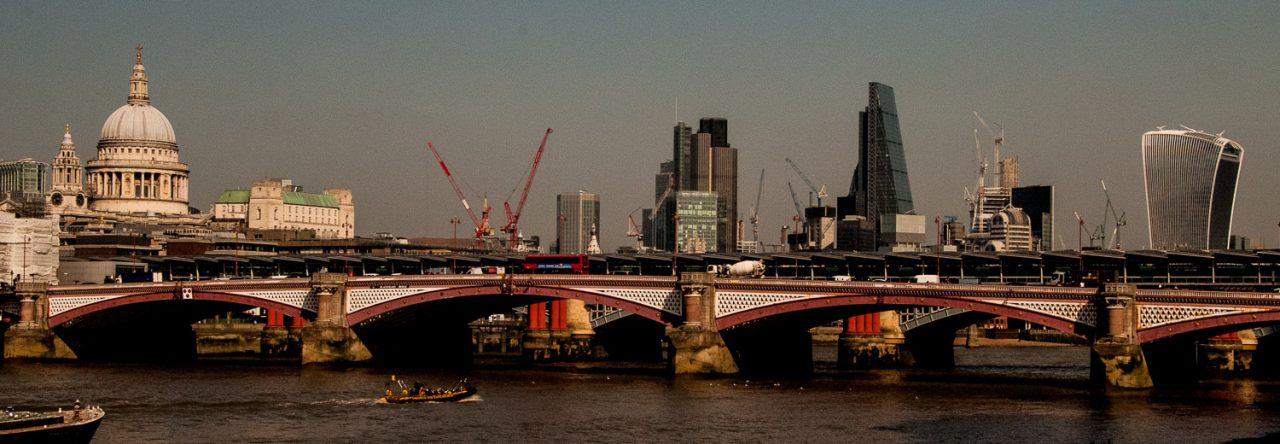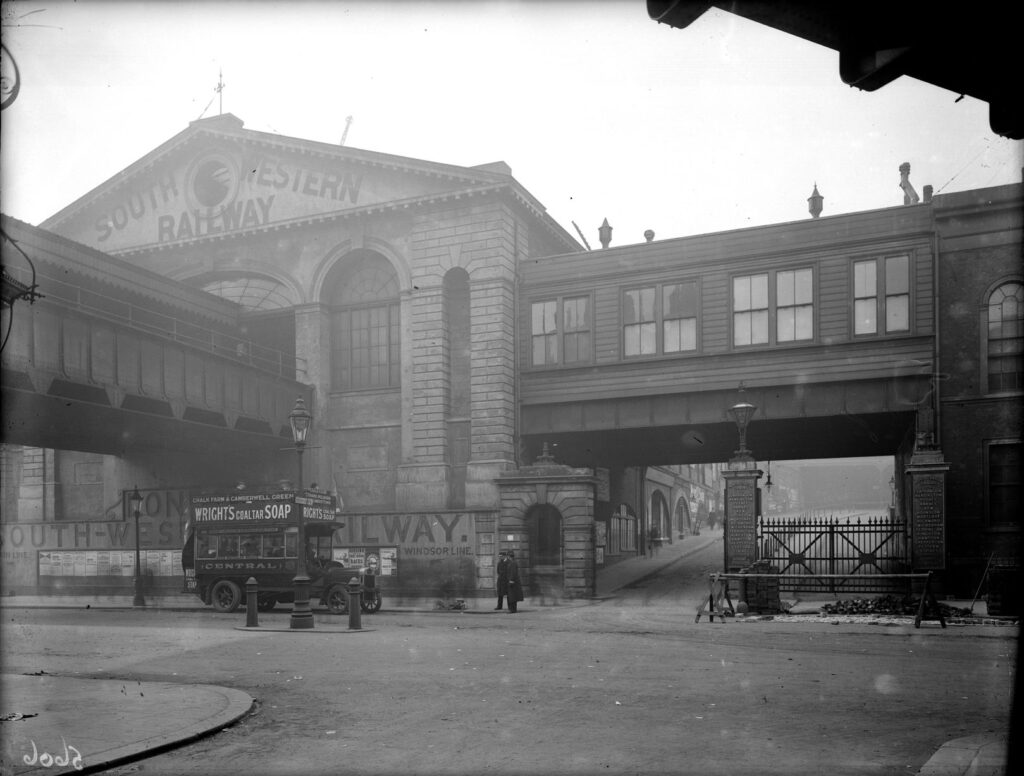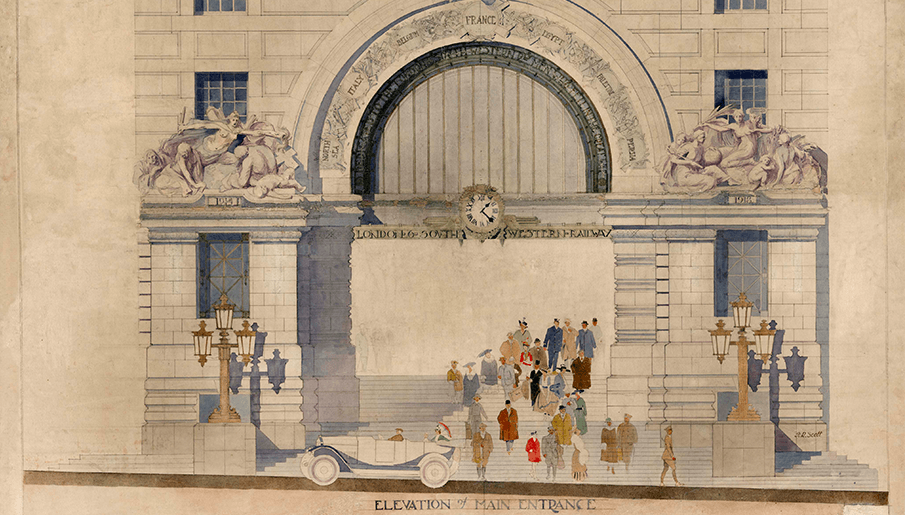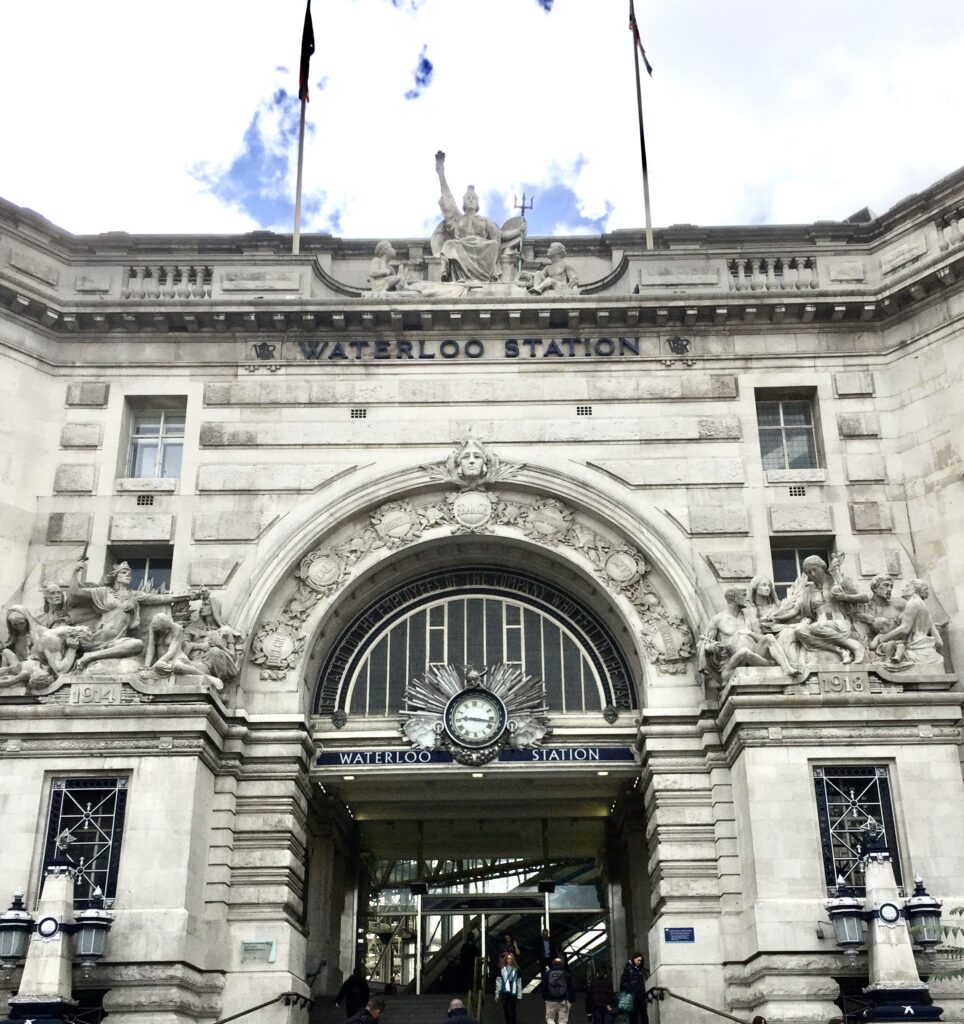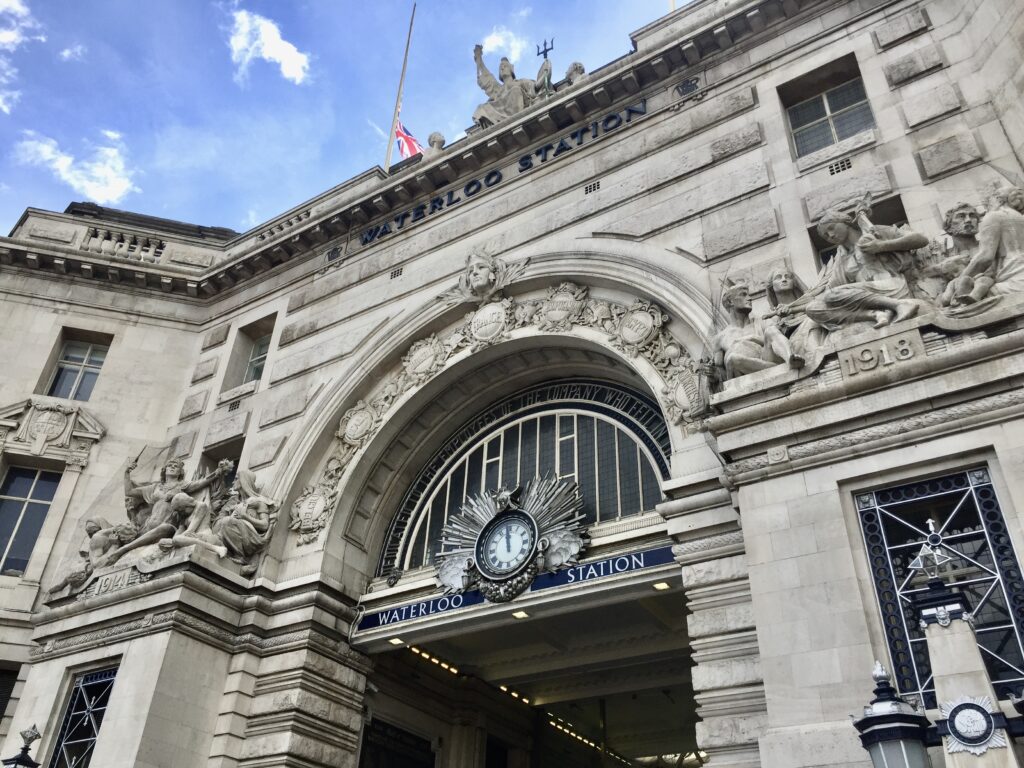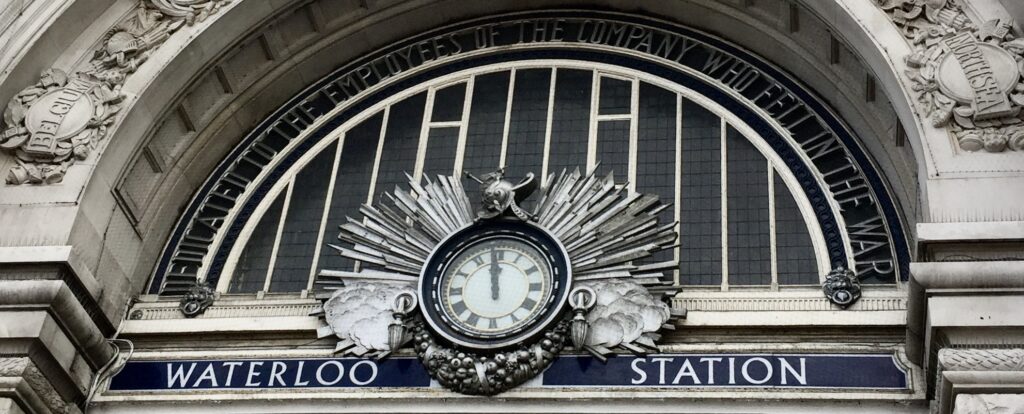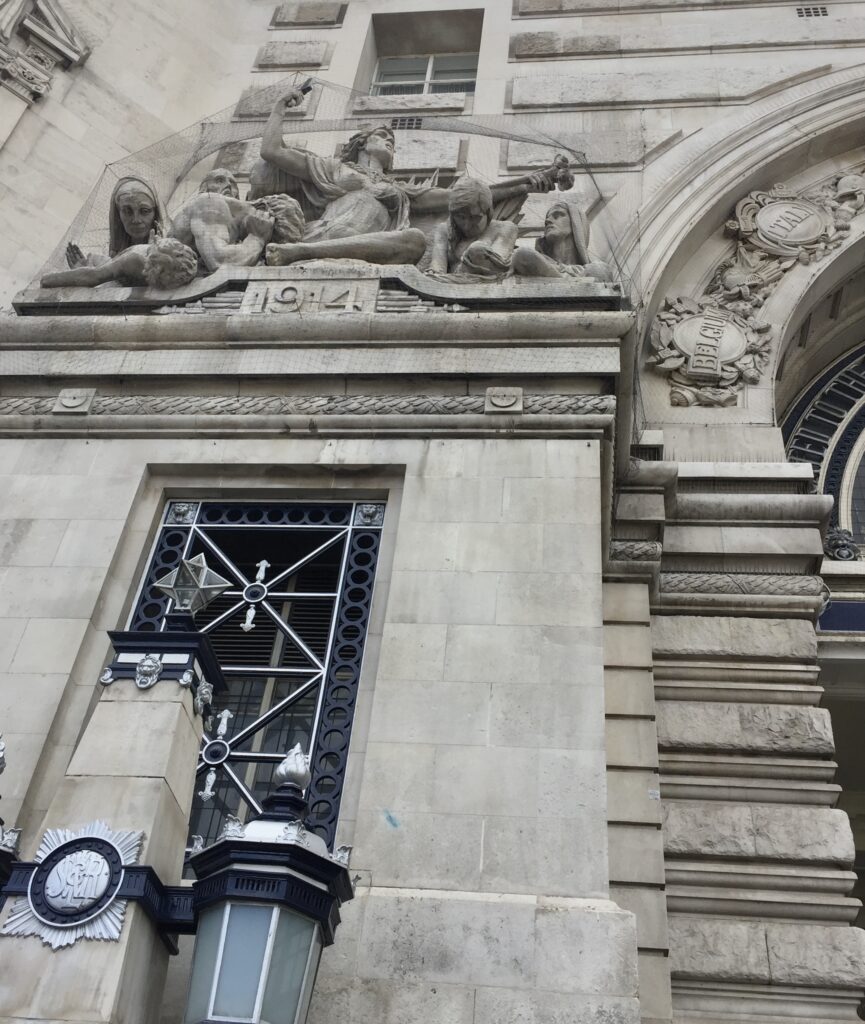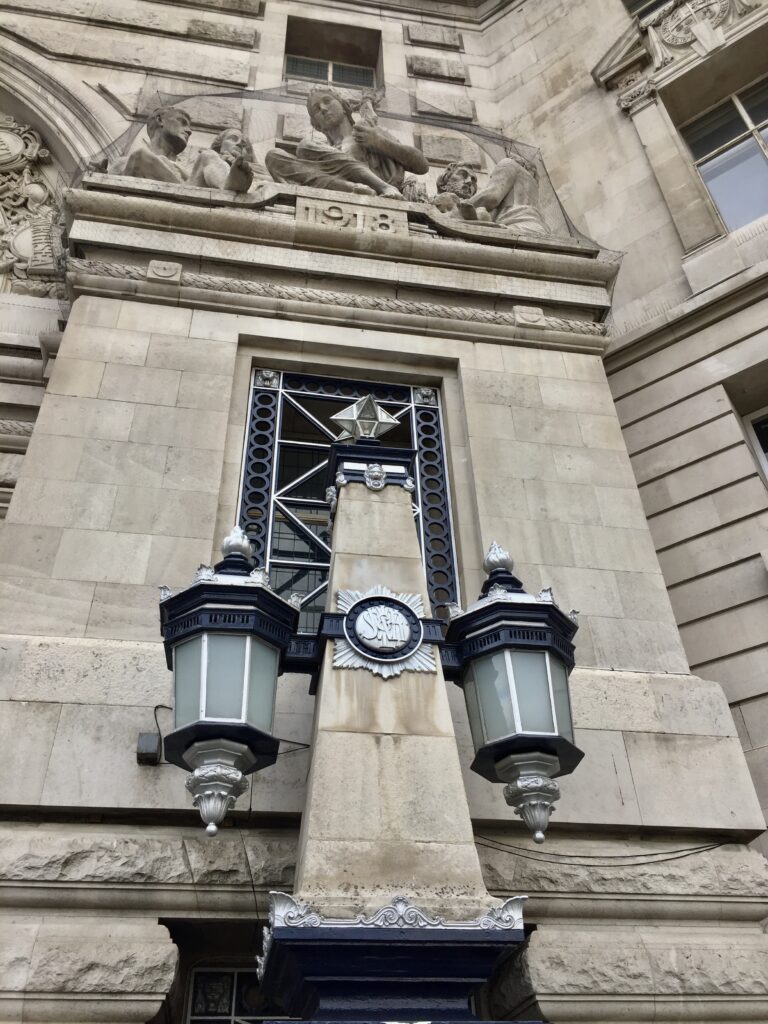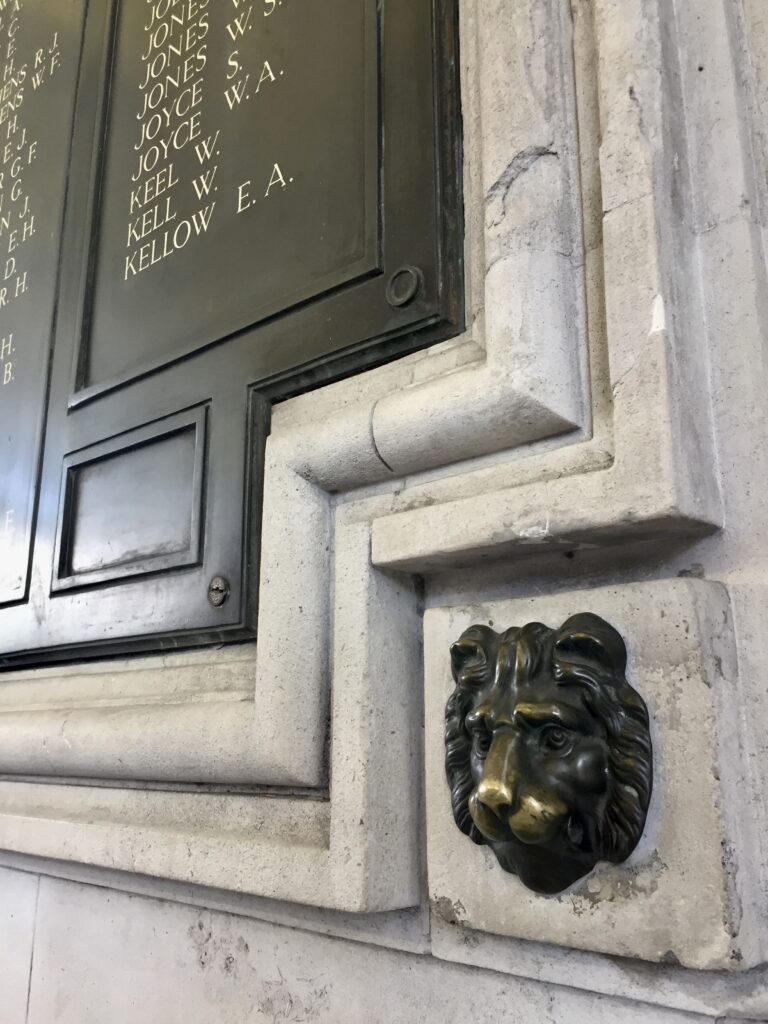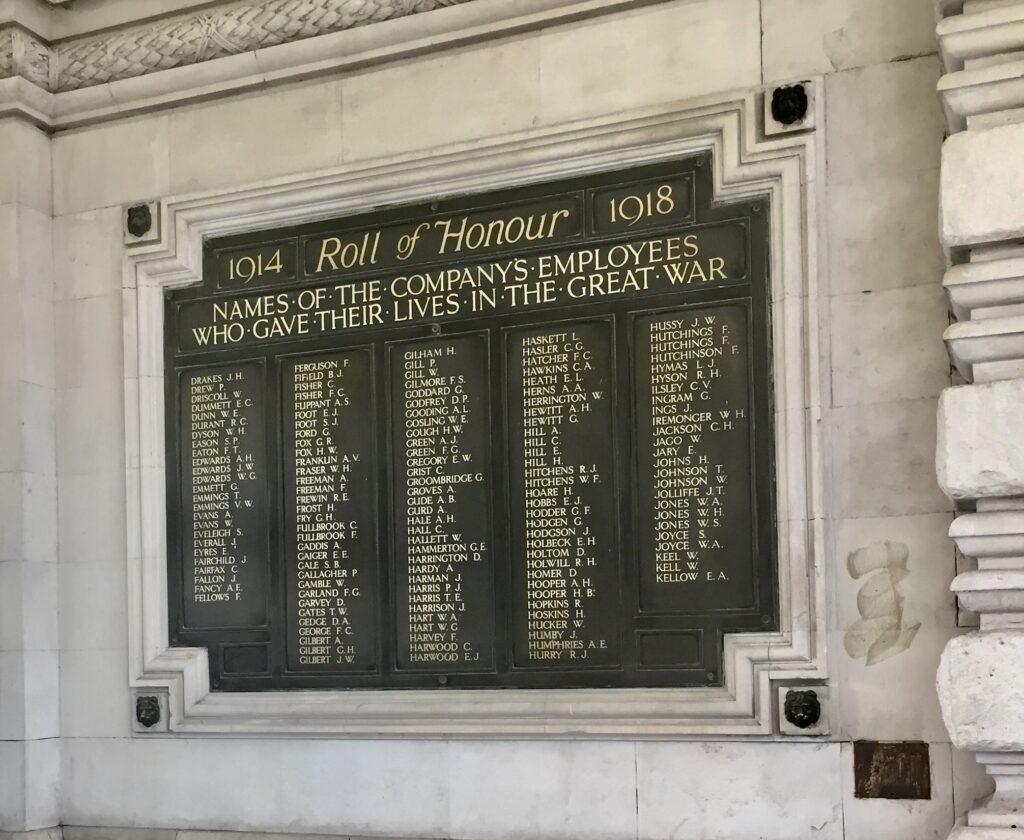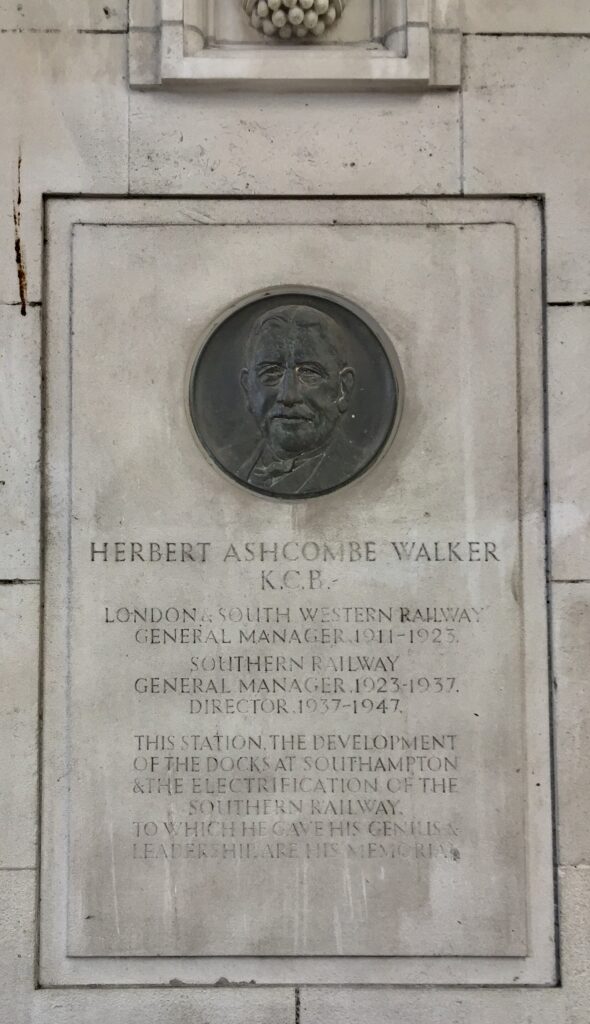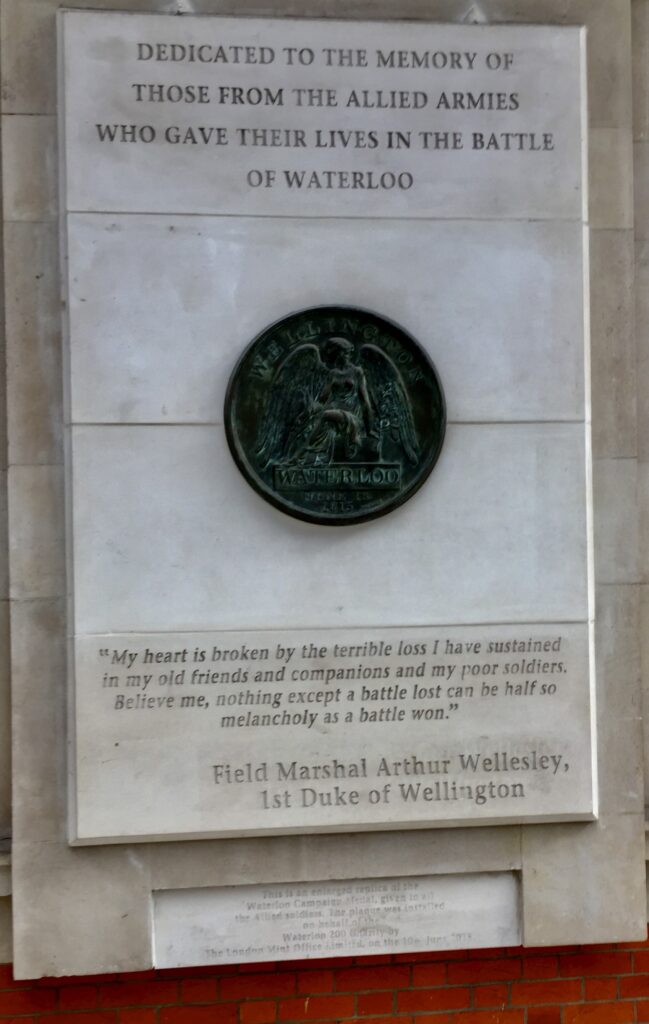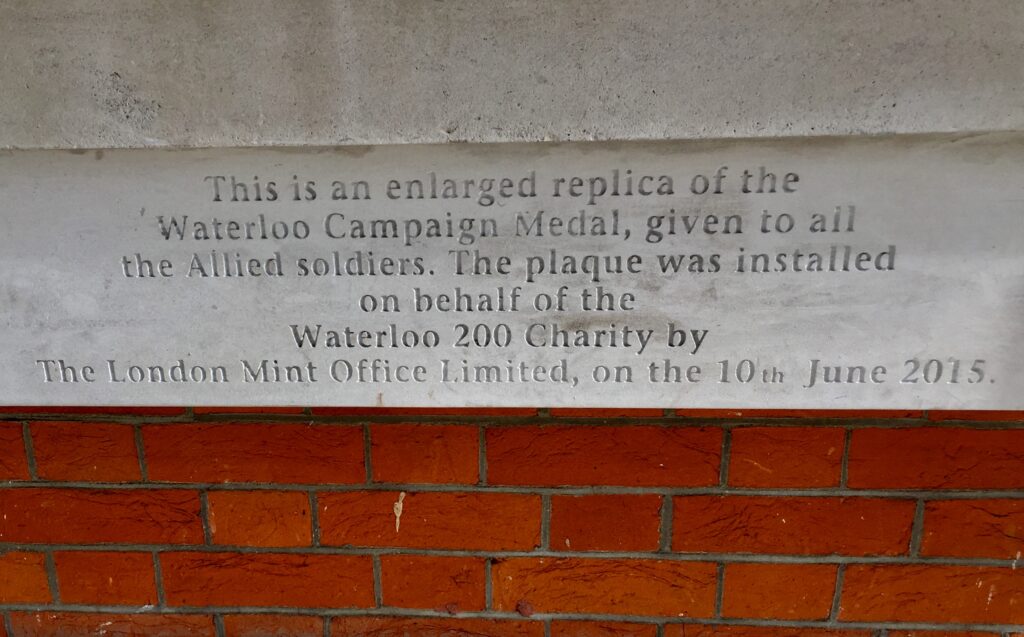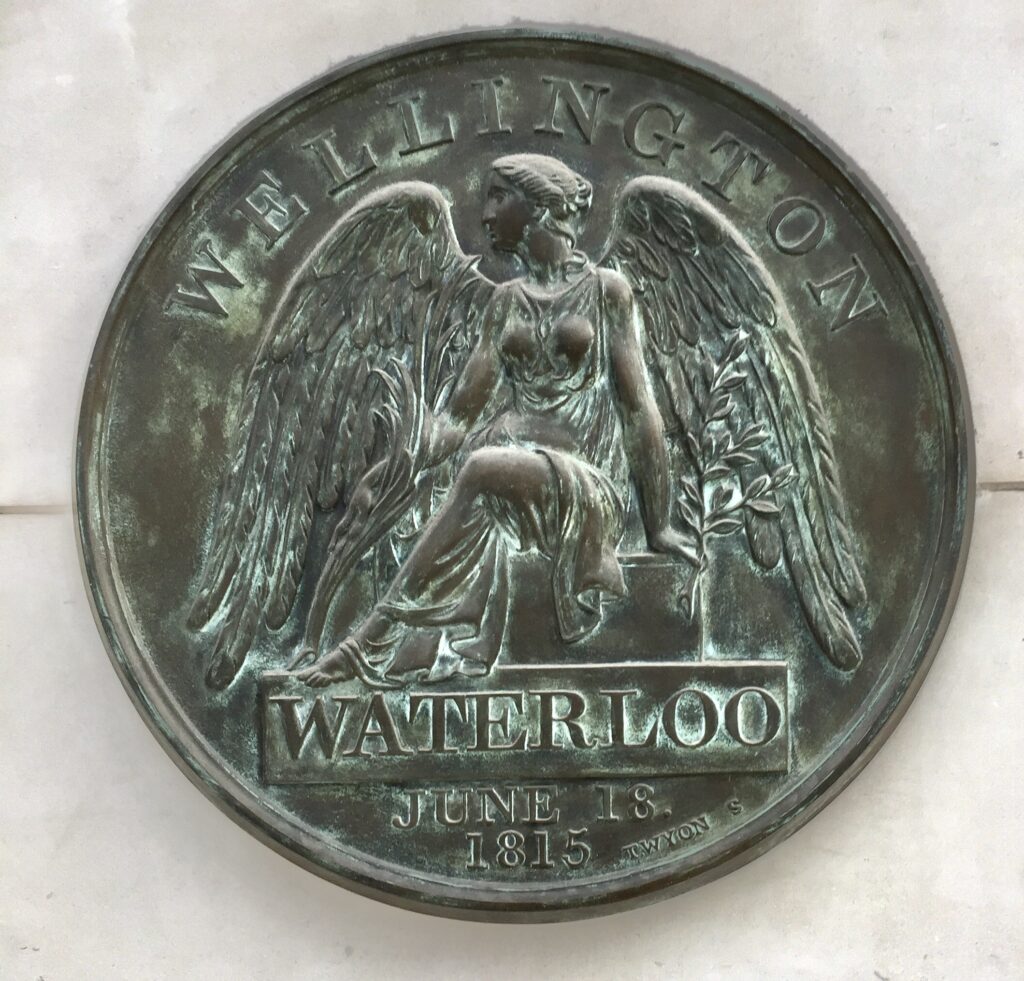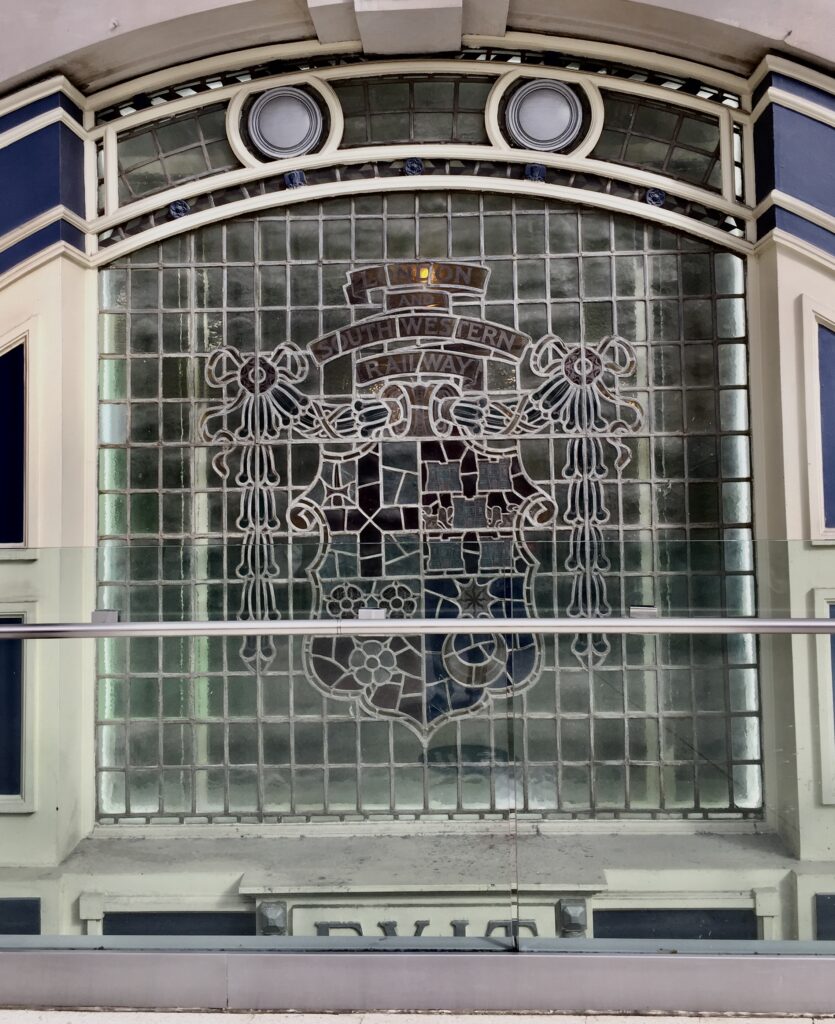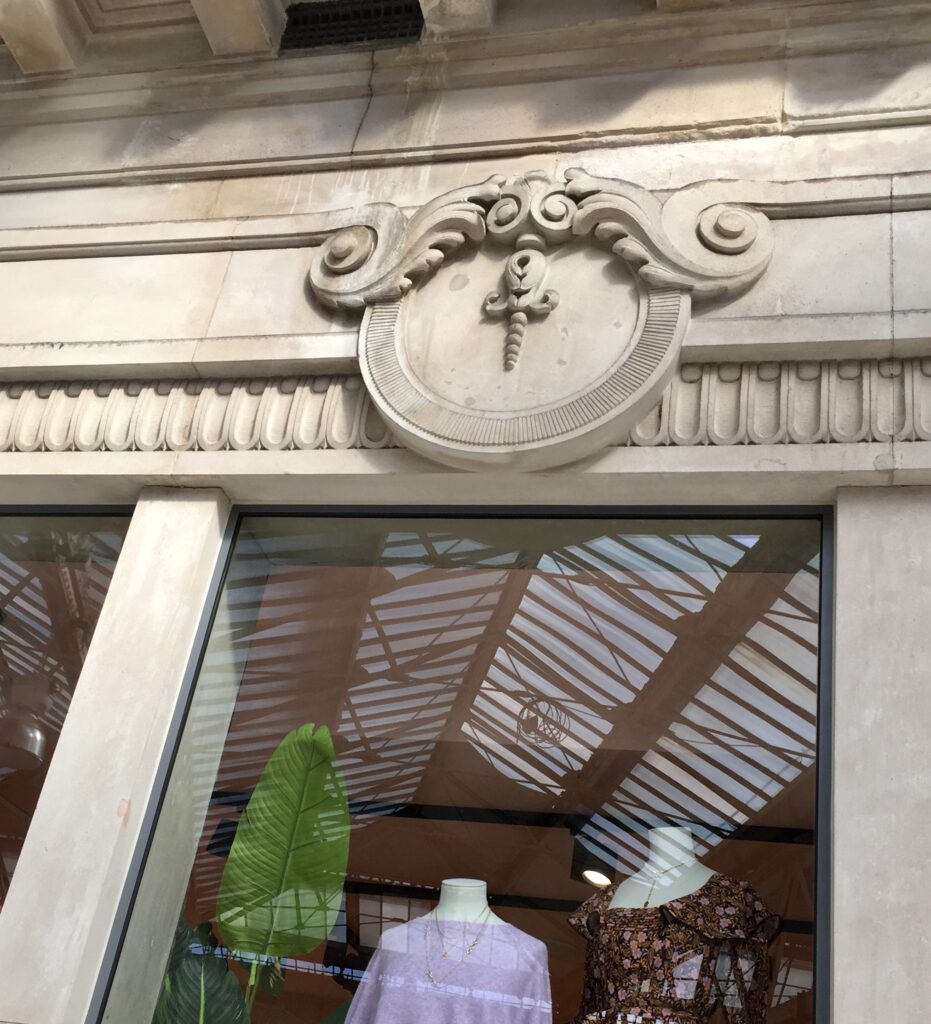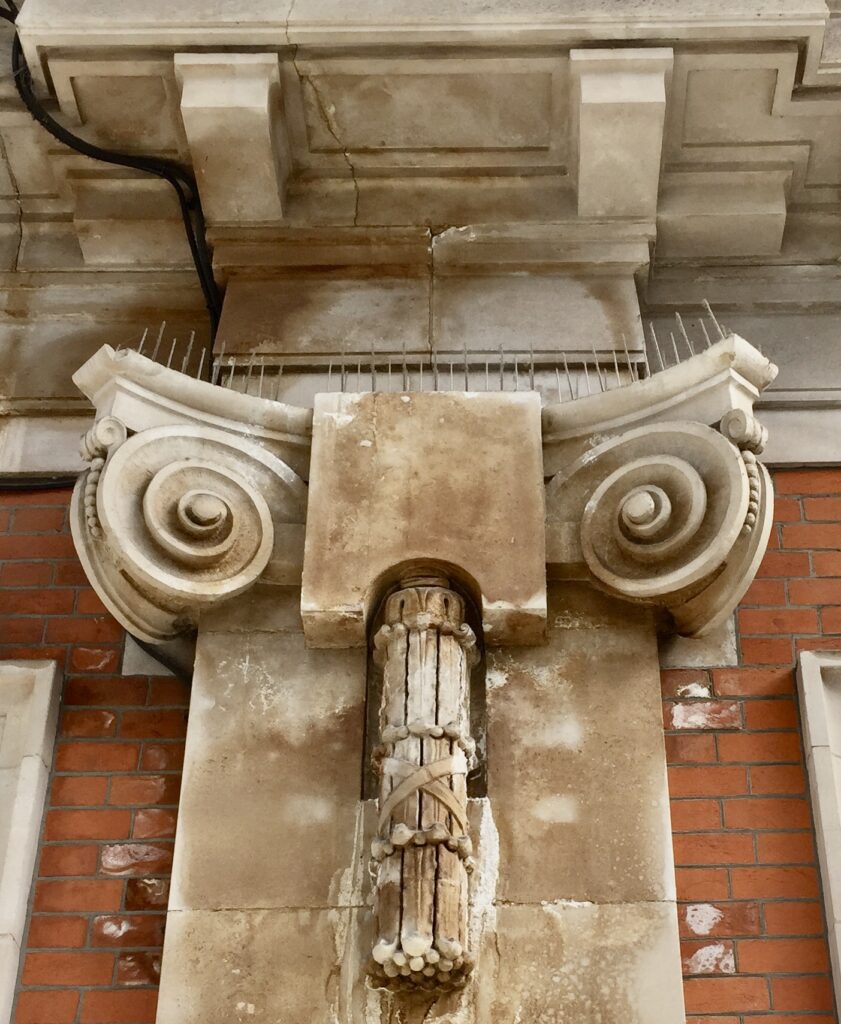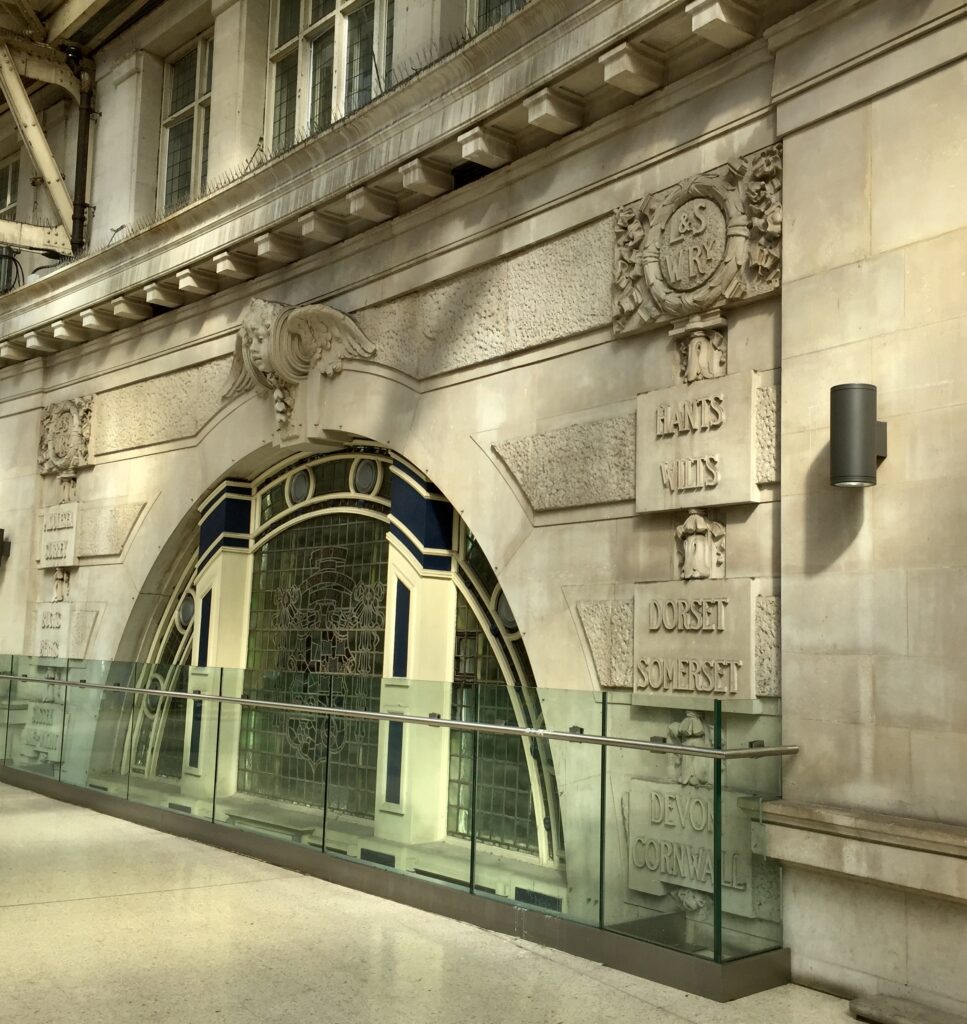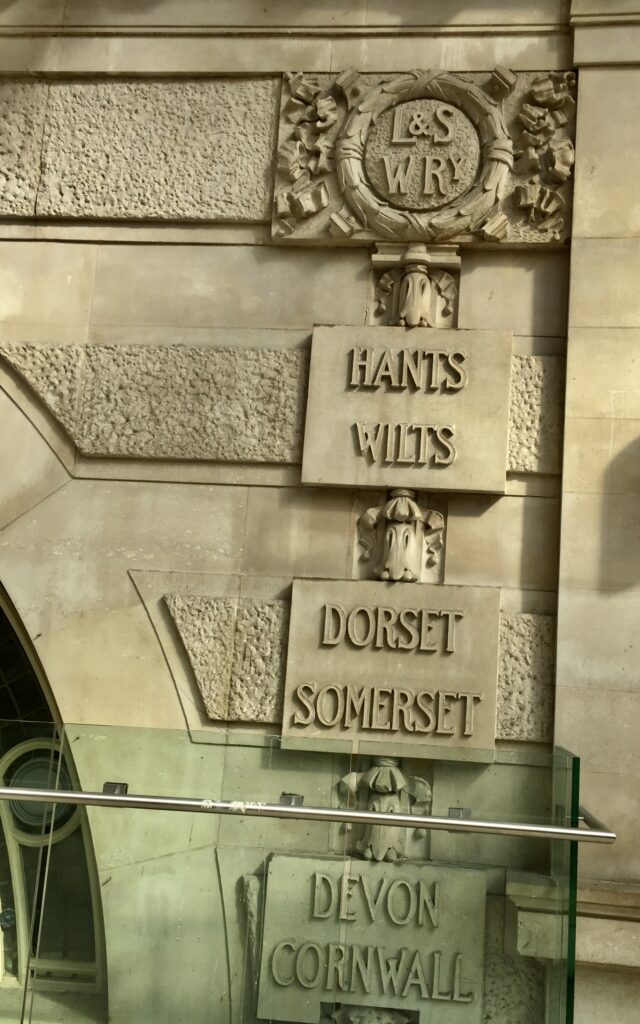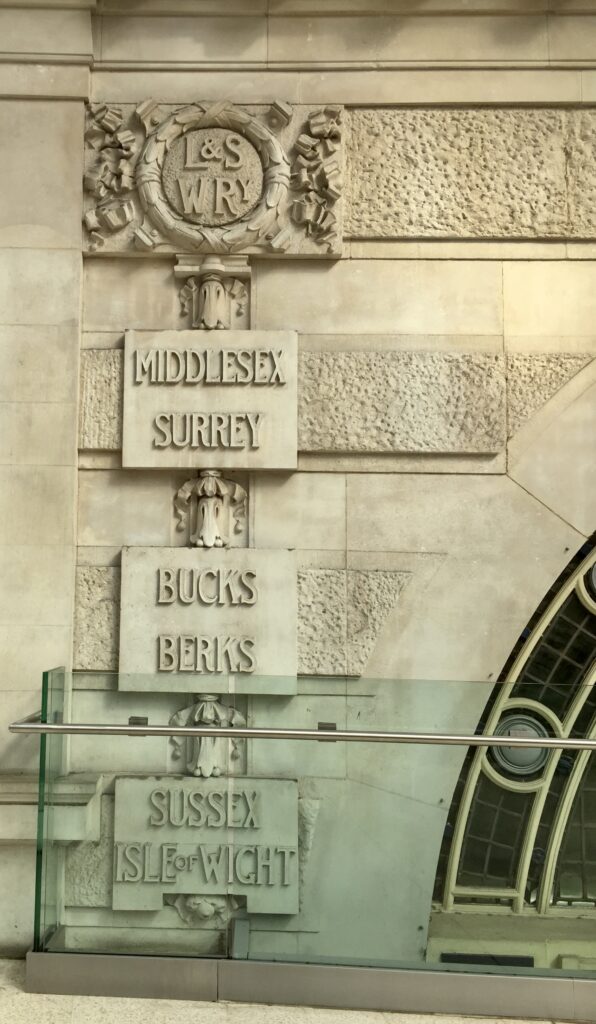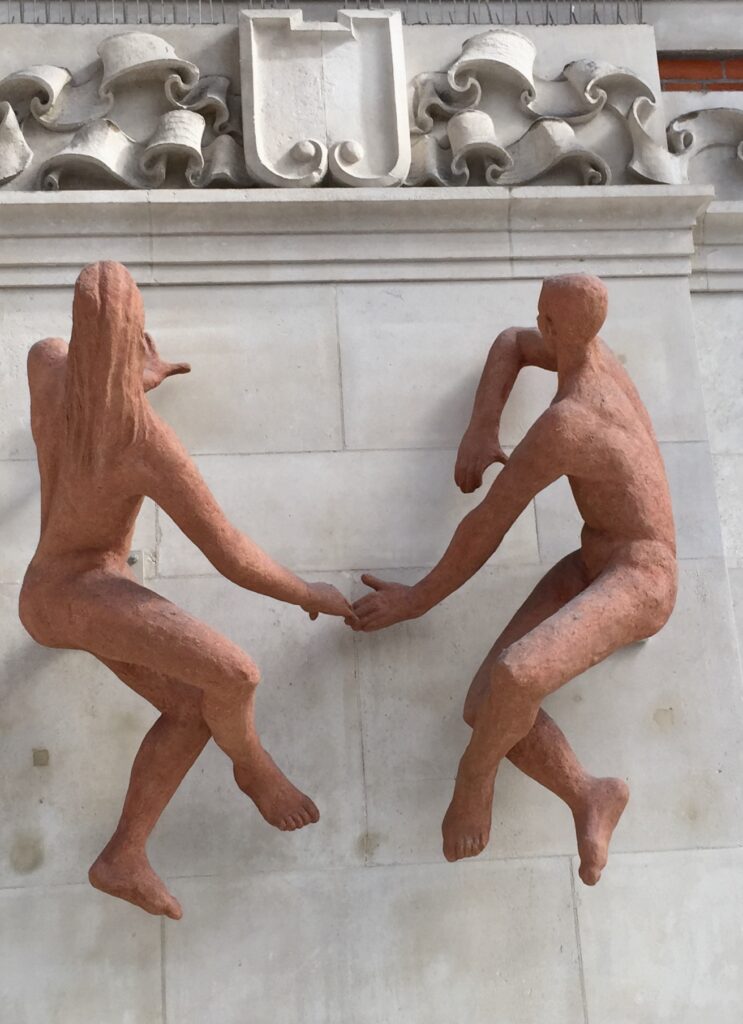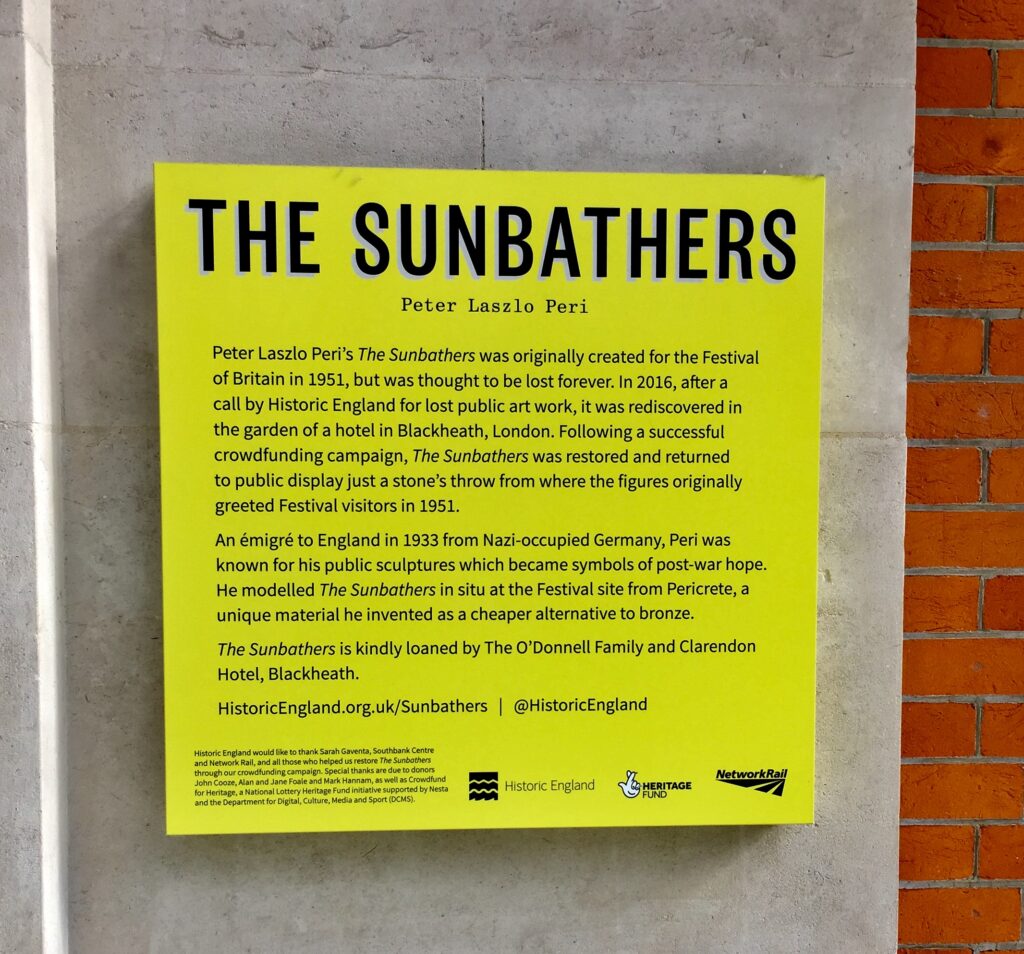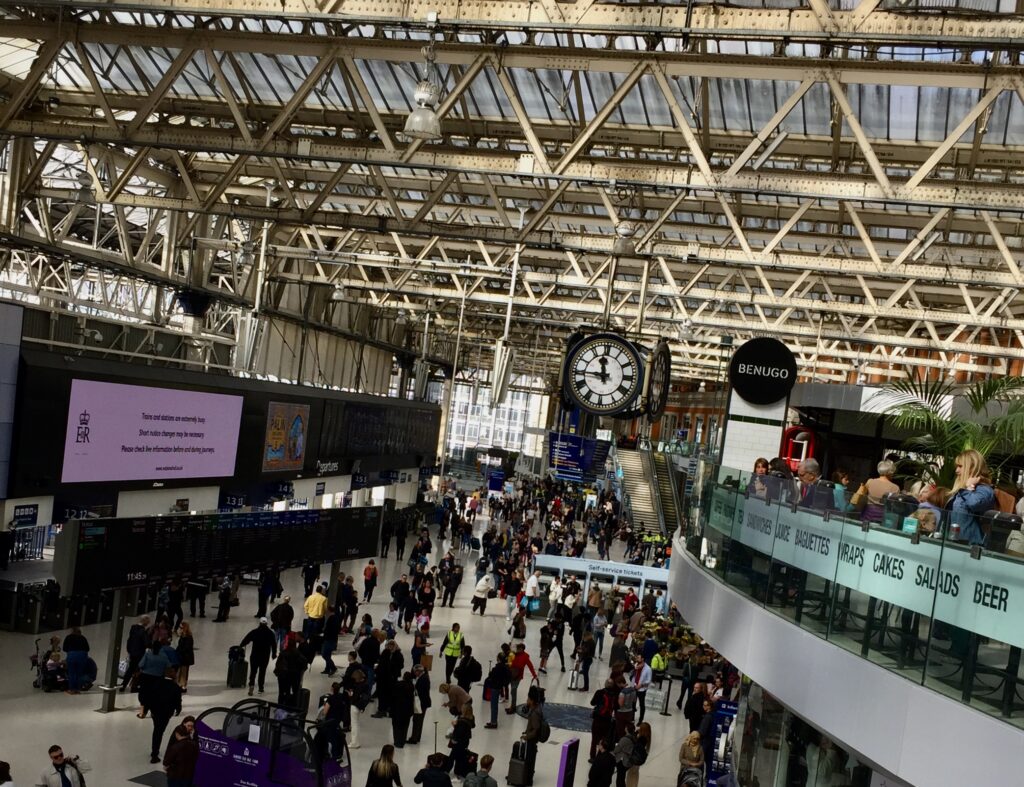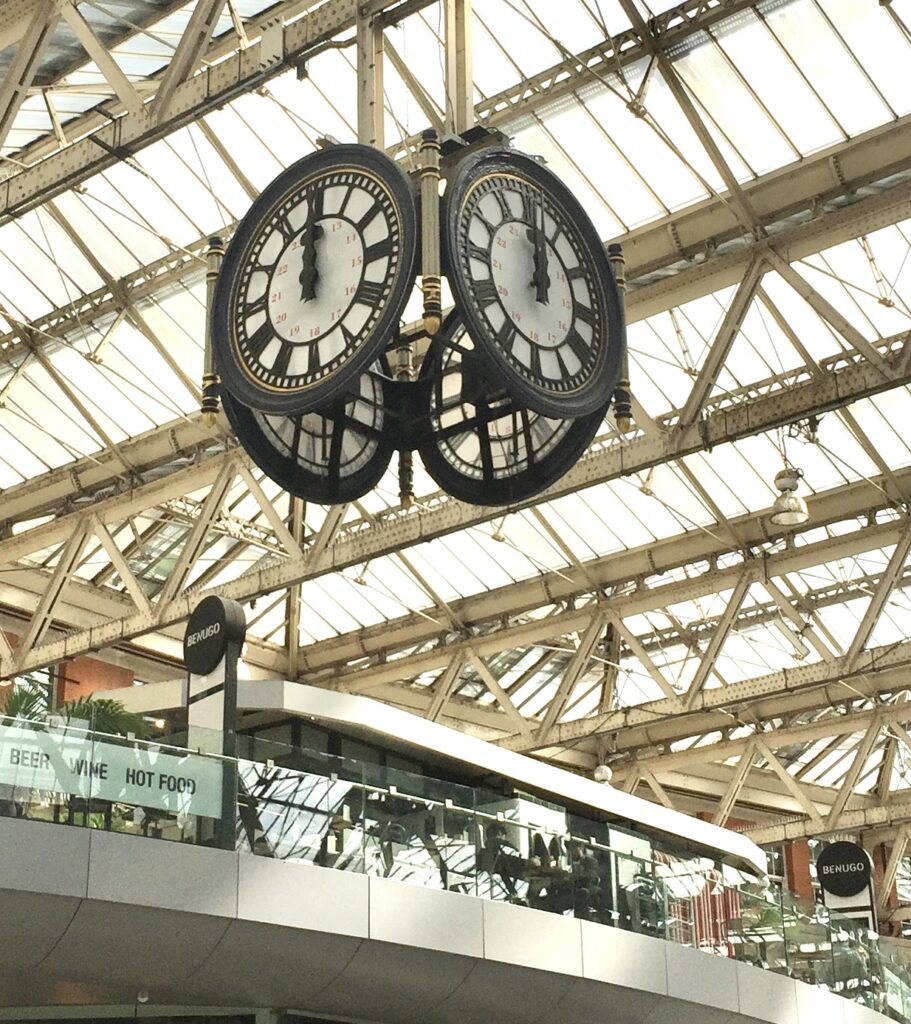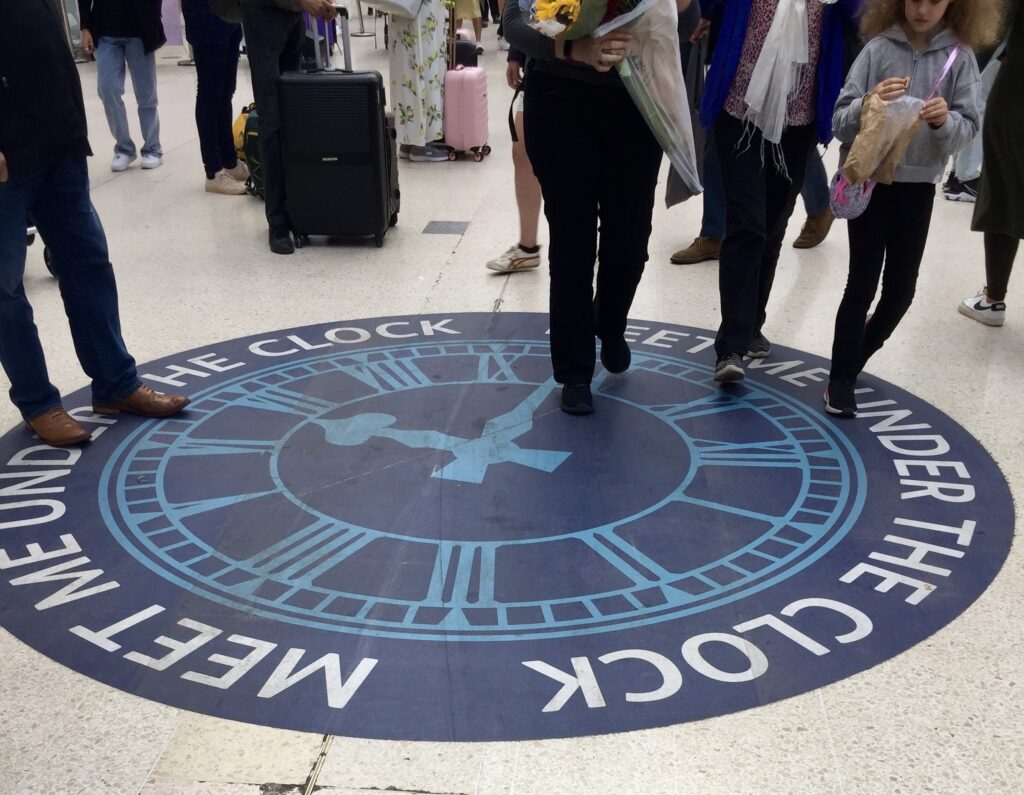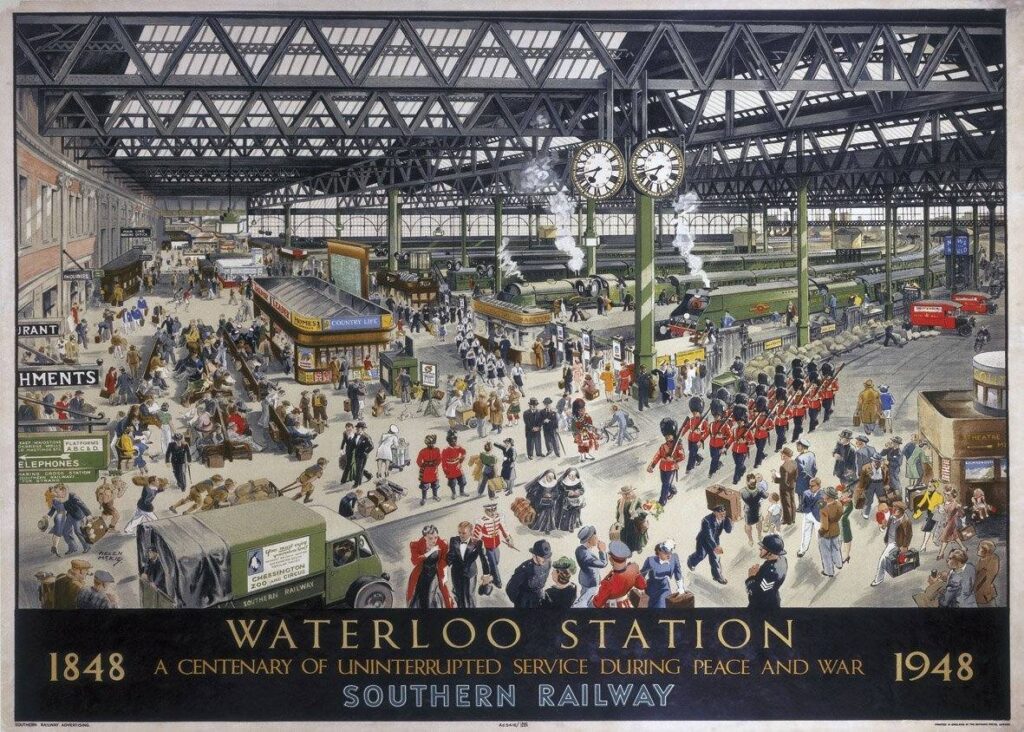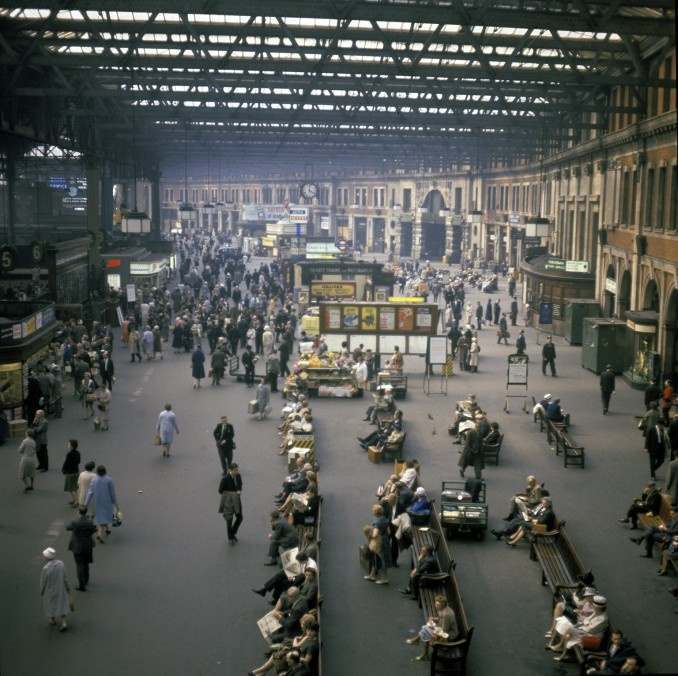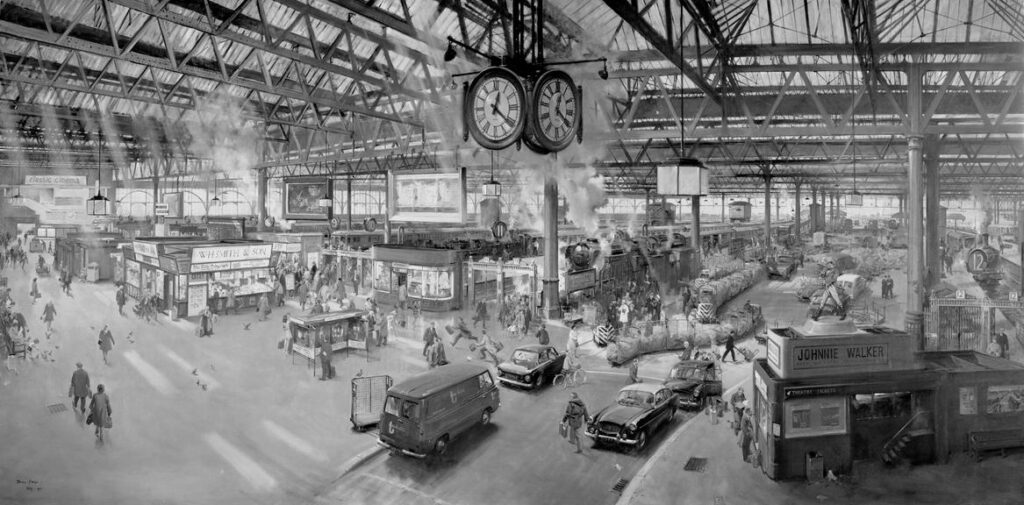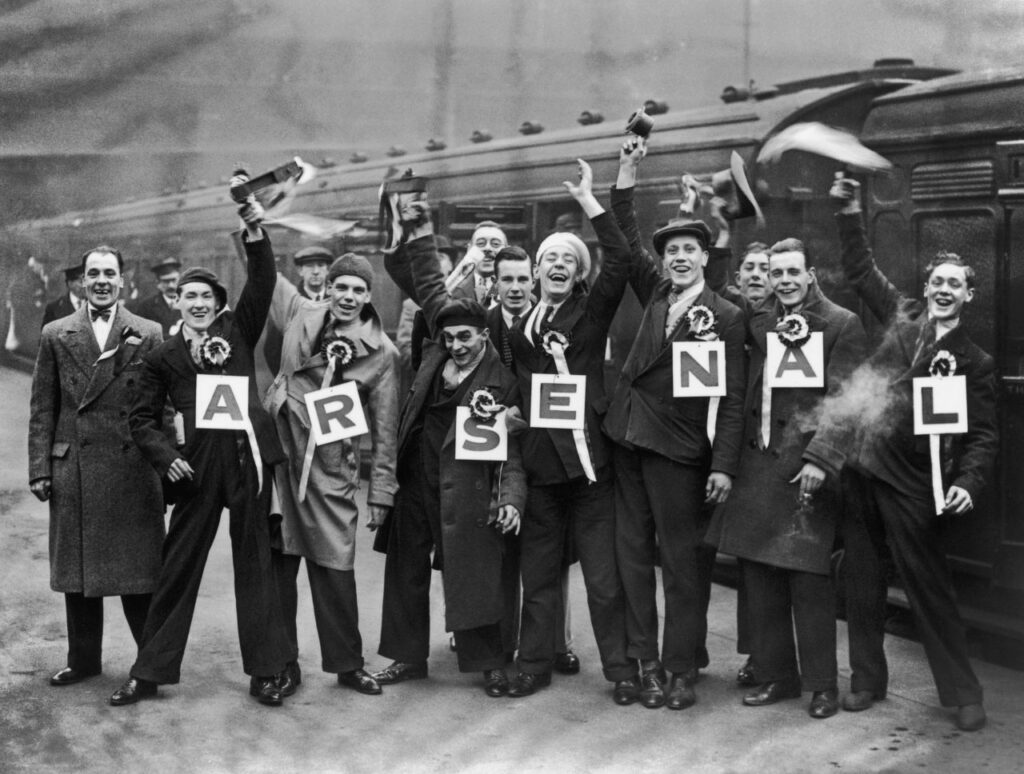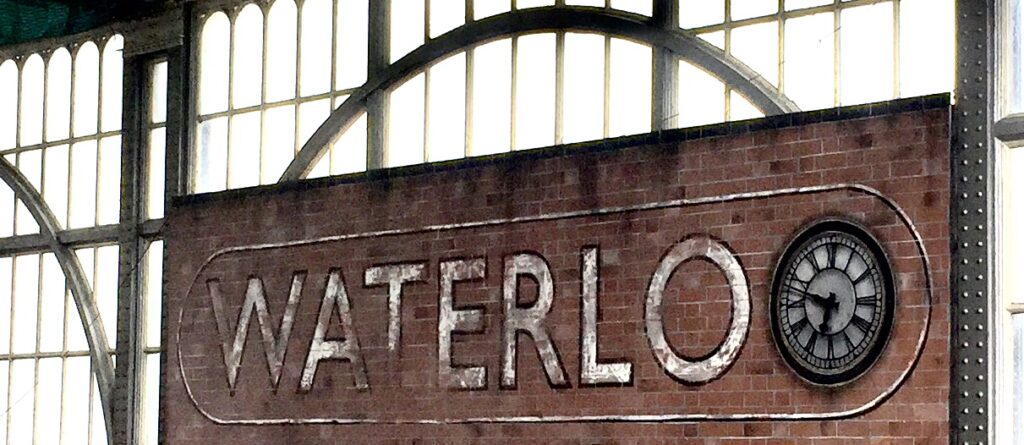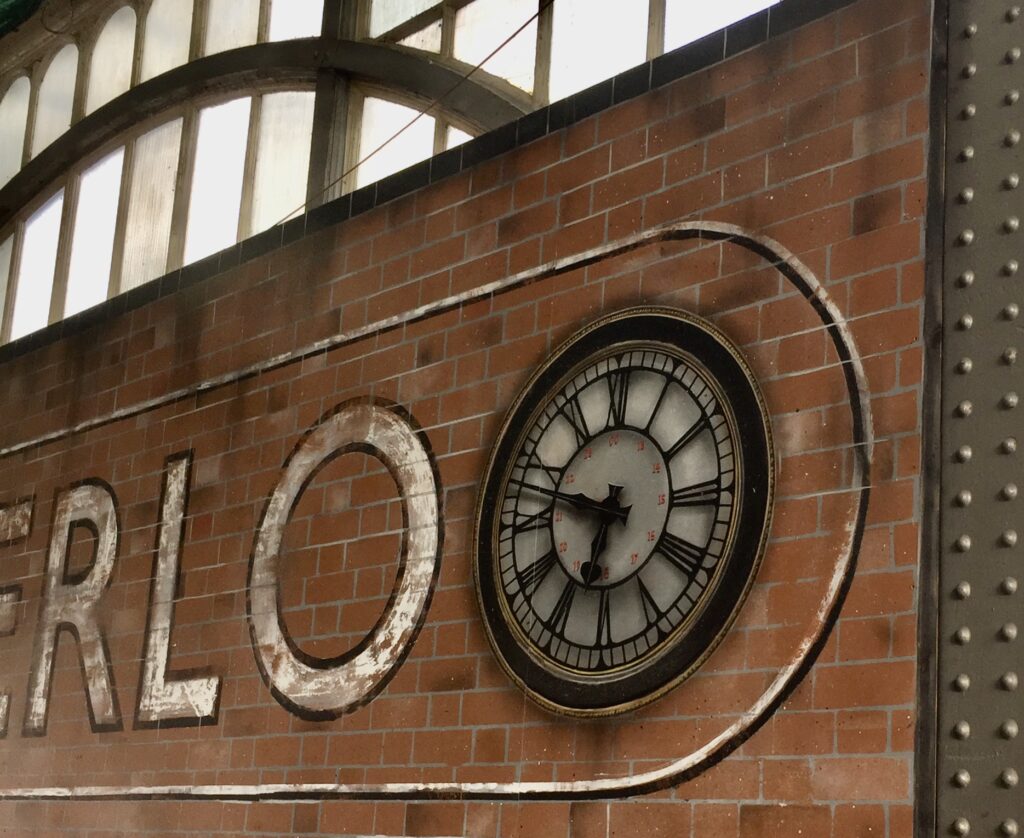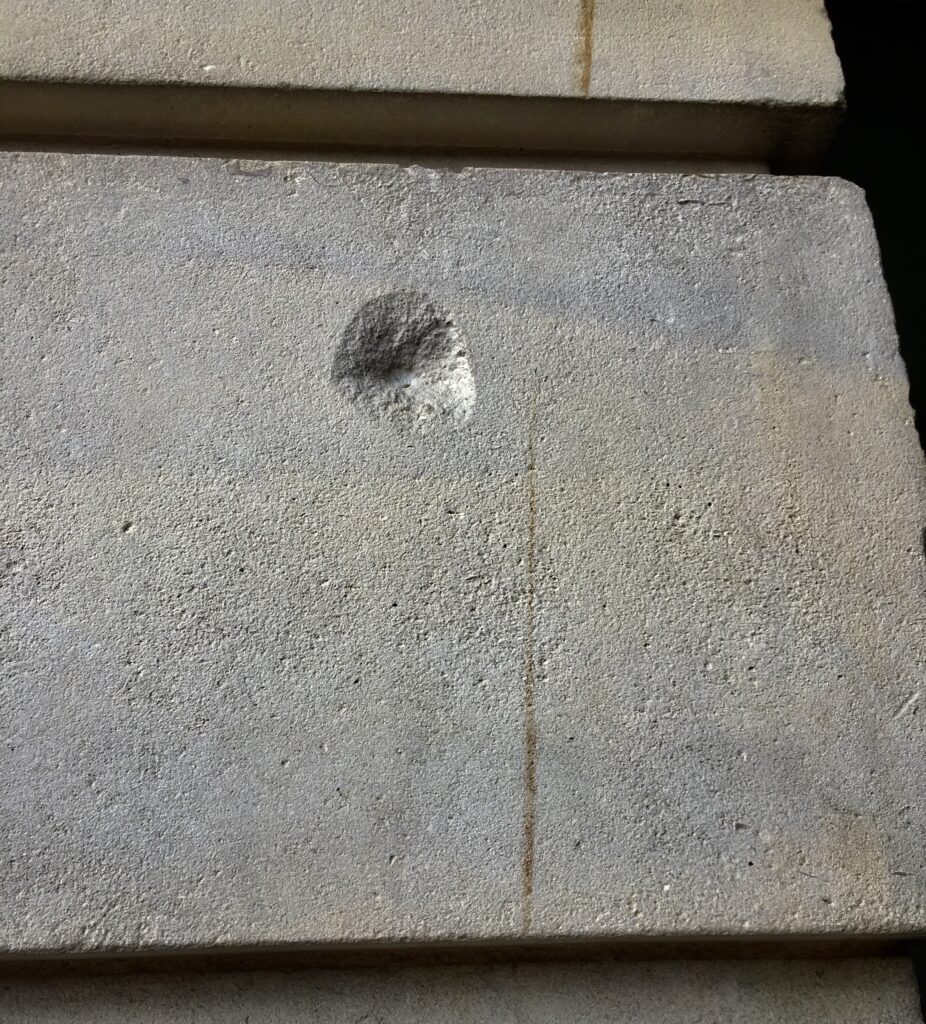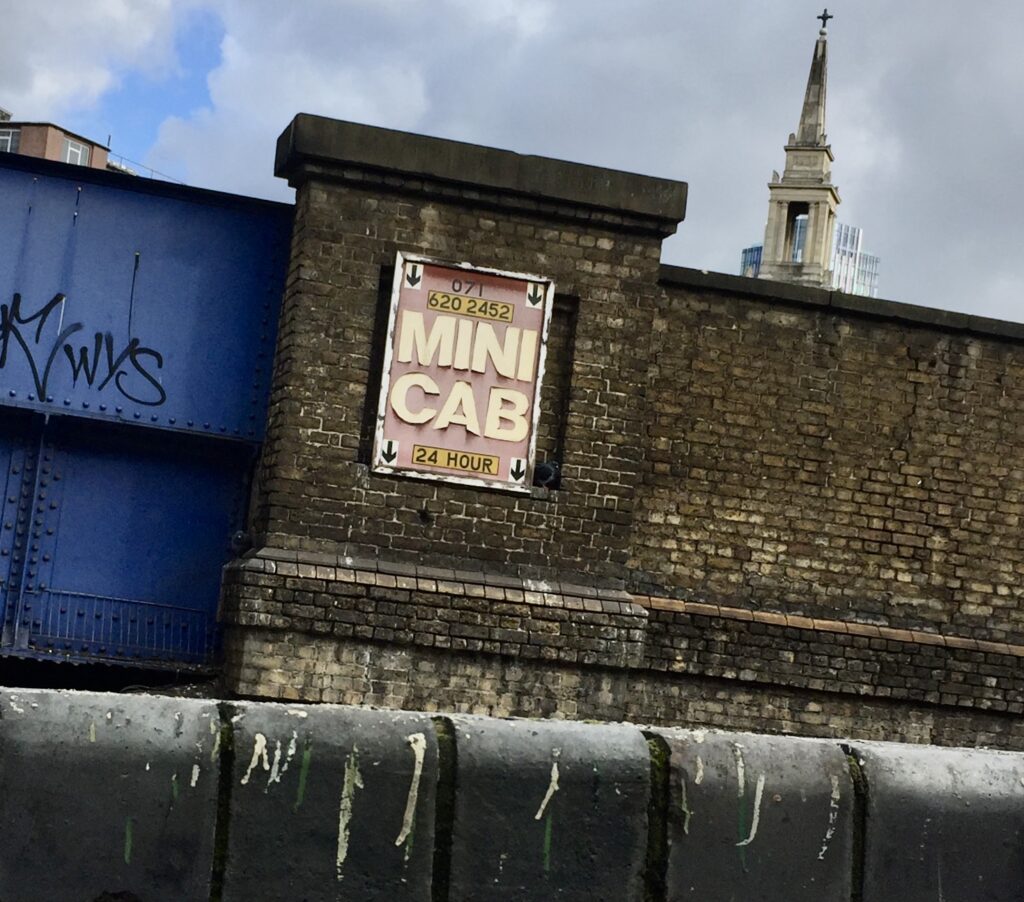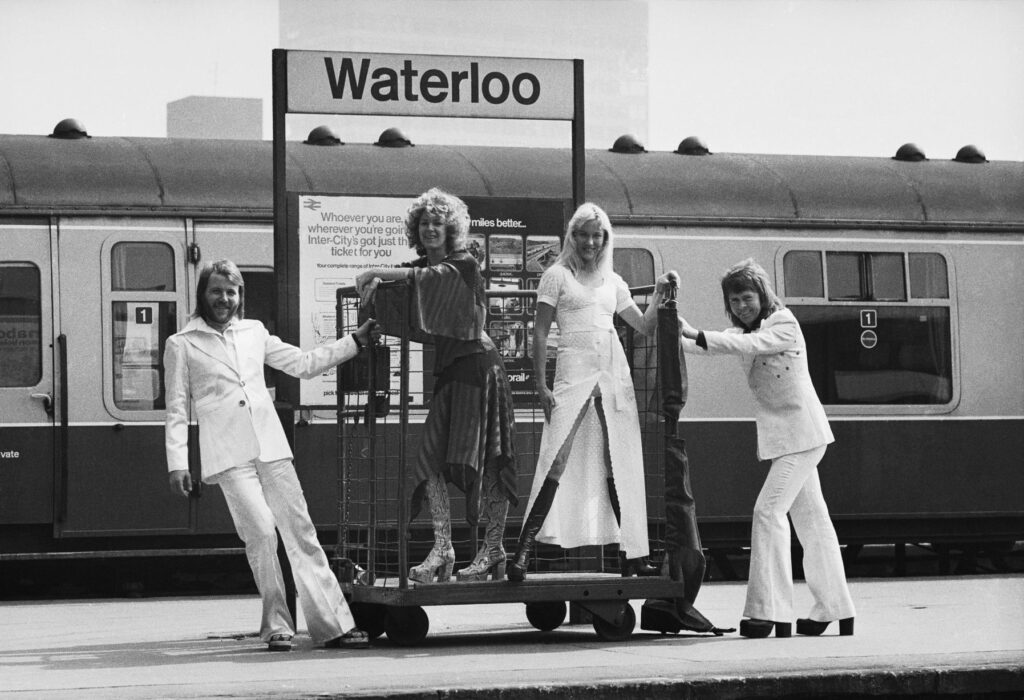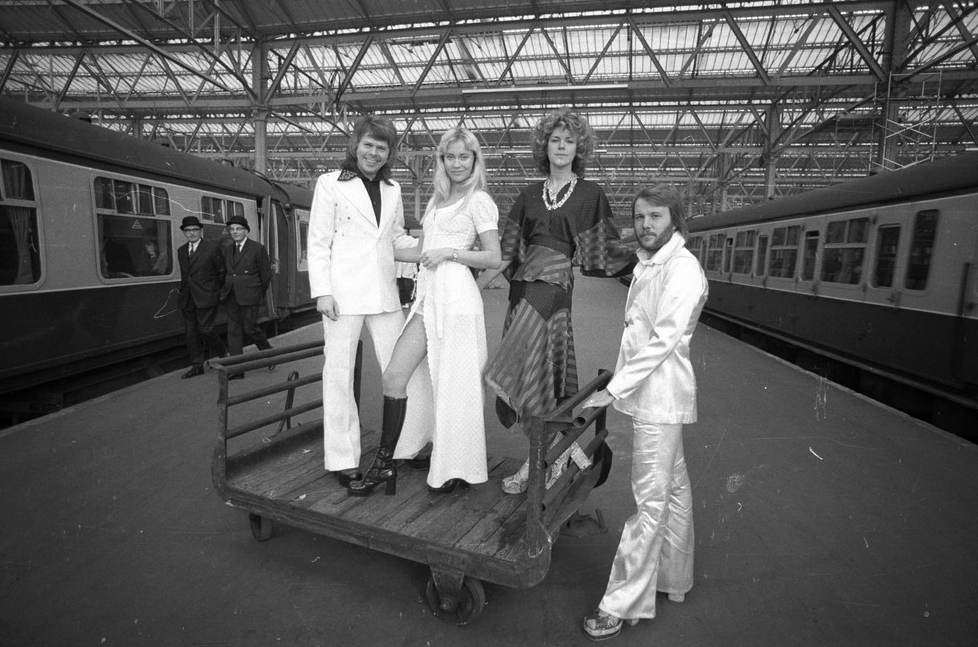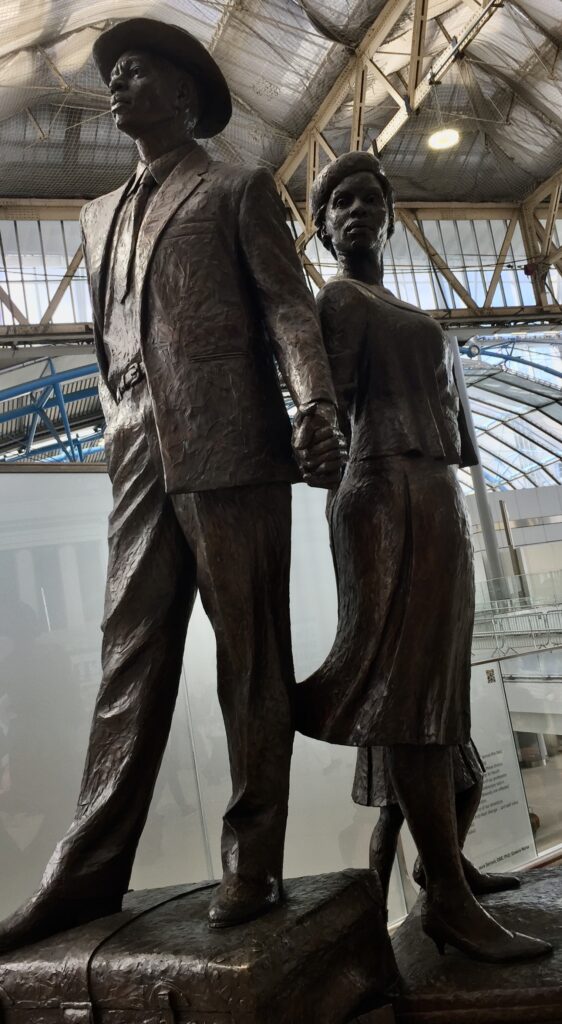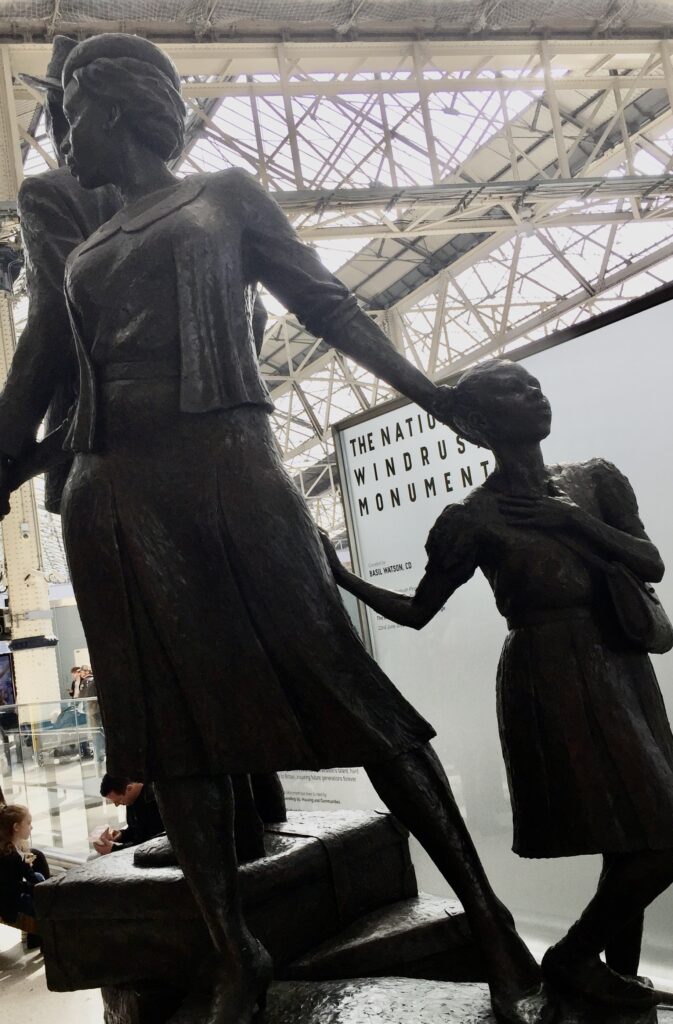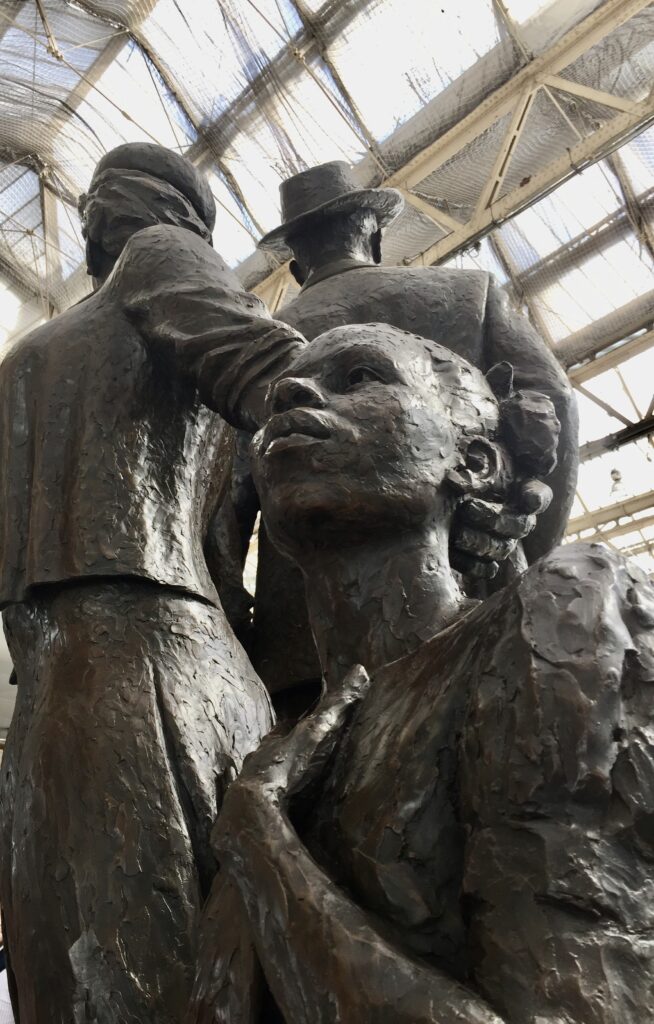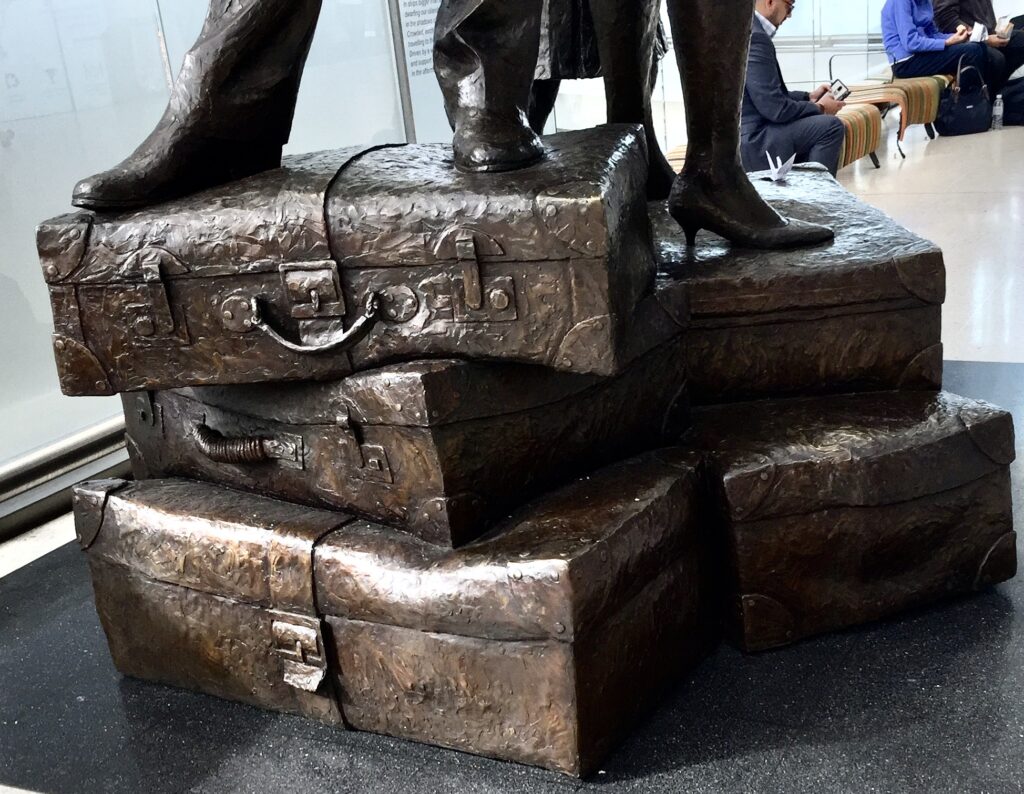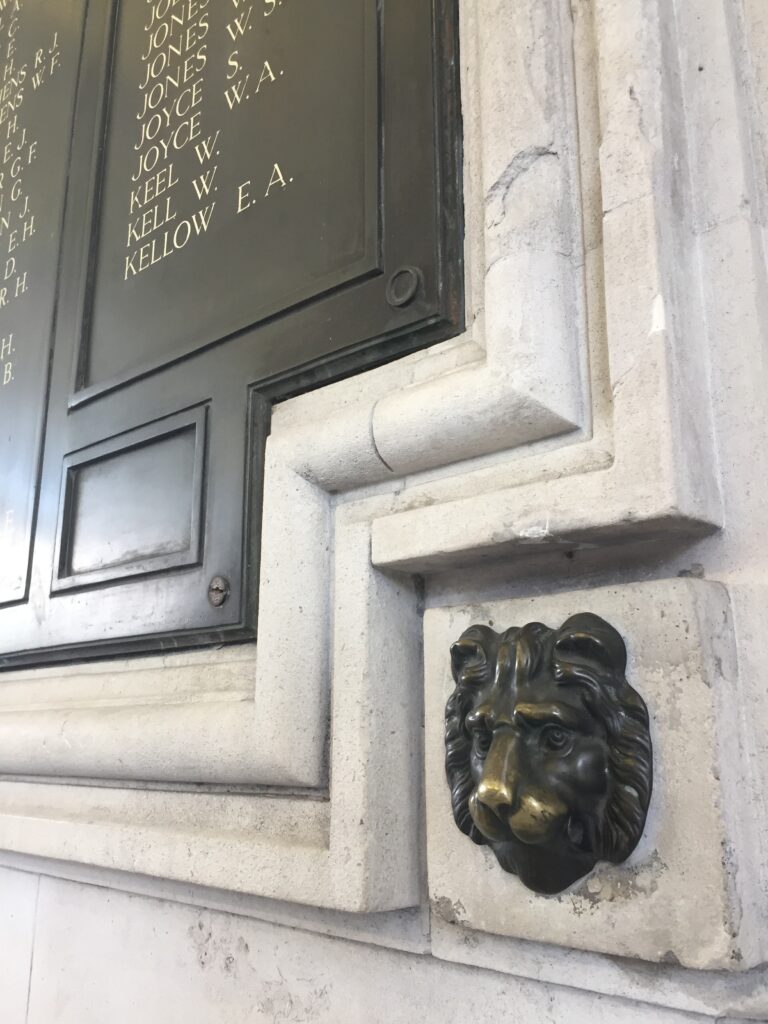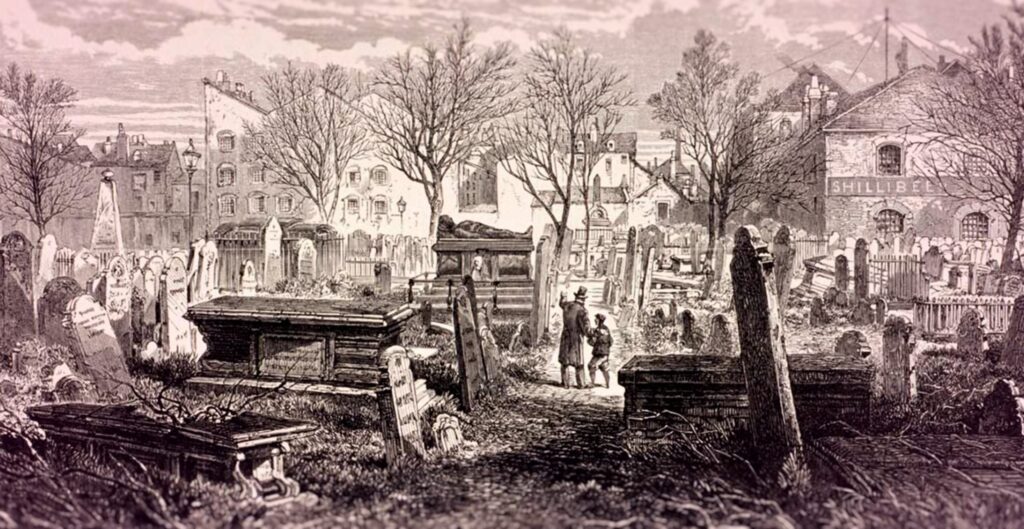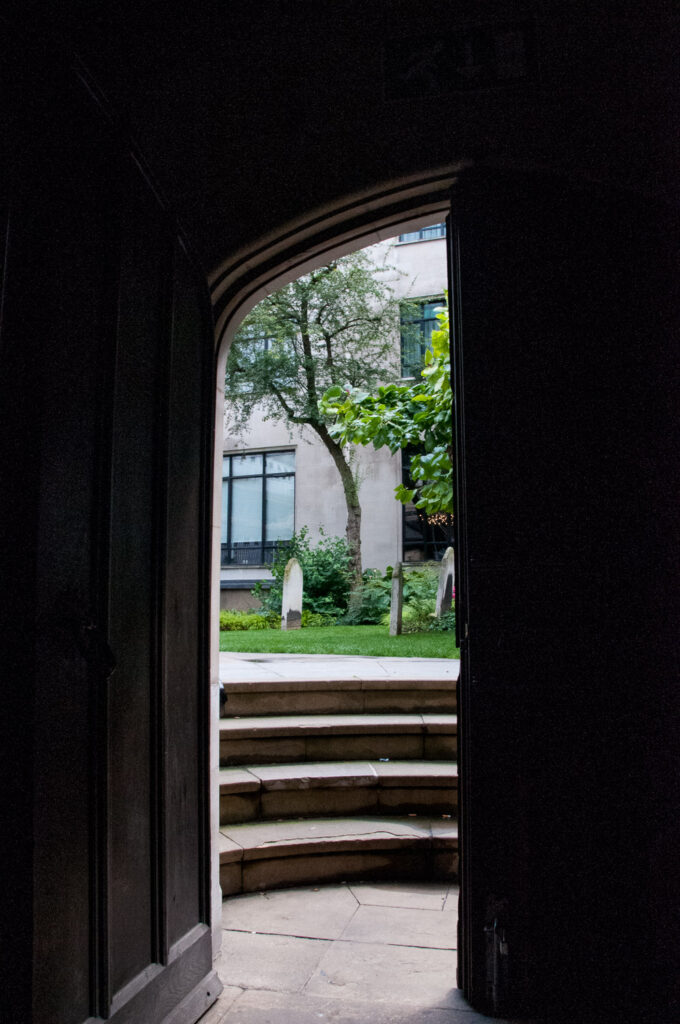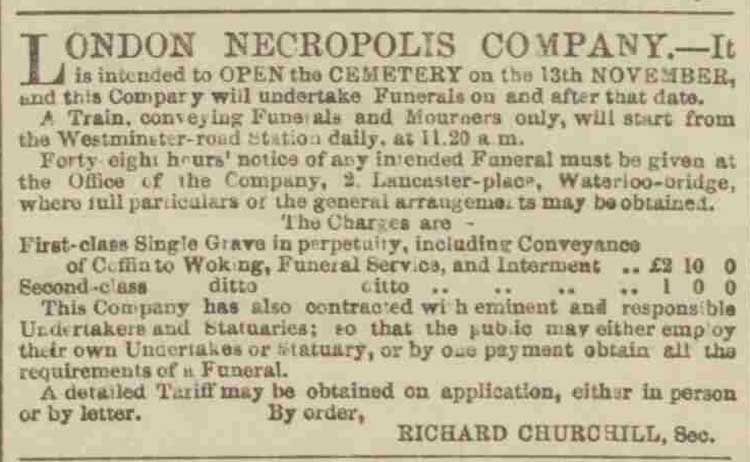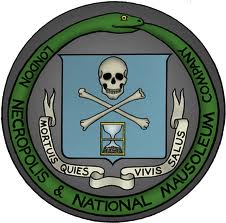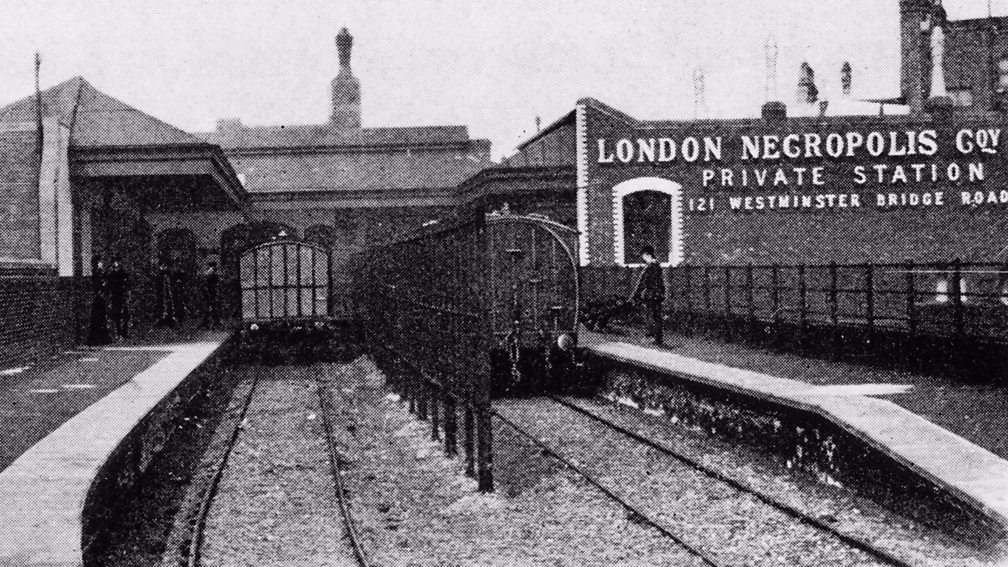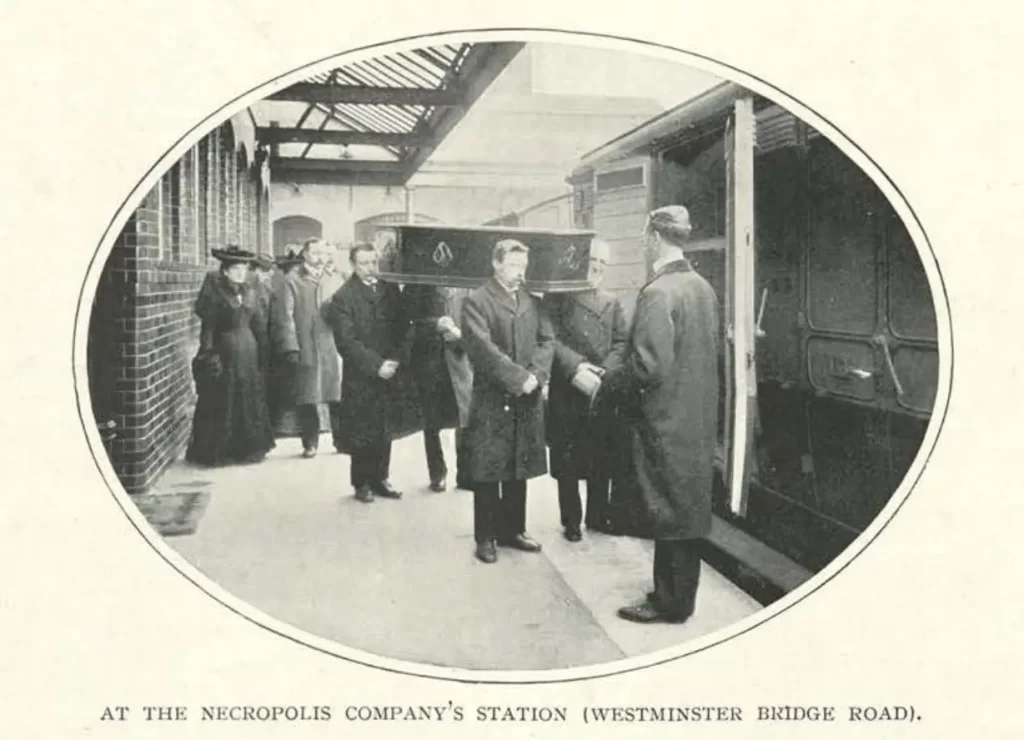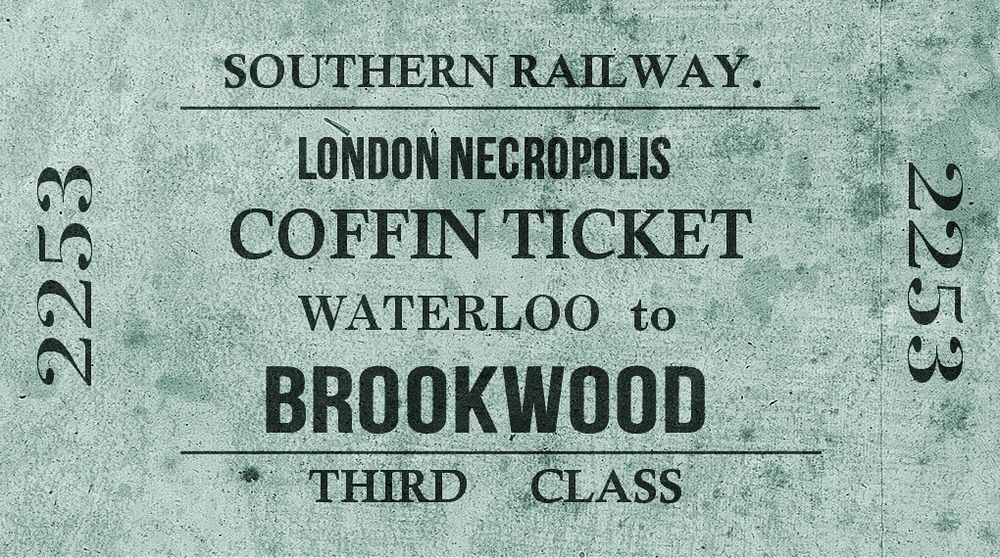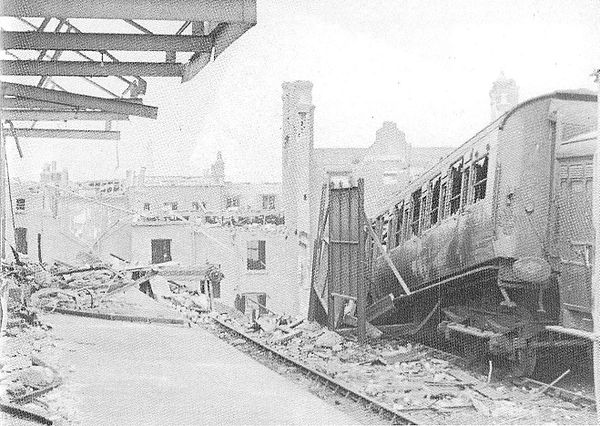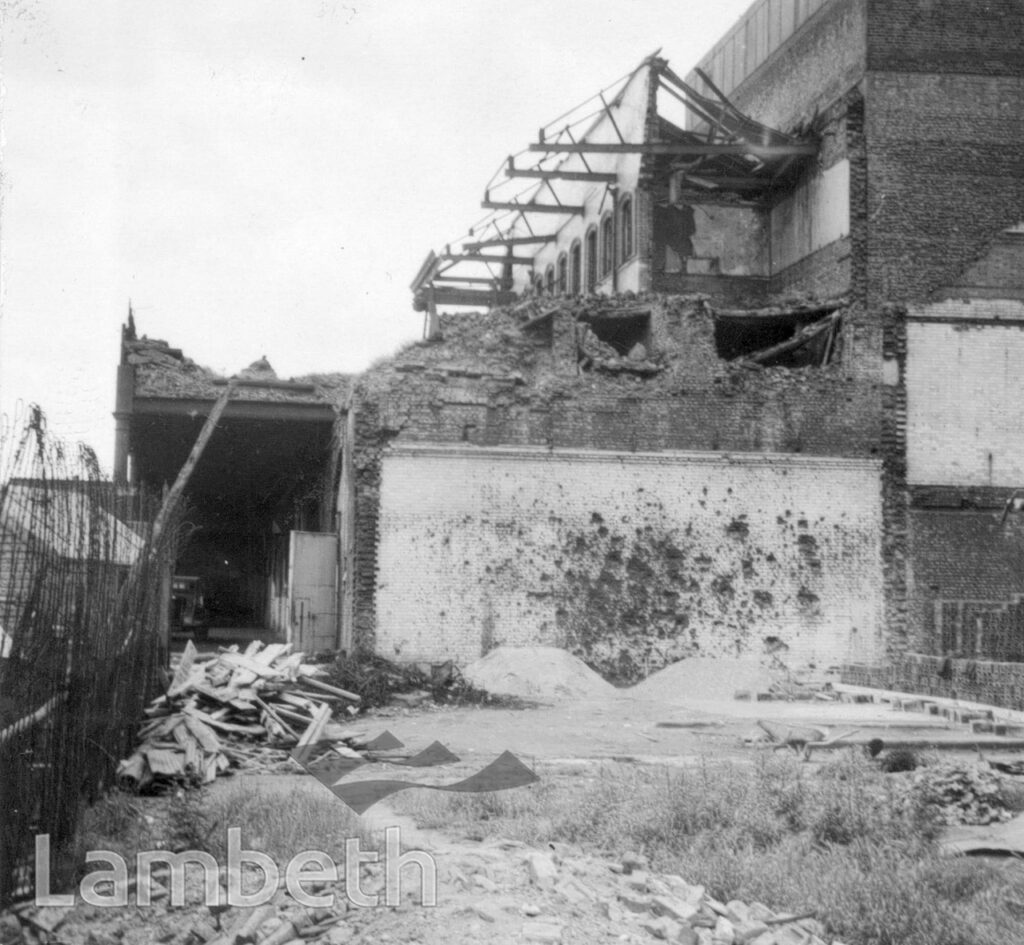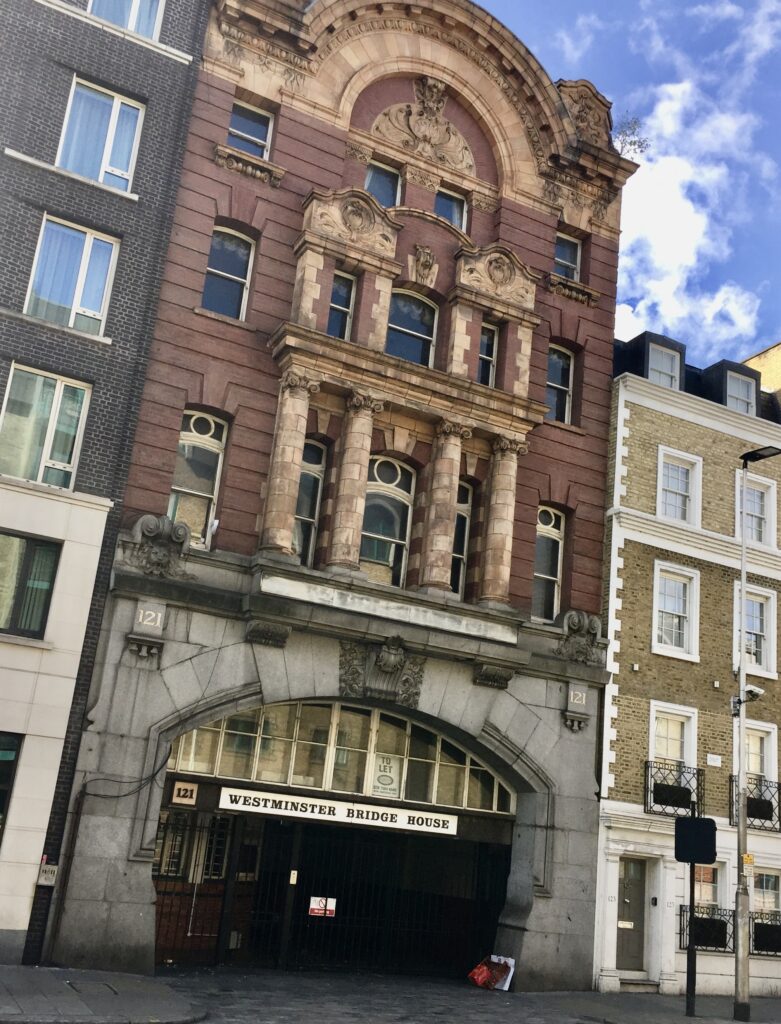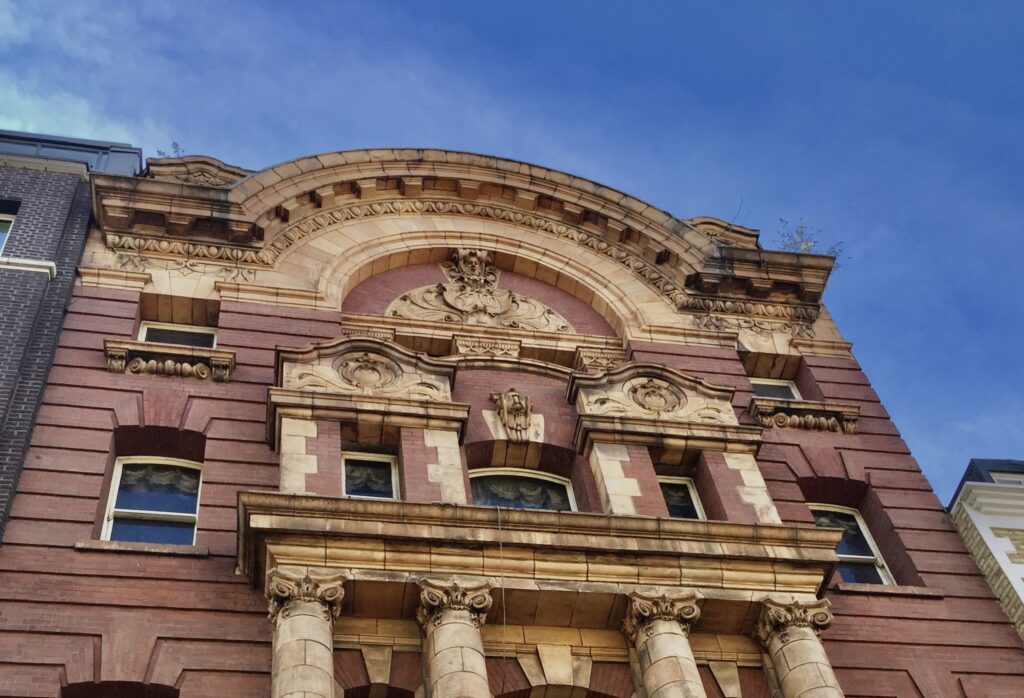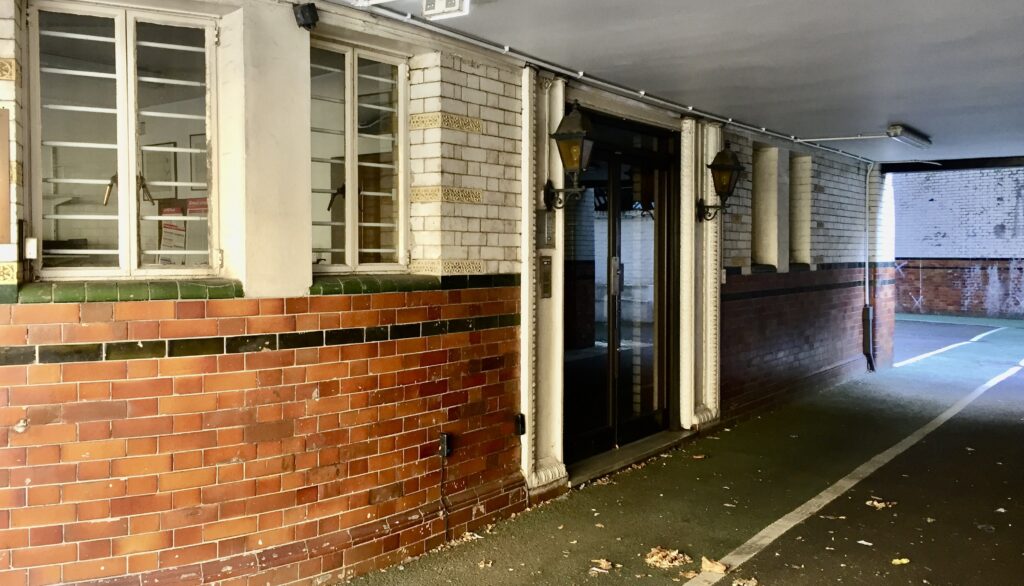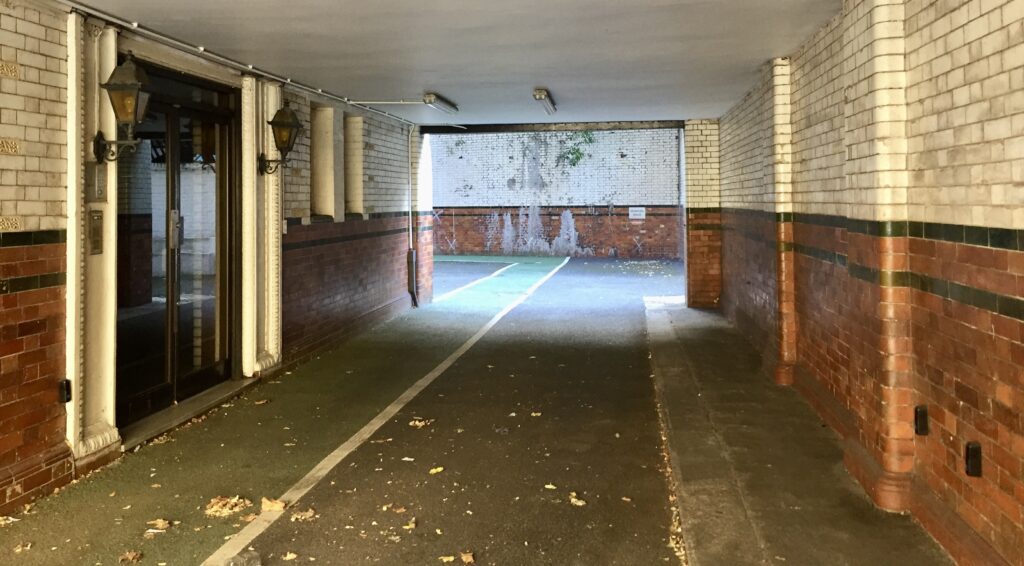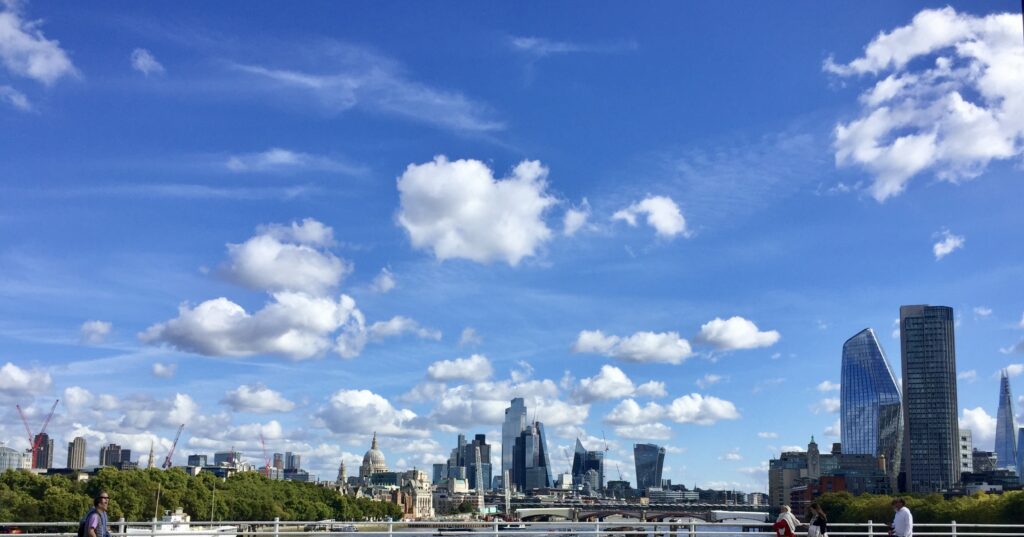I’ve been looking through my archive and some of these images made me smile when I came across them. I hope they cheer you up as well in these difficult times.
This notice is from the Inns of Court – home to distinguished members of the legal profession – and is placed at the entrance to the Inner Temple Garden …
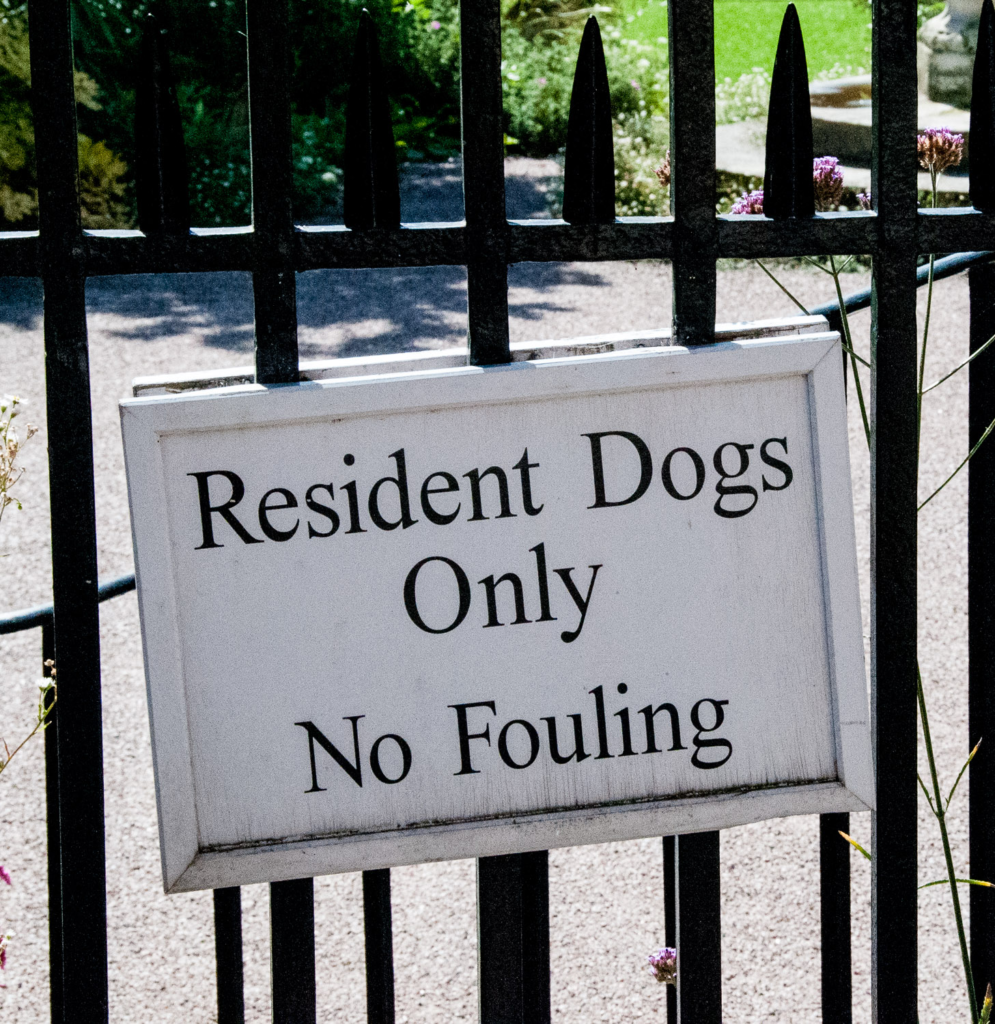
What, I wondered, would a resident dog do for a living?
Maybe a judge …

Or perhaps a barrister …

I’m sure neither of them would be guilty of ‘fouling’.
Disconcerting message in Islington …

Yes, we’re prepared, we’ve got some wine in (although that’s probably not necessary).
Sign at a take-away food shop in Eastcheap …
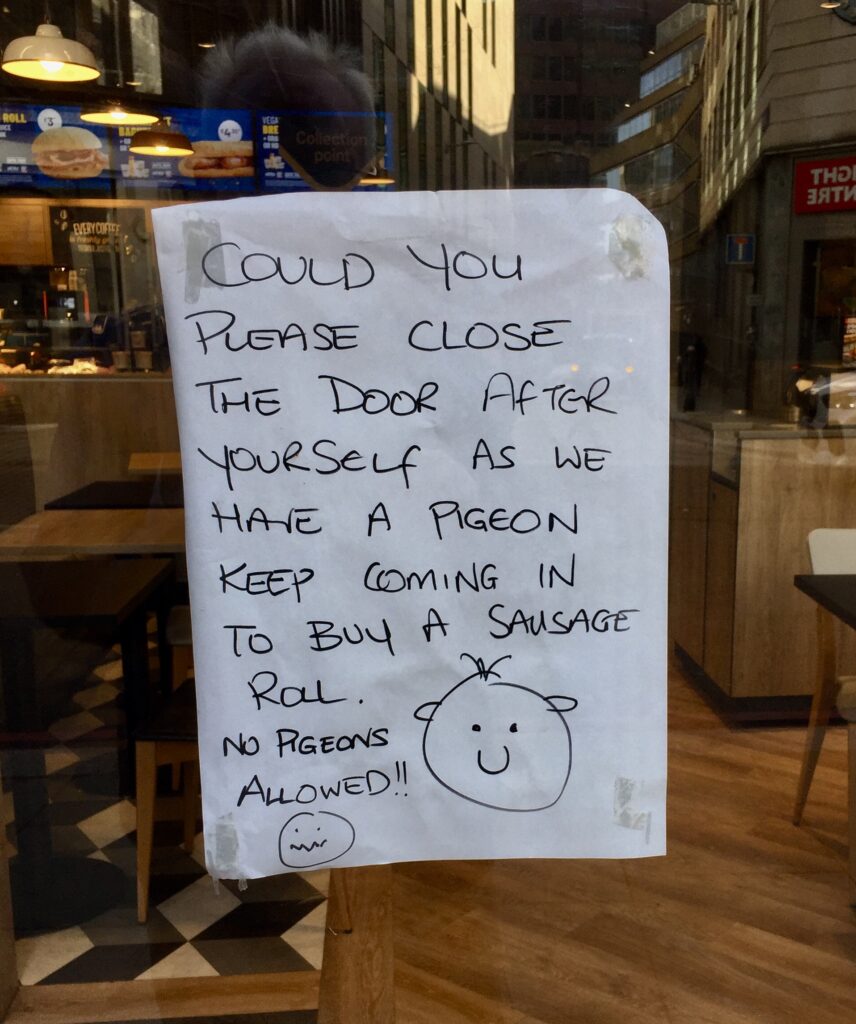
Seems unfair that pigeons are banned even when they want to pay!
If you want to learn more about our feathered friends click on this link to my blog What do pigeons do all day? And why was one awarded the Croix de Guerre?
A message I would endorse …

Although eating too much could mean you needing these people …
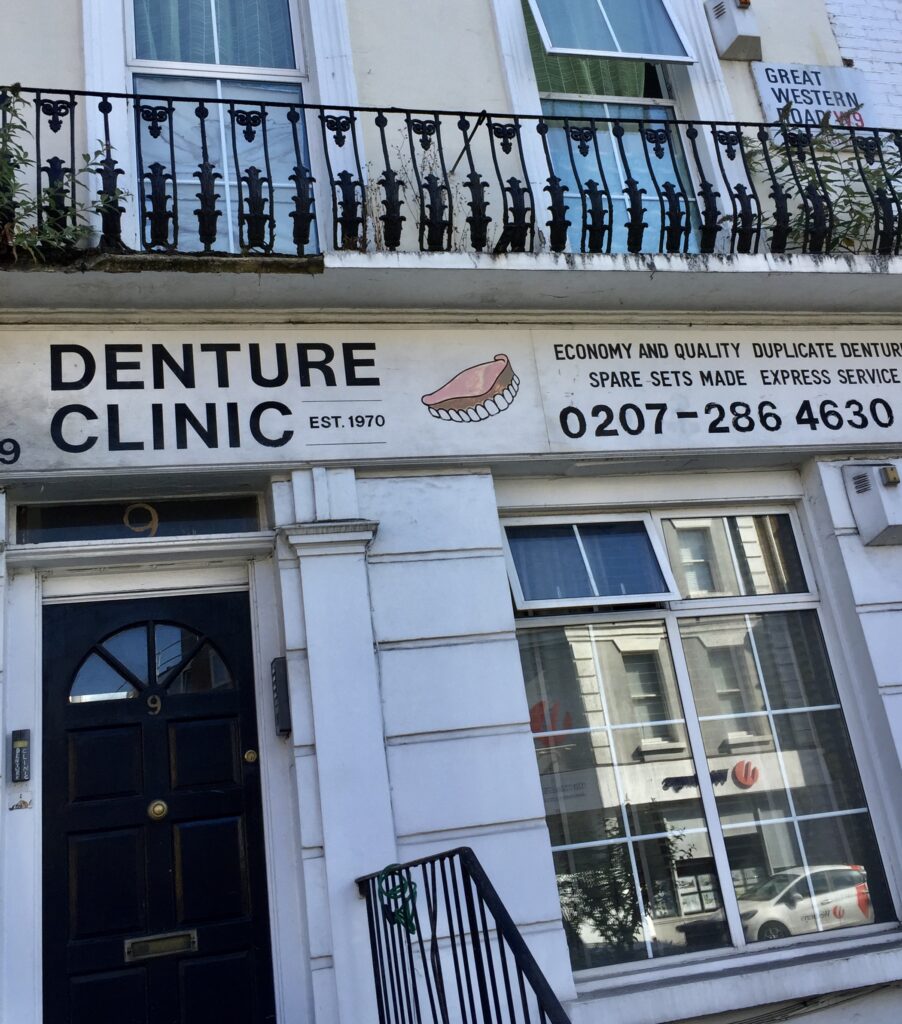
Bad railway news might be more palatable if delivered by a seagull wearing a hard hat and high-viz jacket …
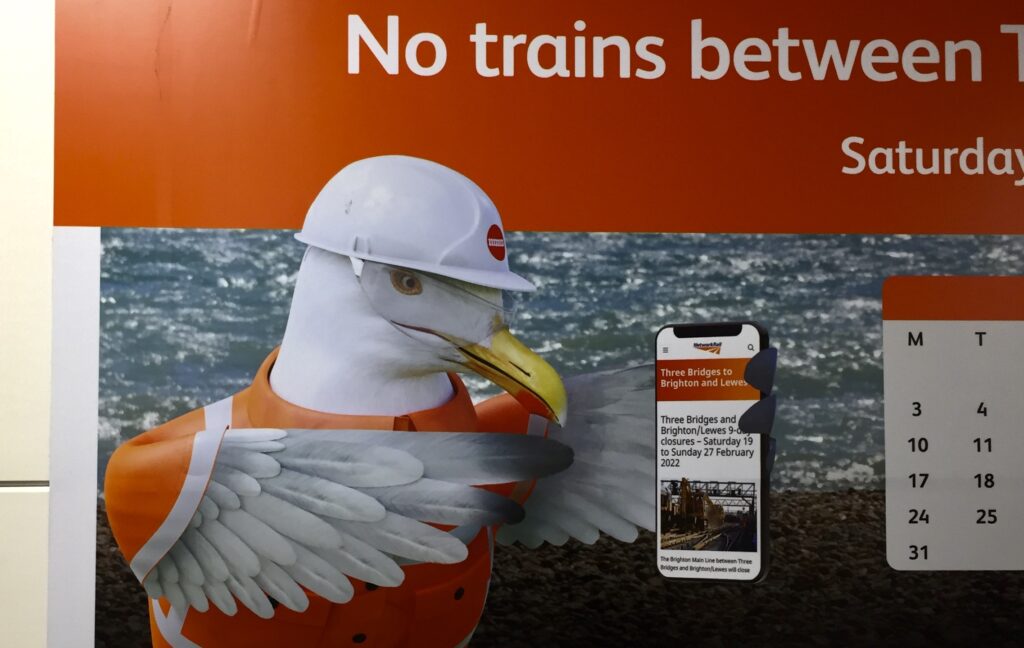
Made me laugh …
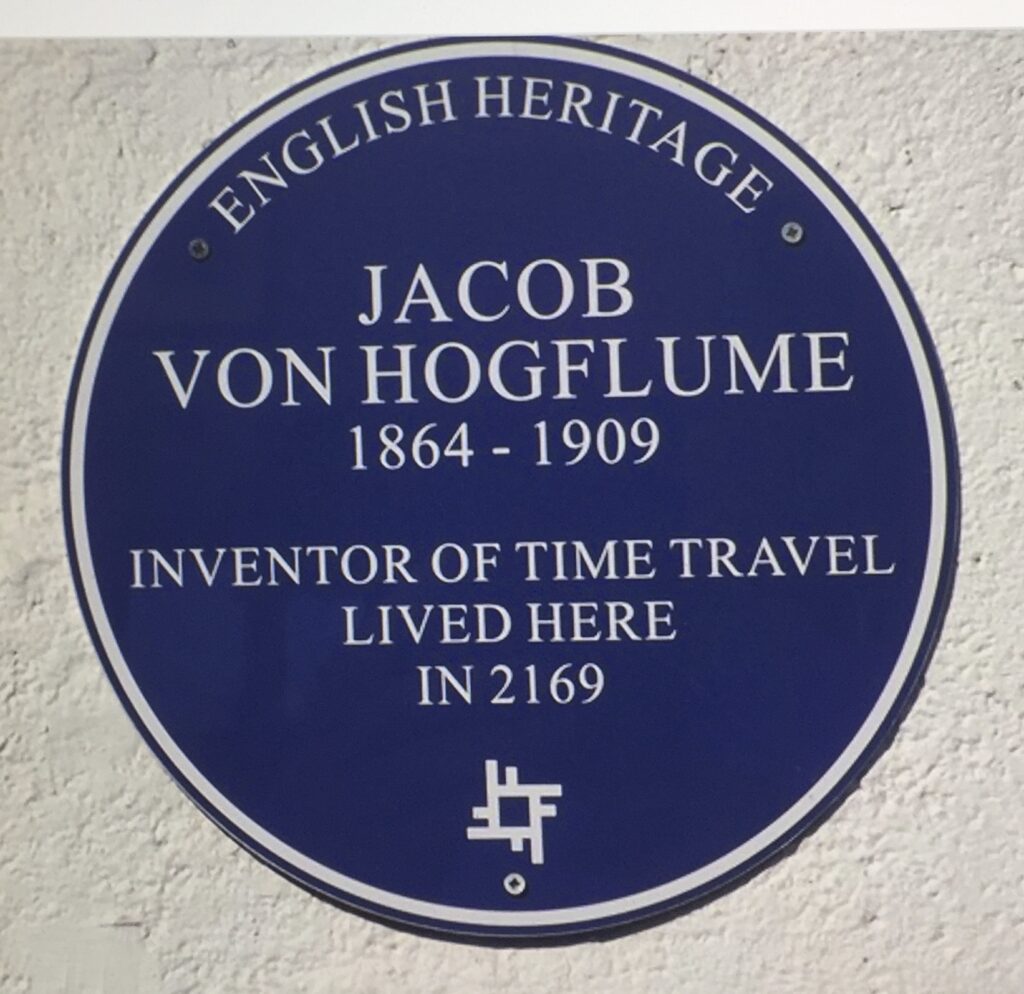
Improvised directions …
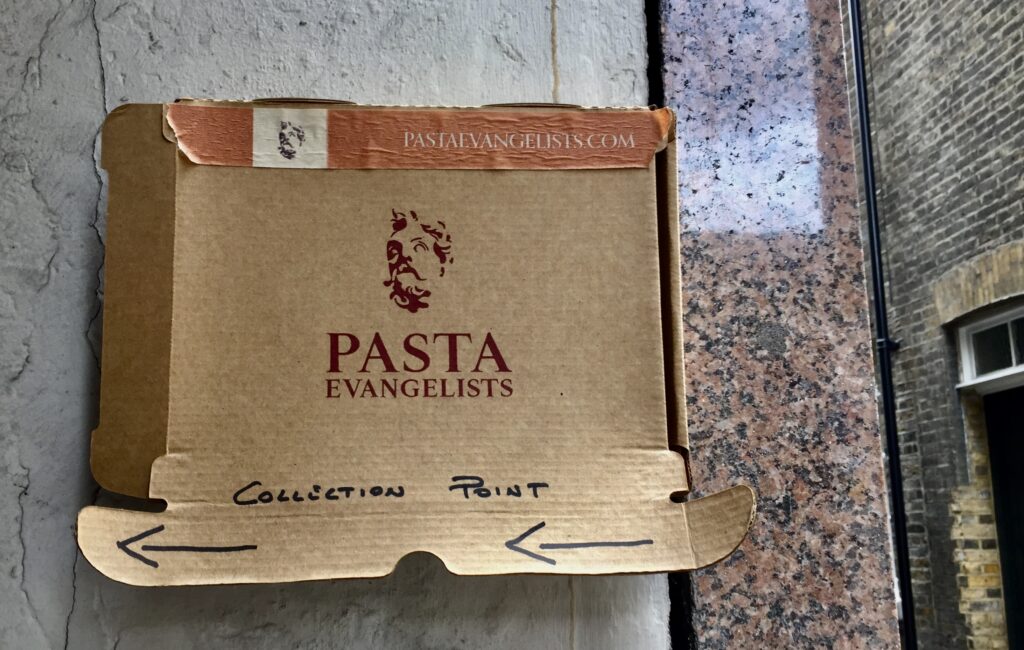
If you are fencing off a large area for redevelopment work it pays to deploy some humour …
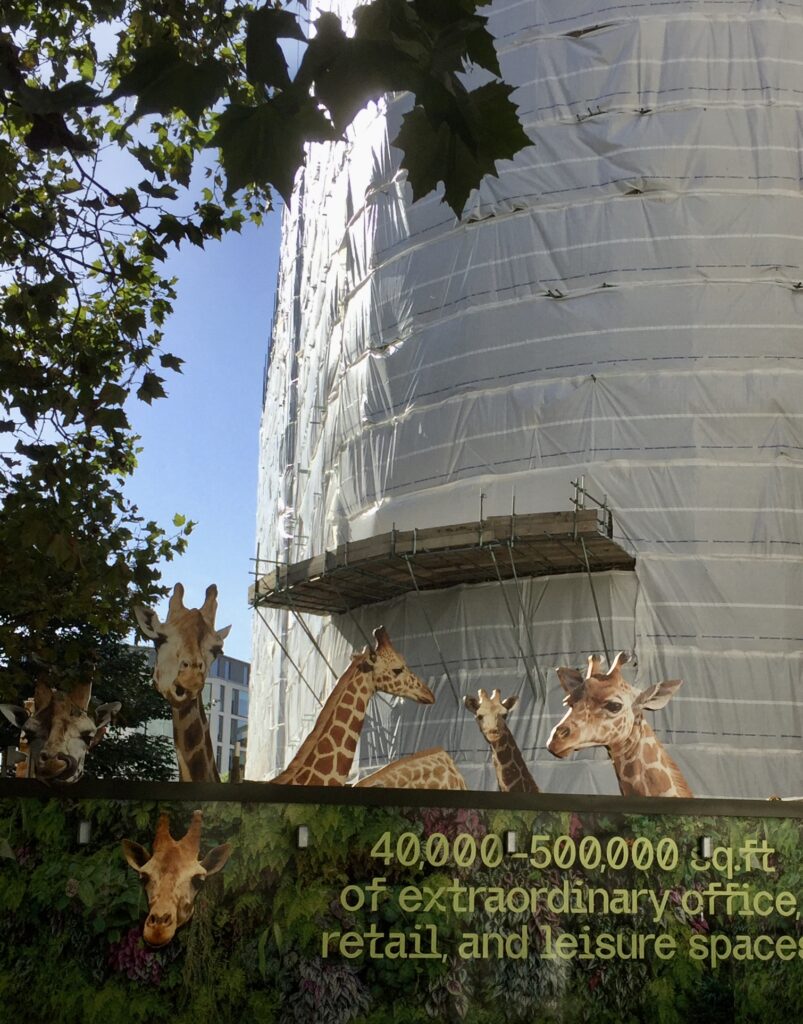
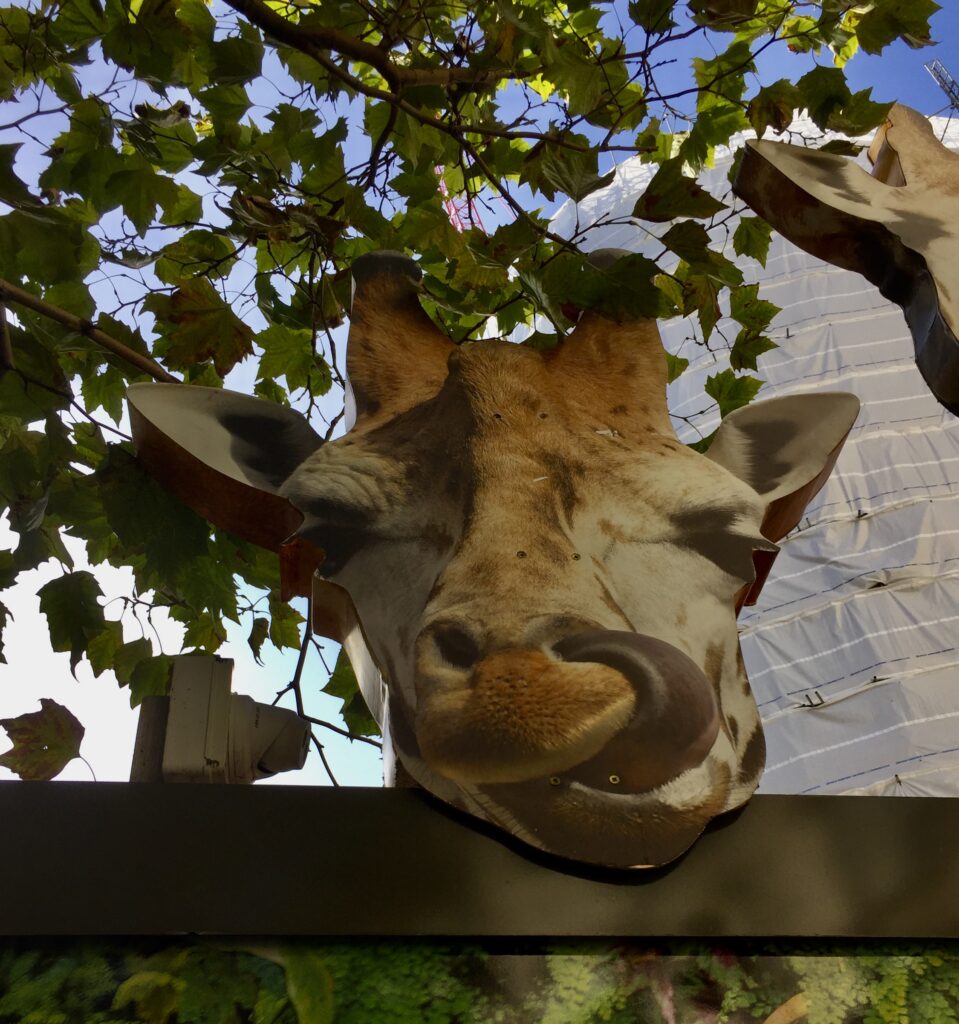
I’m sure the British Transport Police didn’t intend this suspicious character to look a bit like Priti Patel …

On Moorgate …
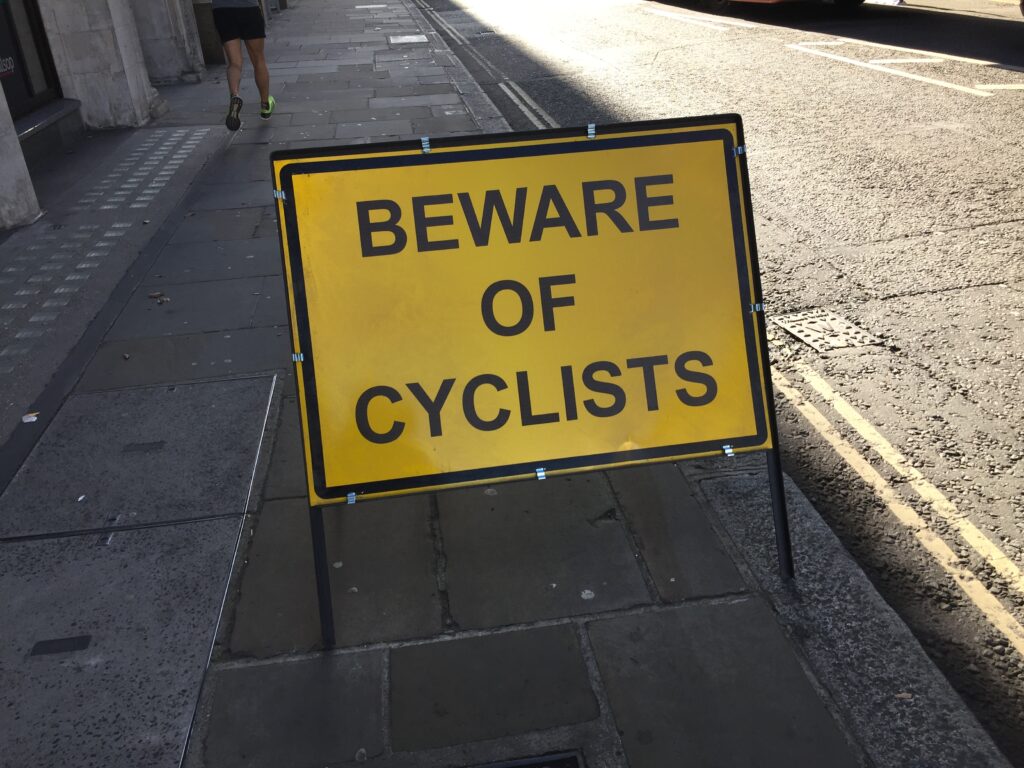
Especially the ones riding on the pavement.
Quite amusing …
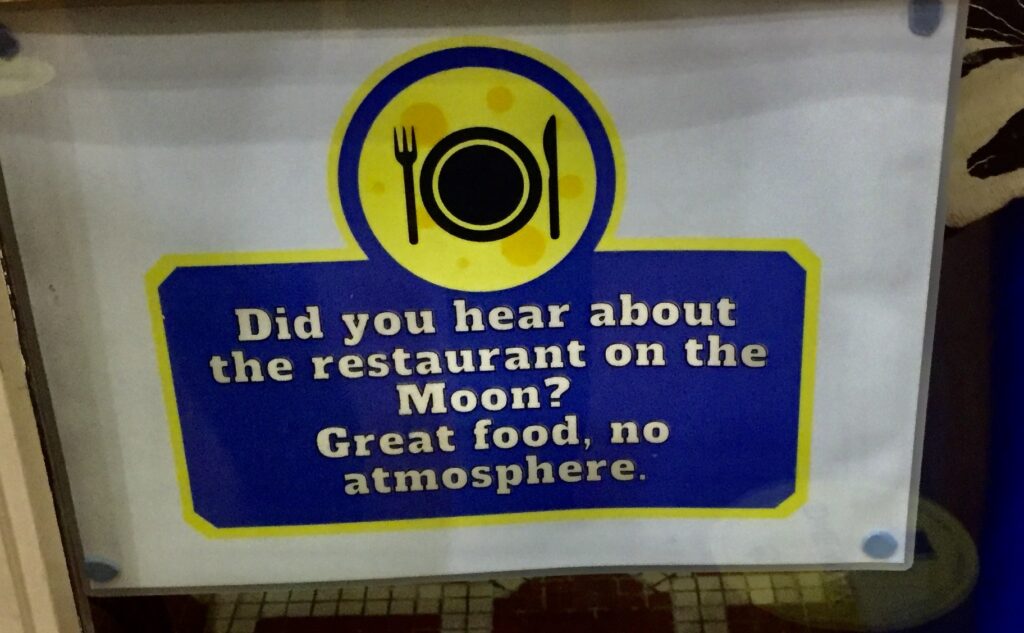
Slightly spooky hotel signage …
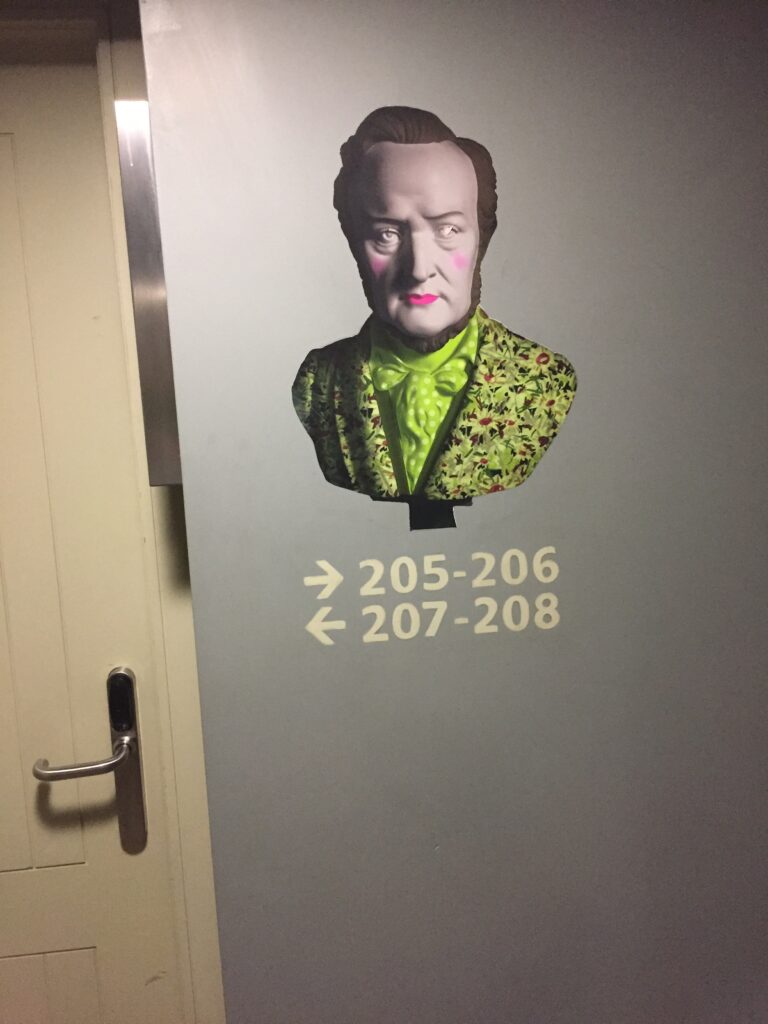
I’ll drink to that …
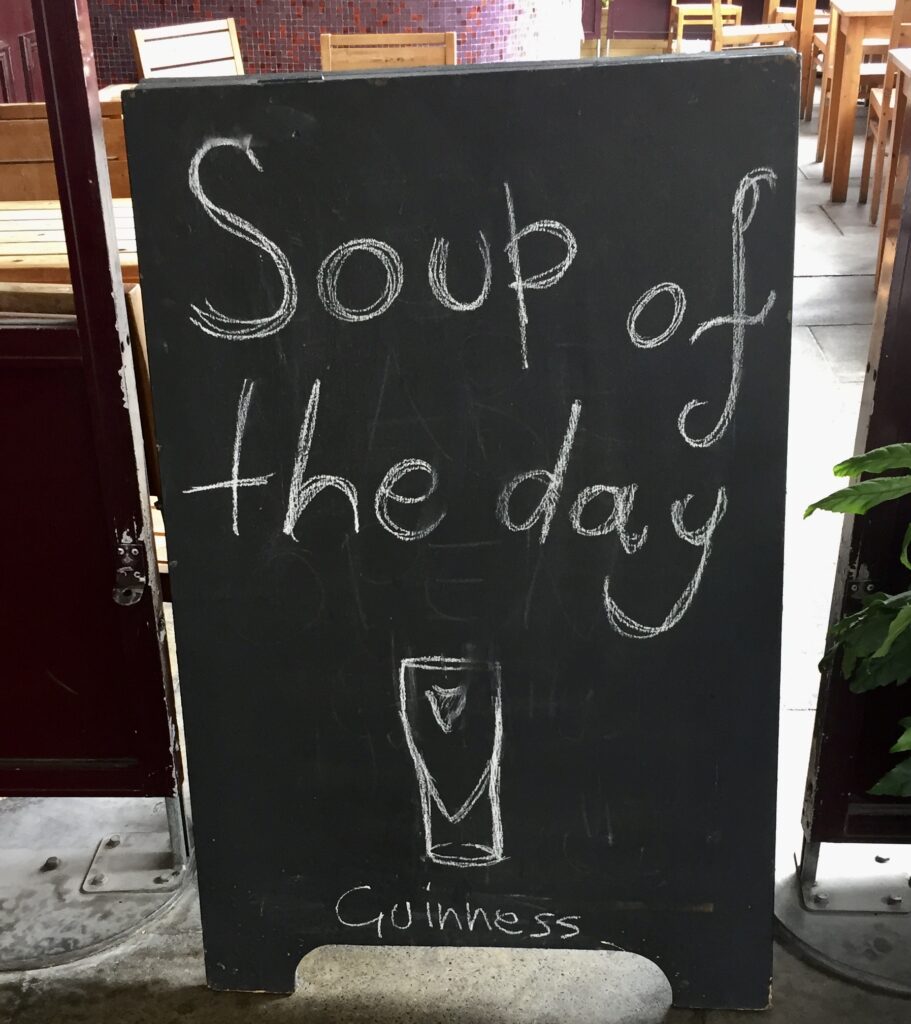
Message from the local osteopath …
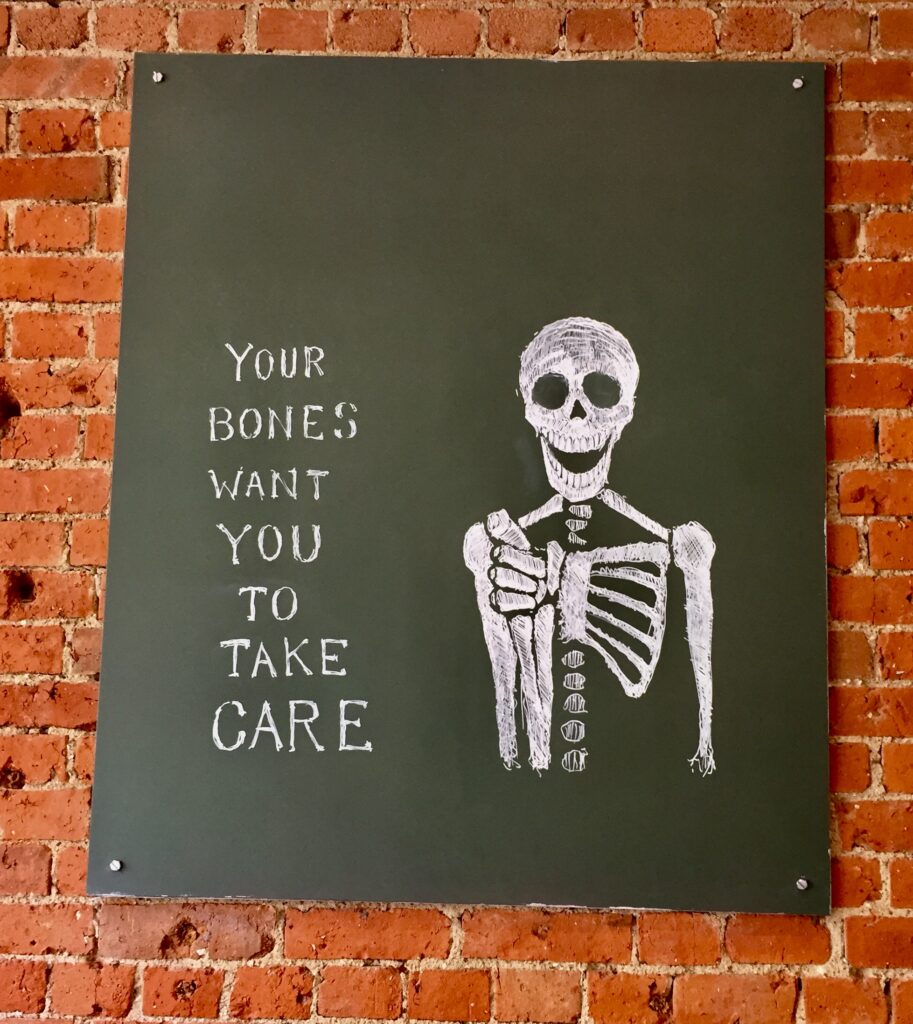
Classic public loo design …
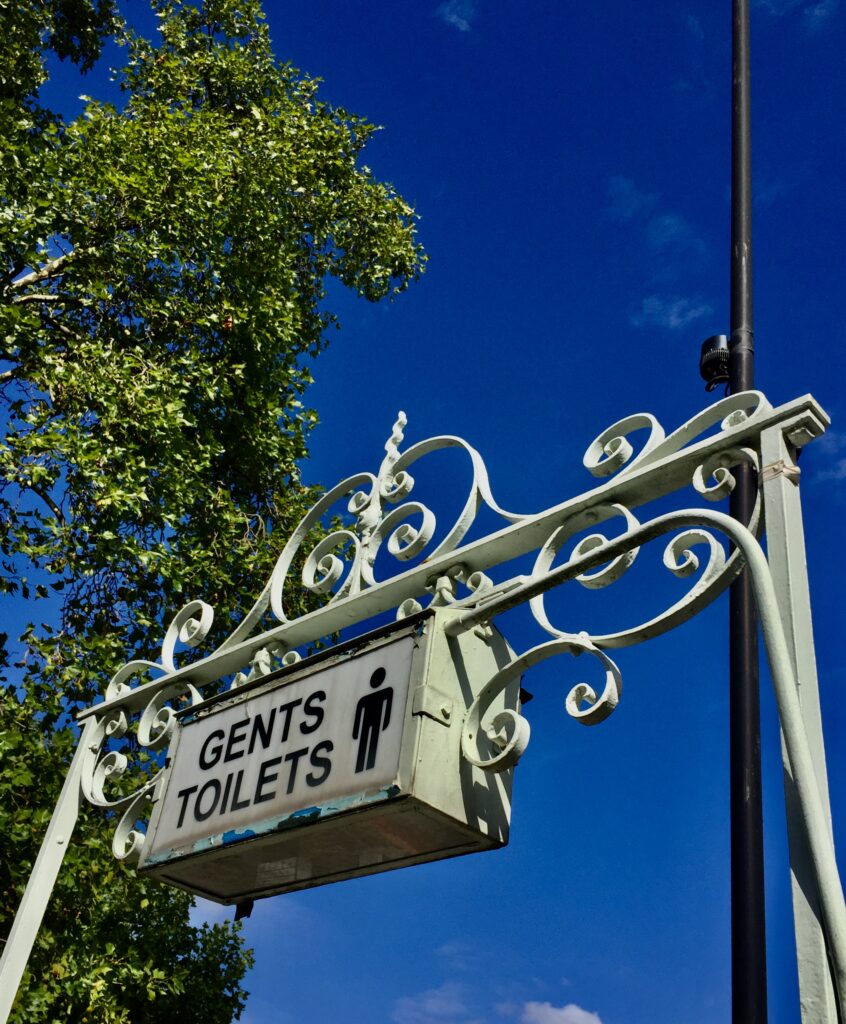
But not much use if you’re ‘caught short’ nowadays …
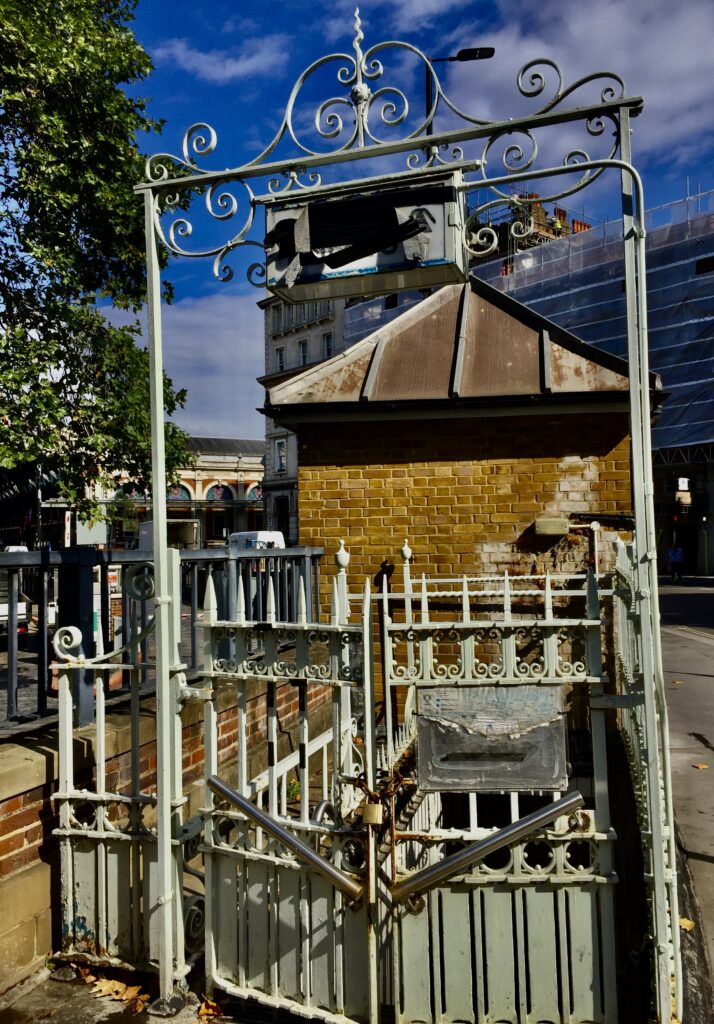
There’s not much you’re allowed to do on the Barbican Highwalk. I like the trumpet and the iPod …
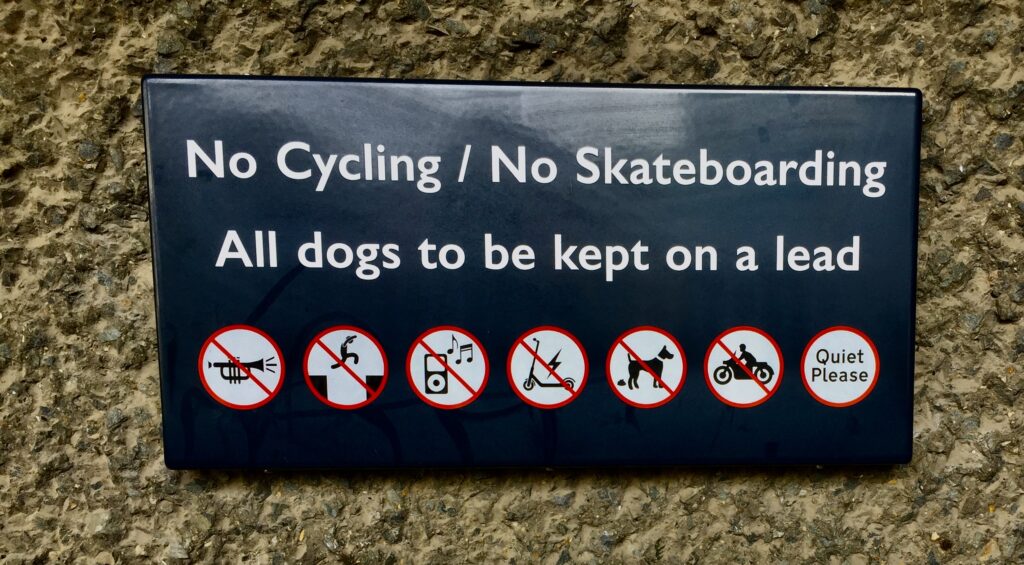
Bad doggy!

Note the cunning alteration here …

If you’re lonely in Bournemouth you can chat with the telescope …
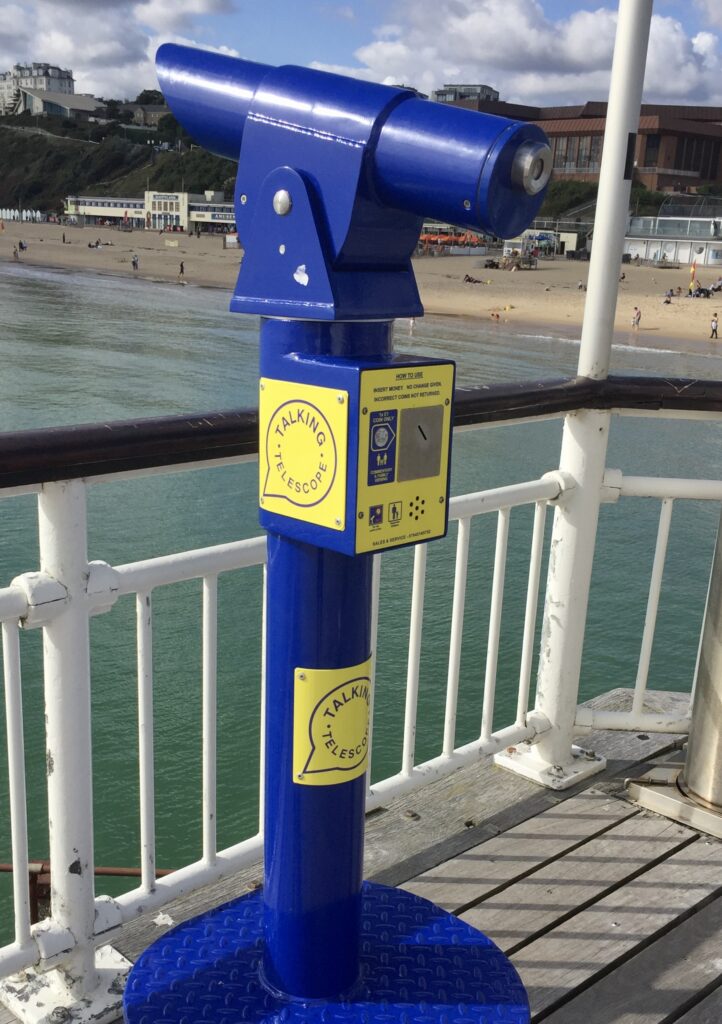
Alongside Smithfield Market …
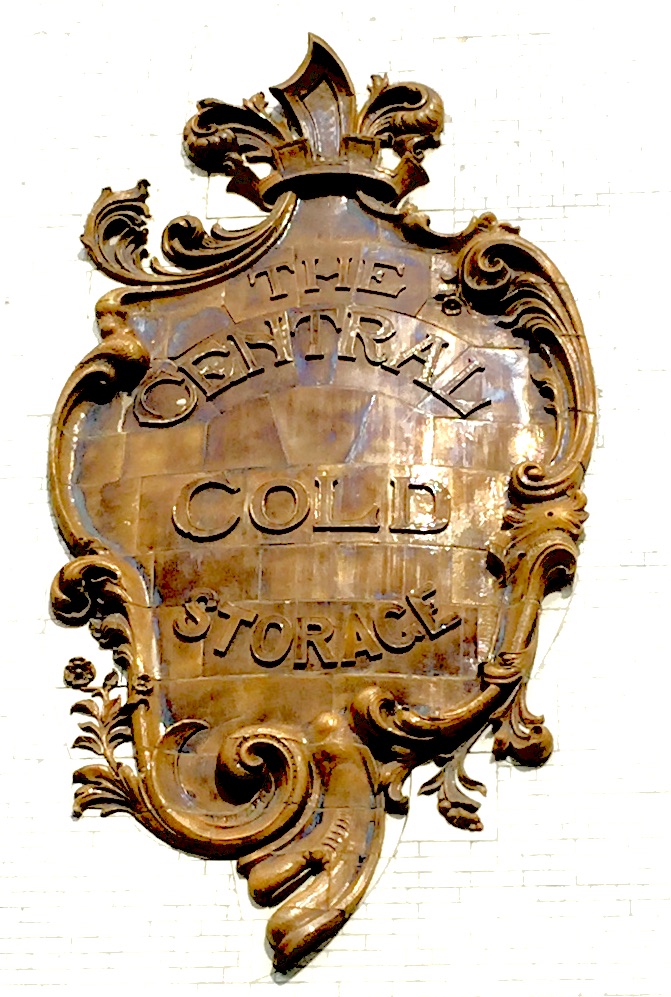

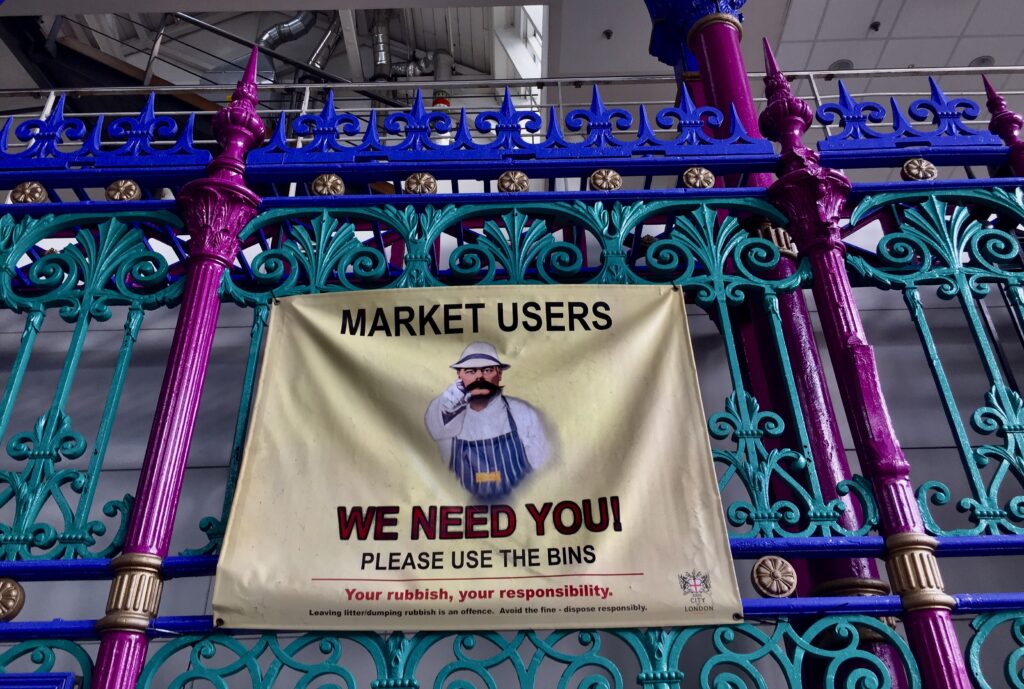
Bibulous monks outside the Blackfriar pub …
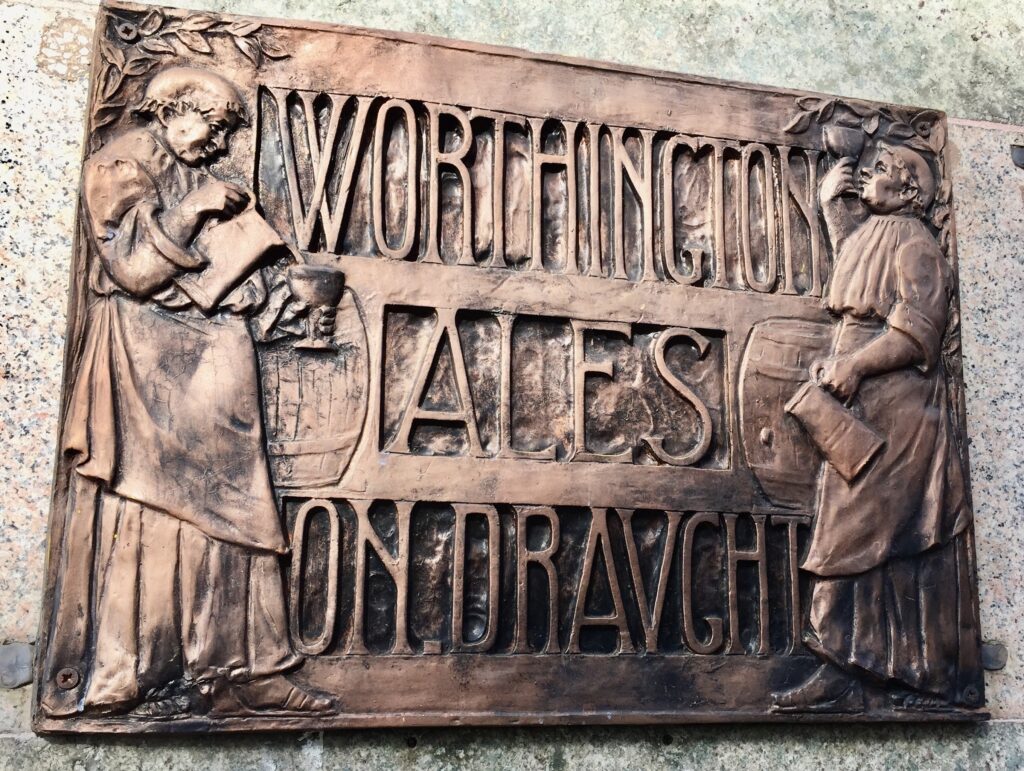
The facade of St Martin’s House at 1 Gresham Street is a delight …
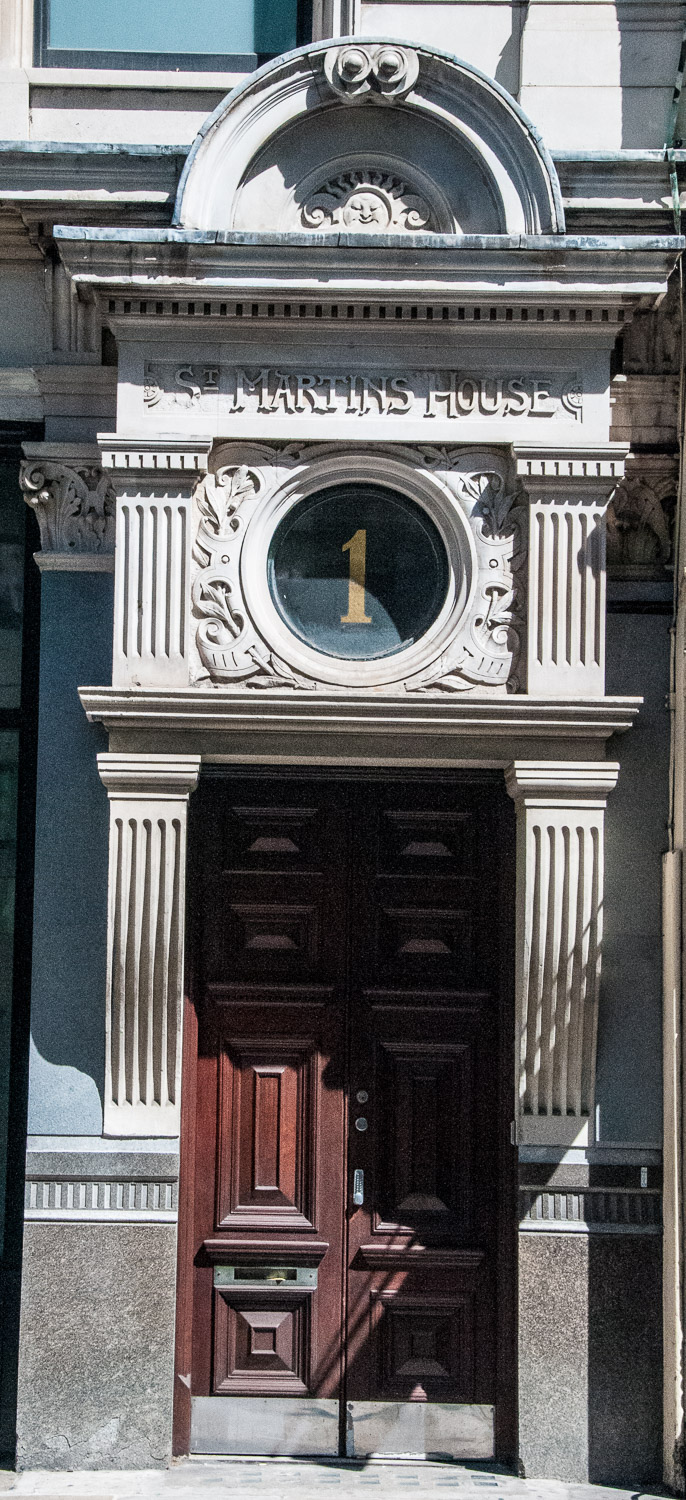
Dating from 1891 it incorporates a wonderfully happy, smiling Mr Sun …
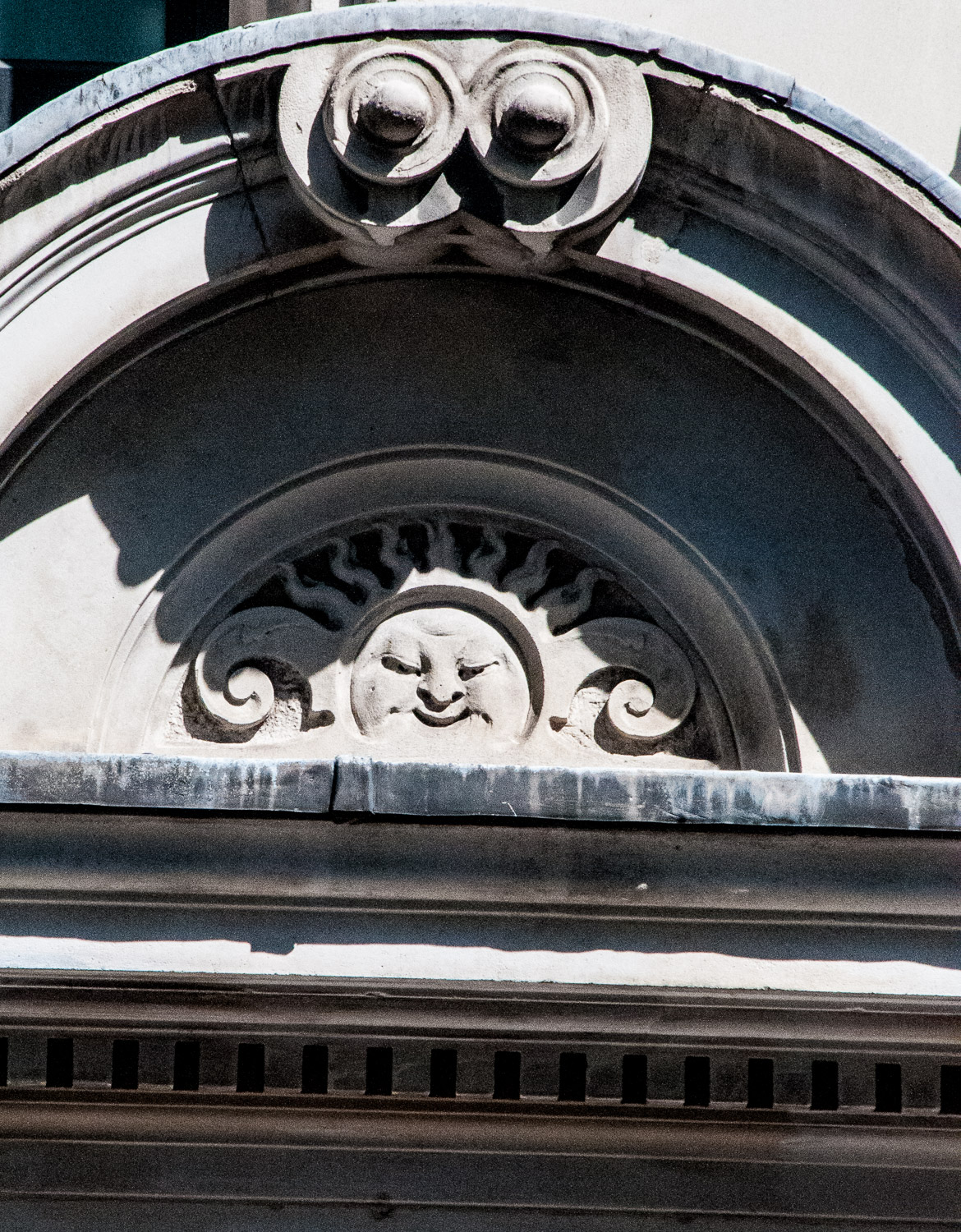
What also makes it charming is the rogue apostrophe ….
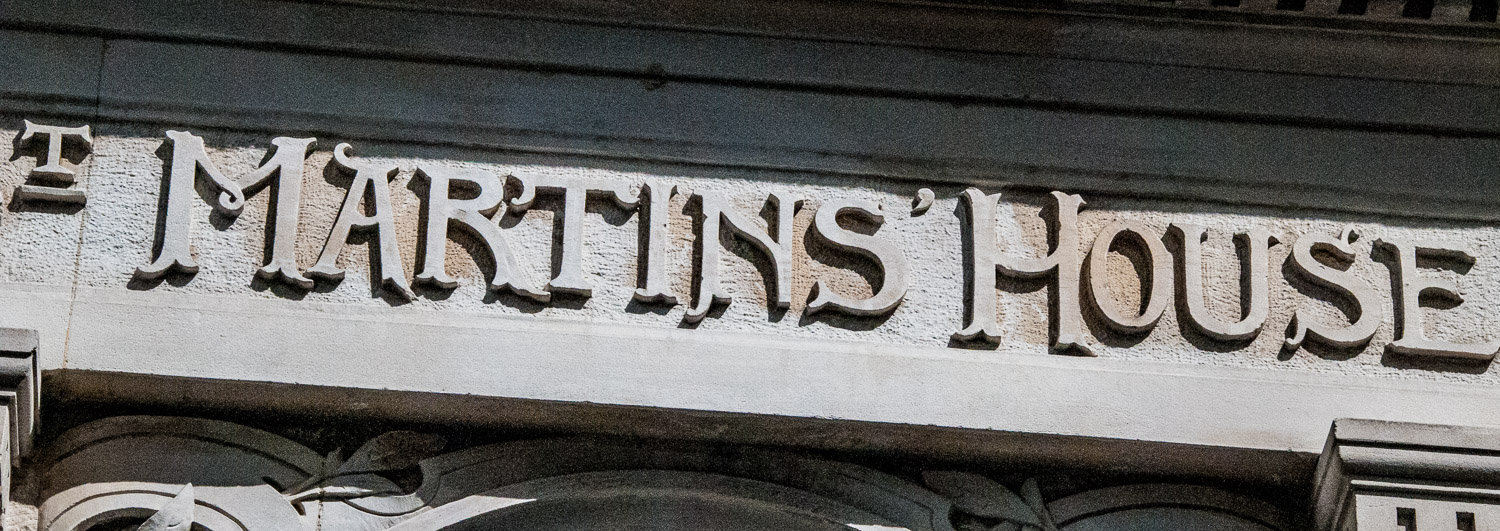
Surely it should read St Martin’s House?
Brenden Bracken worked for Winston Churchill during the War …
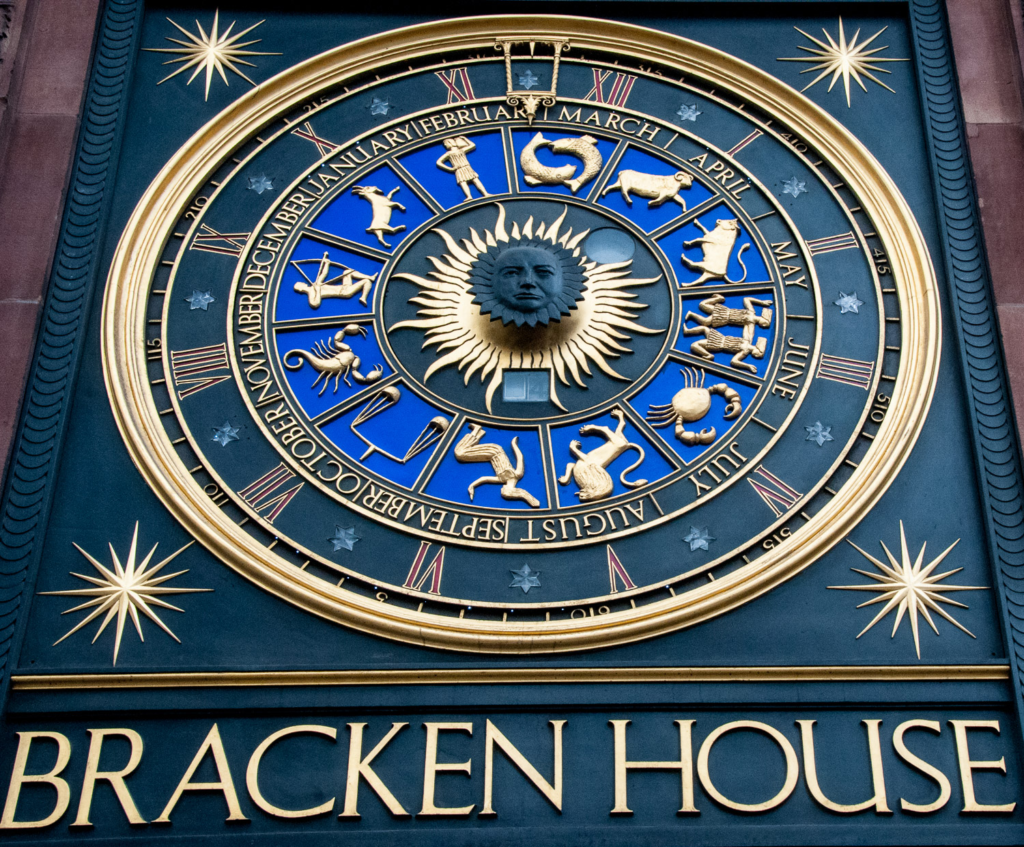
So the Zodiacal clock on the building named after him incorporates Churchill’s face …
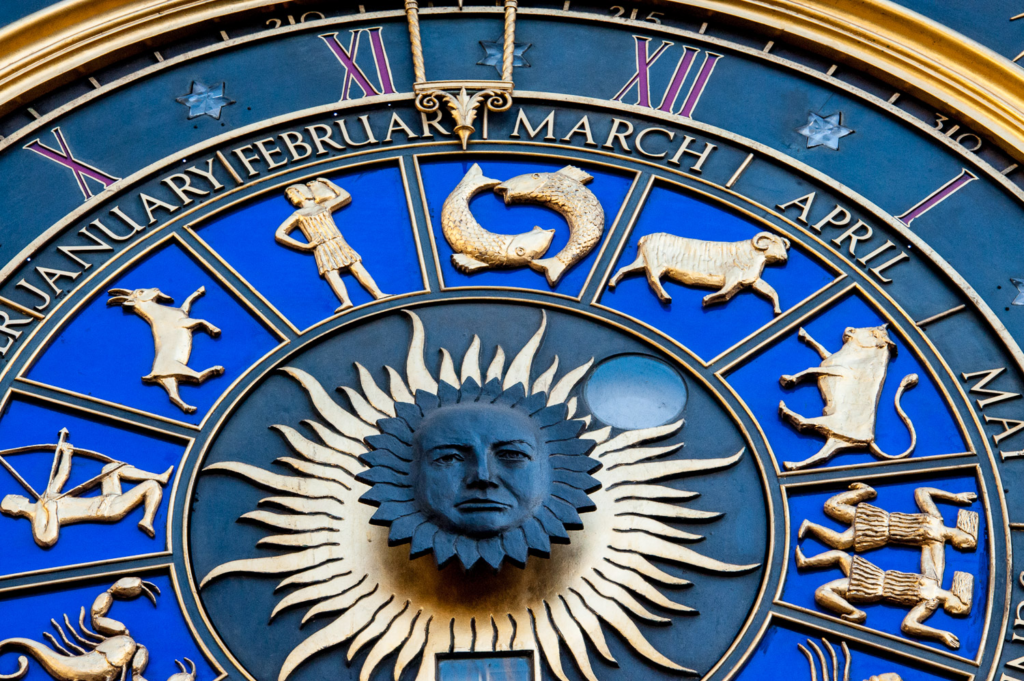
Onward to London Wall. St Olave Silver Street was totally destroyed in the Great Fire of 1666 but its little churchyard lives on. A much weathered 17th century stone plaque records the terrible event …
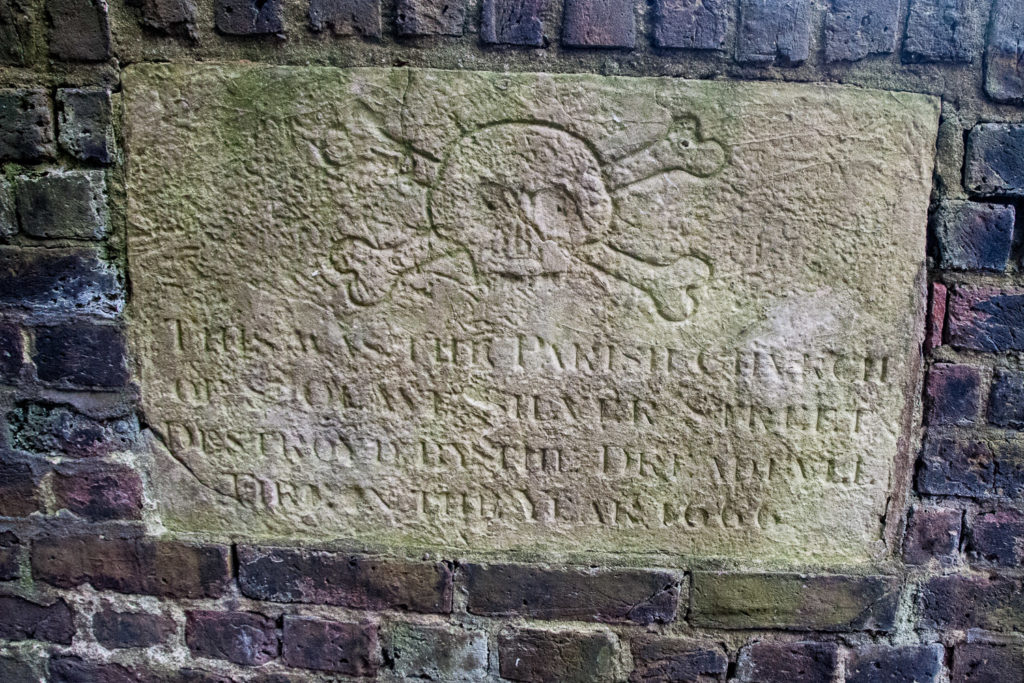
This was the Parish Church of St Olave Silver street, destroyed by the dreadful fire in the year 1666.
Silver Street itself was annihilated in the Blitz and erased completely by post-war development and traffic planning.
I have, of course, collected quite a few ghost signs …
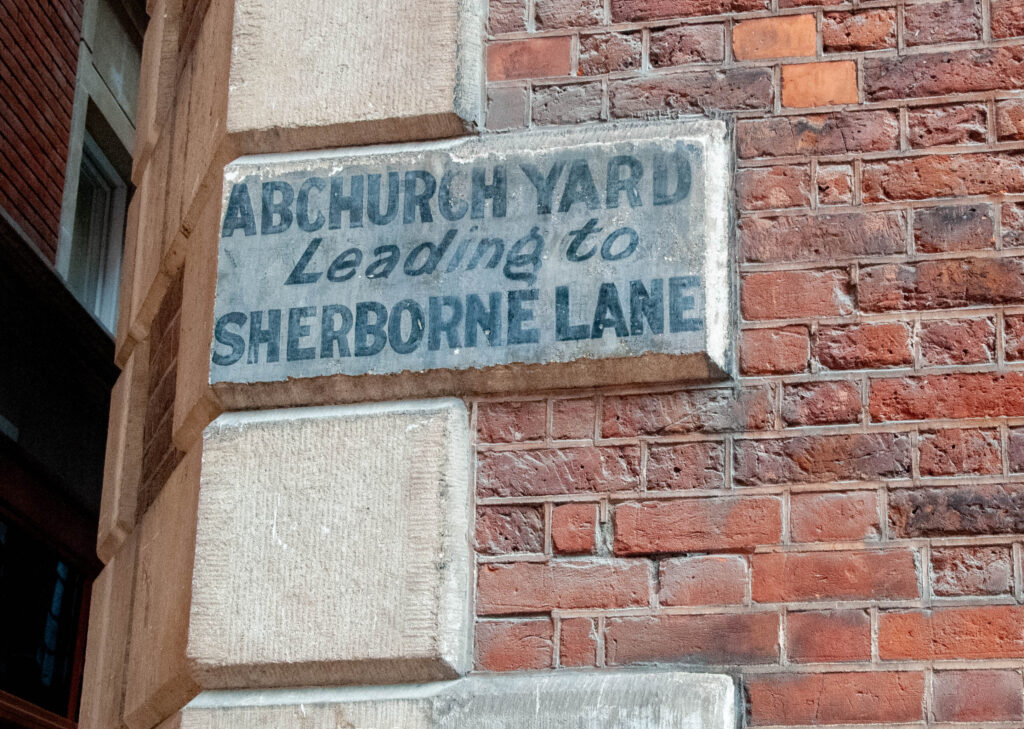
Classic pointing finger with smart shirt and cufflink …
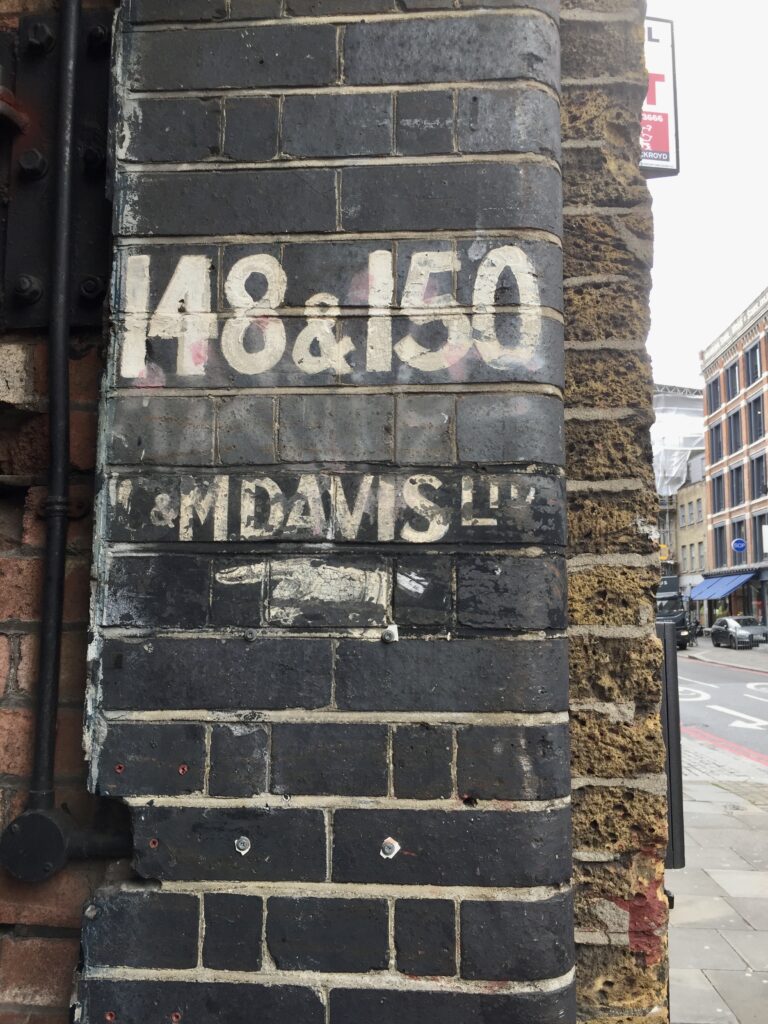
Another pointed finger (this time it looks like with thumb extended) …
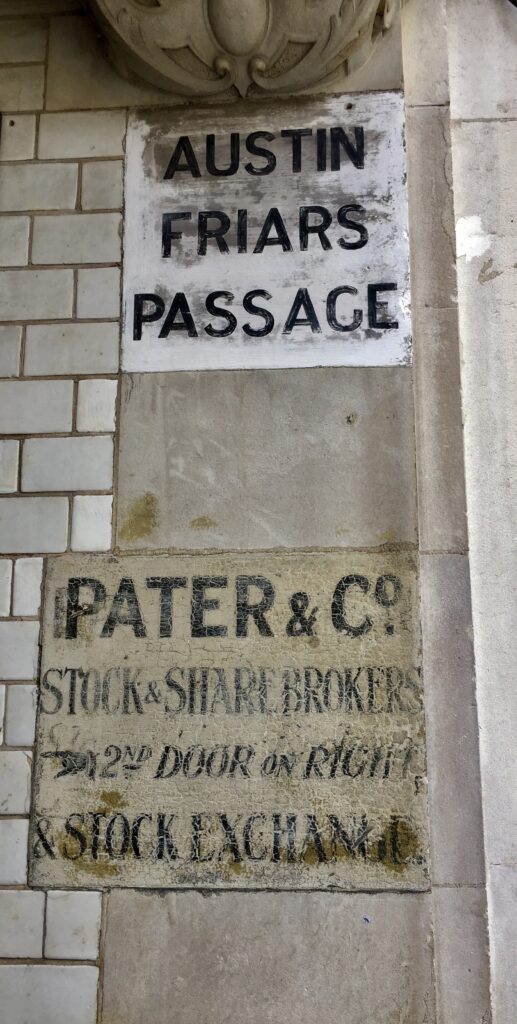
This sign on the wall of St Andrew by the Wardrobe is gradually disappearing. Eventually no one will know that the key for the fire ladder is kept with the Sexton at nearby 52 Carter Lane …
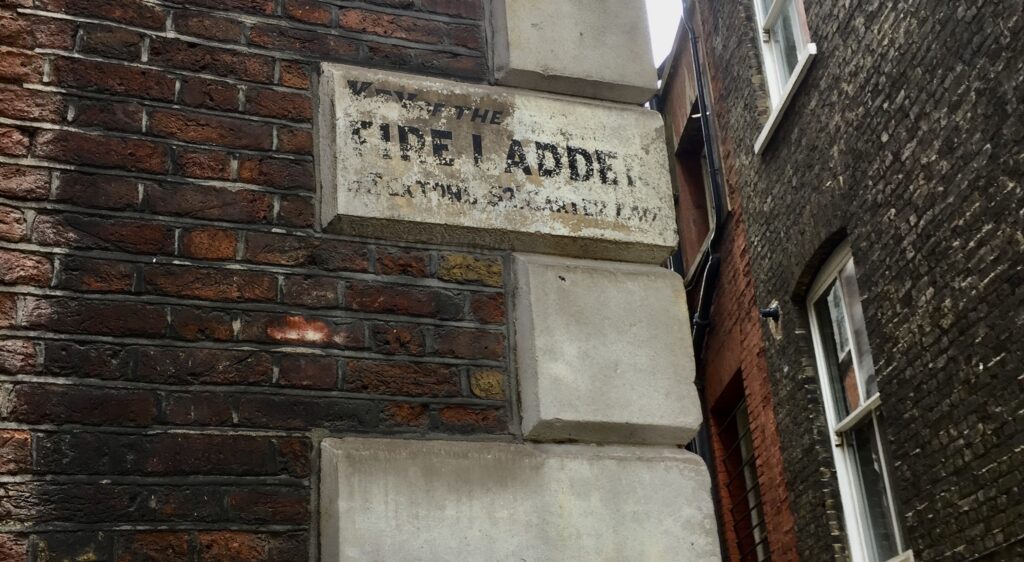
I took this picture three years ago …
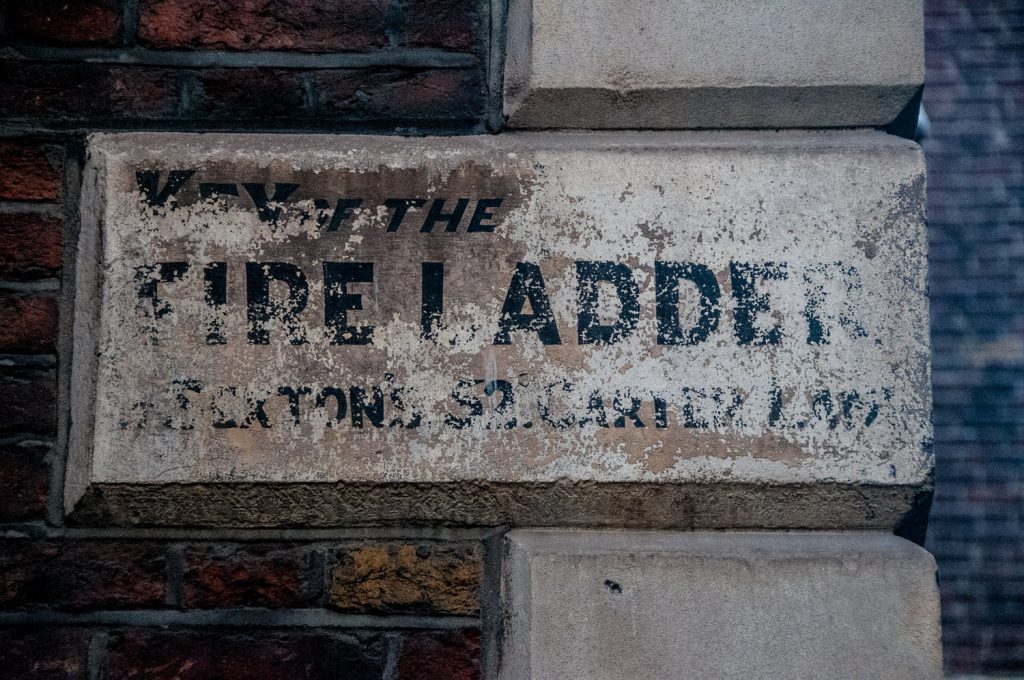
Wardrobe Place is a little oasis of calm that escaped the Blitz …
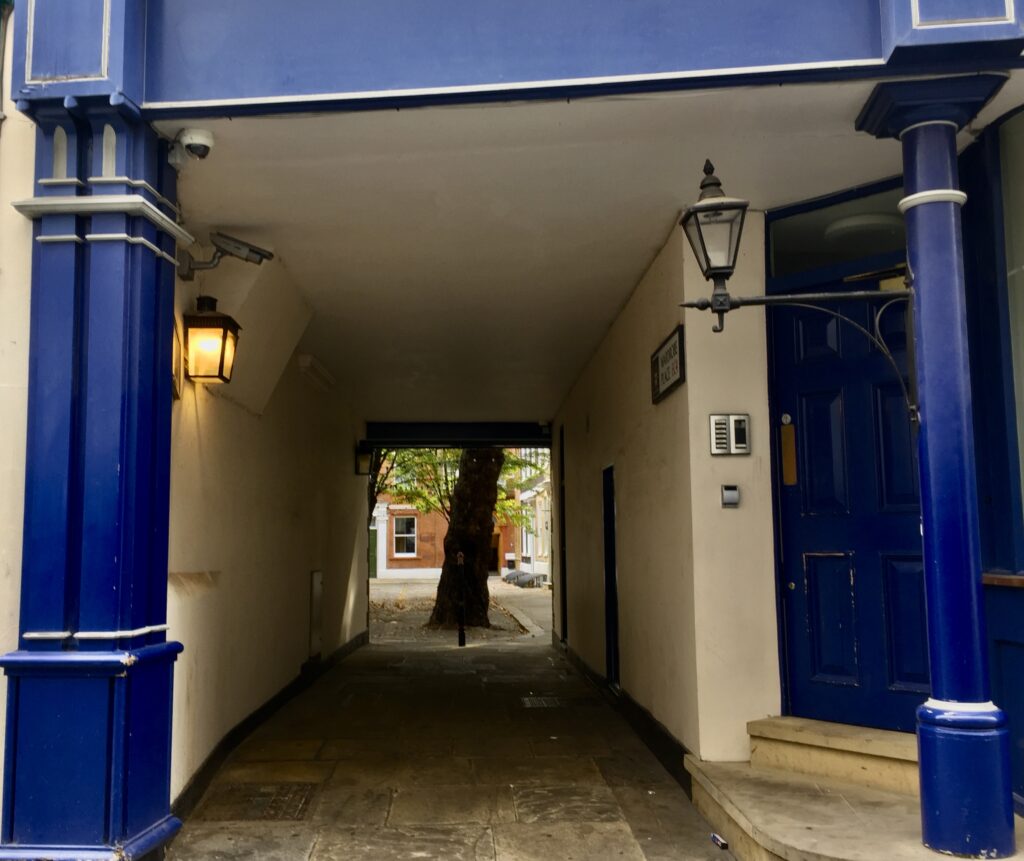
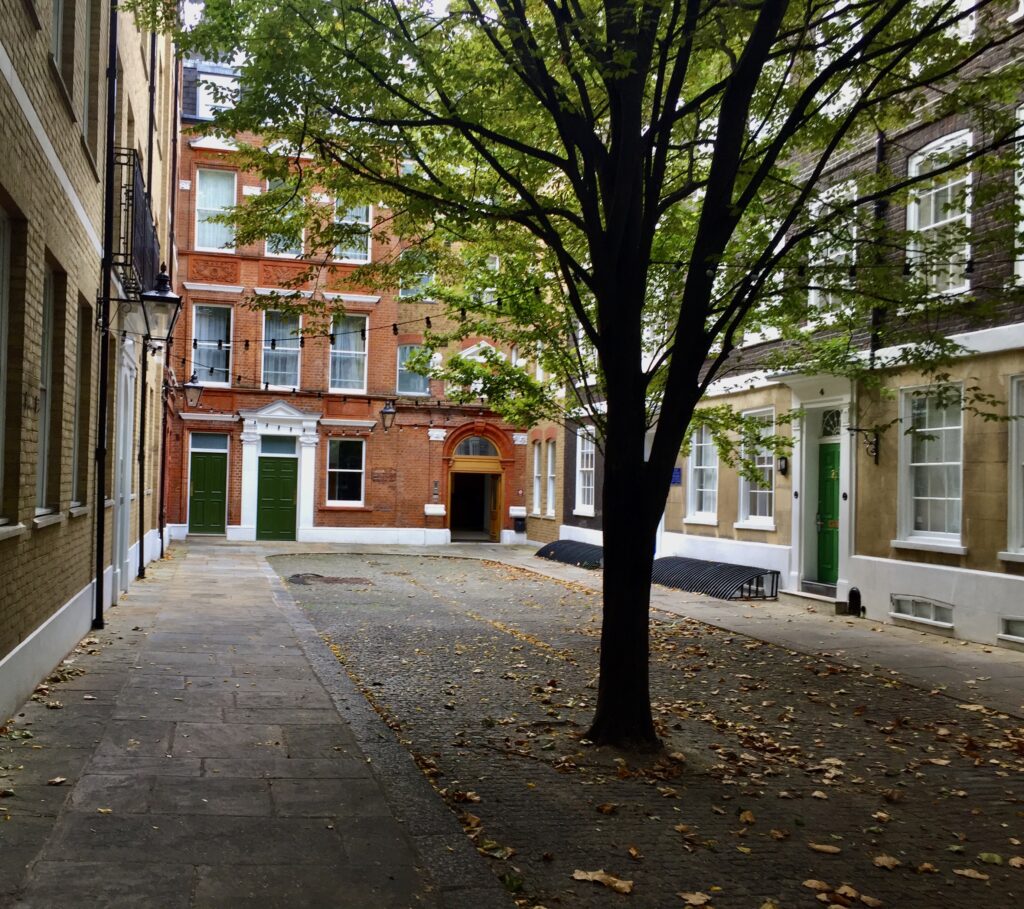
This sign on the far wall harks back to before the war when this area was a centre for printing and print materials …
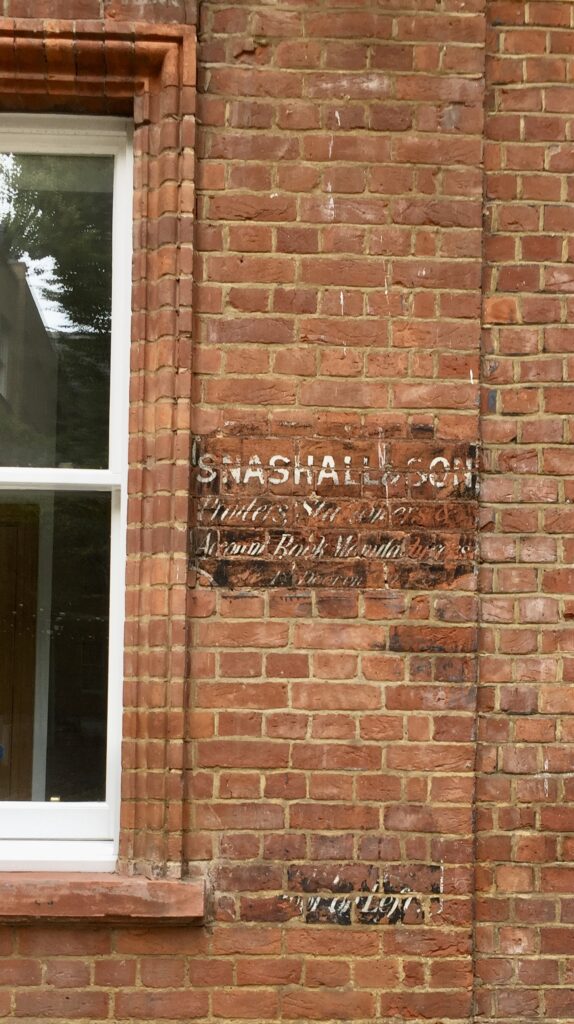
It reads Snashall & Son. Printers, Stationers and Account Book Manufacturers.
Here’s a picture I took five years ago so it has faded a bit …
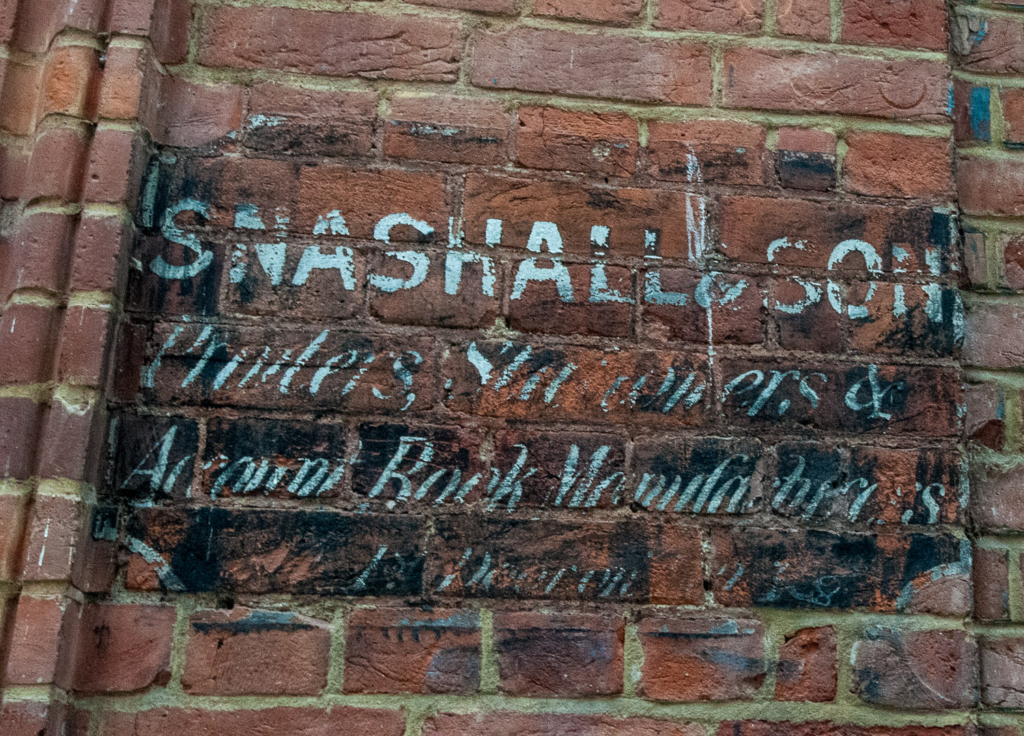
Some attractive and imposing signage has, of course, just vanished. This business on the Commercial Road was still going strong 20 years ago …
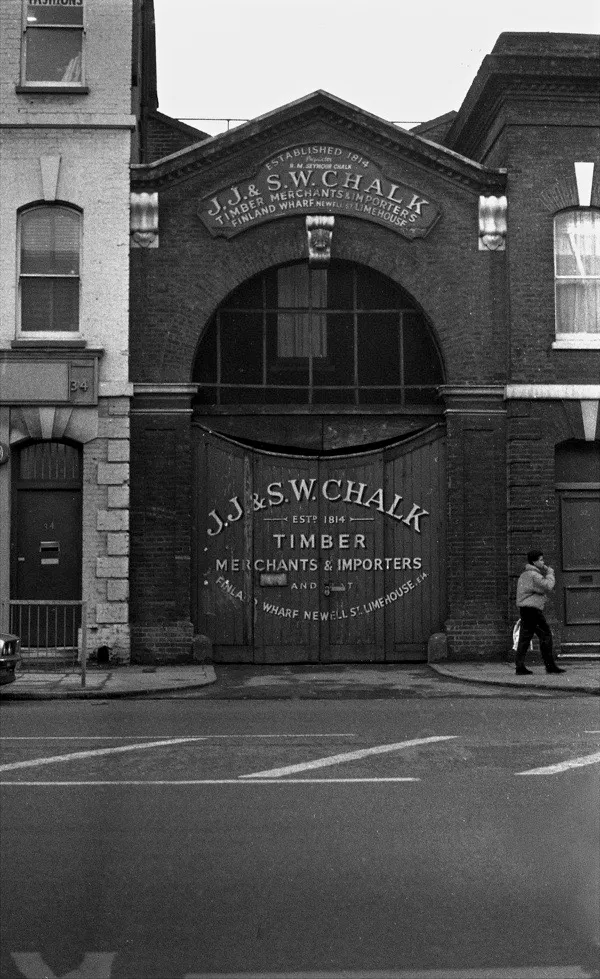
Now both it and evidence of its existence have disappeared …
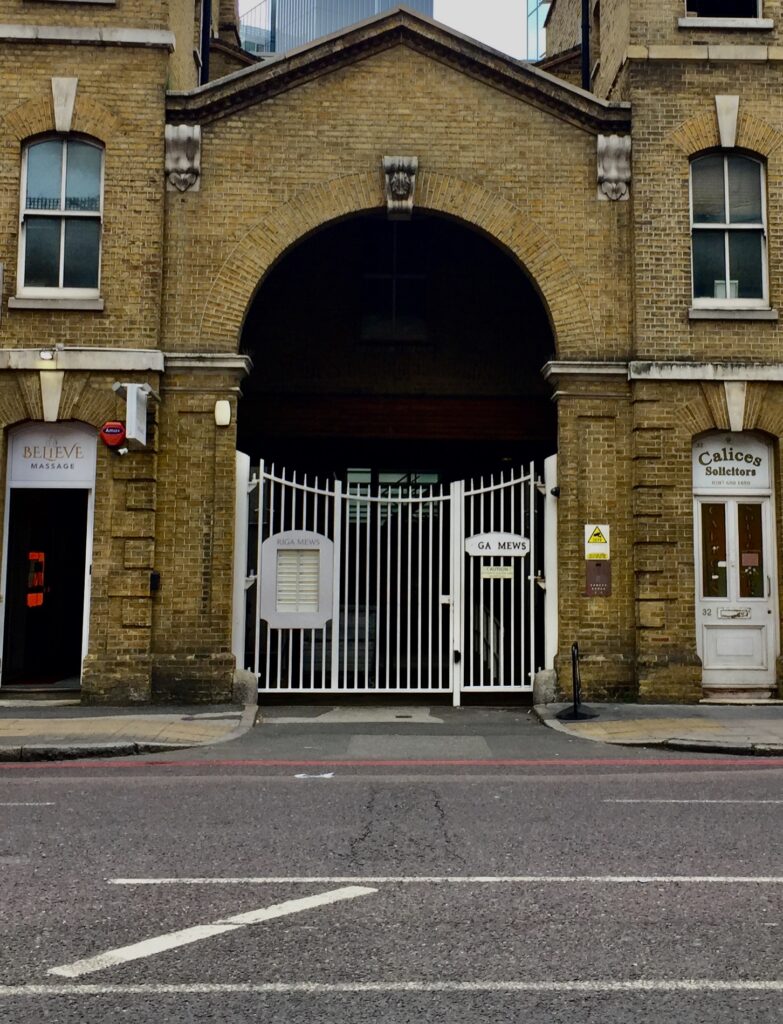
Walking along Carter Lane I looked up and saw this engraving …

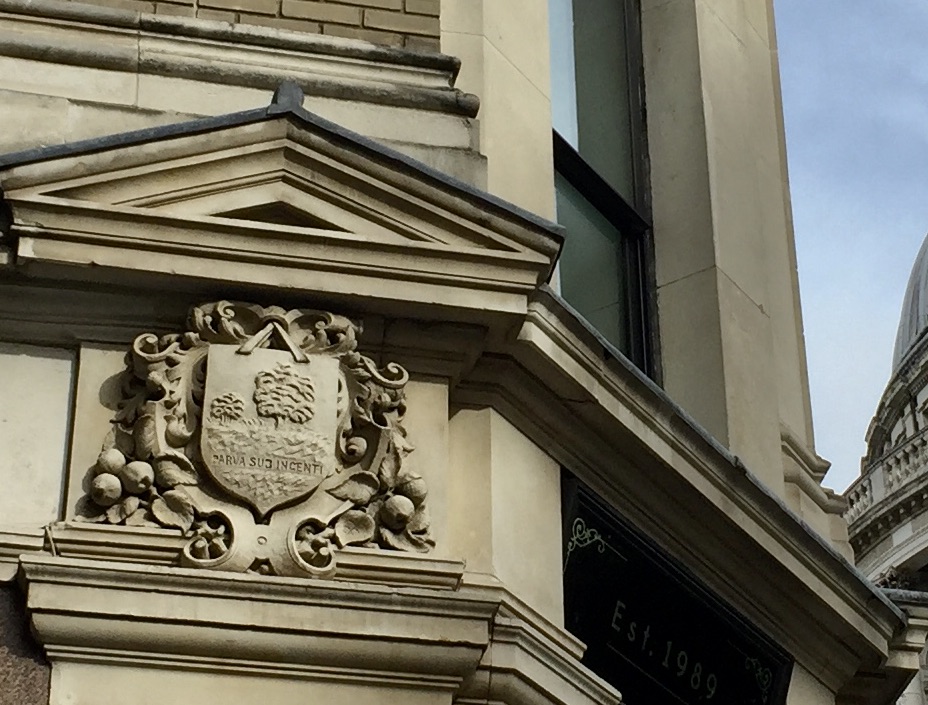
Rather mysteriously, this is part of the coat of arms of Prince Edward Island …
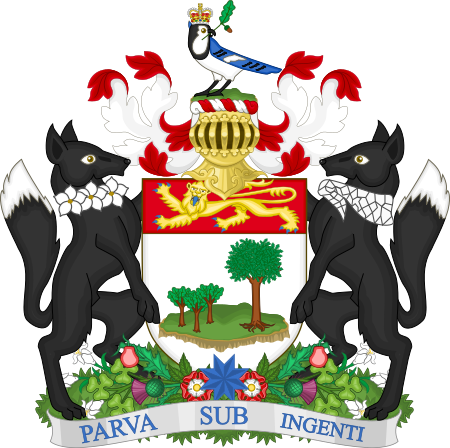
The motto translates as The small under the protection of the great and dates from 1769. You can read more about its history here.
I like these two post boxes on St Andrew’s Hill (now sadly out of use and painted black) …
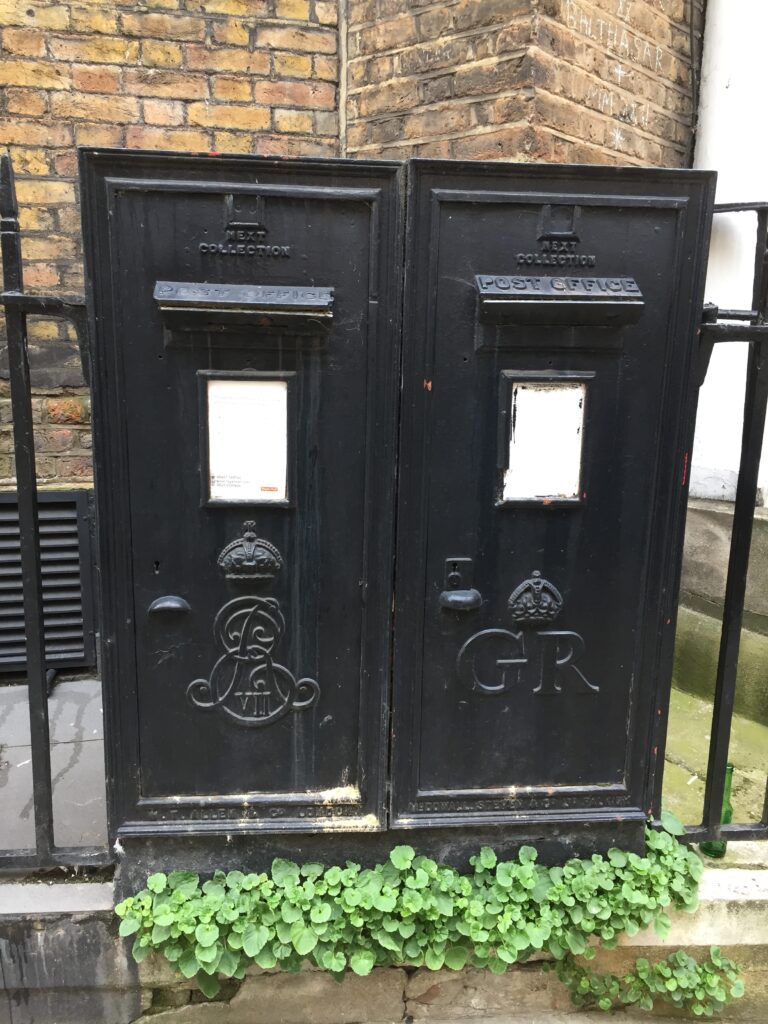
The box on the left is Edward VII (1901 – 1910) and on the right is George V (1910 – 1936).
I also like the design of this water fountain beside St Paul’s Cathedral and the pretty sign above it …
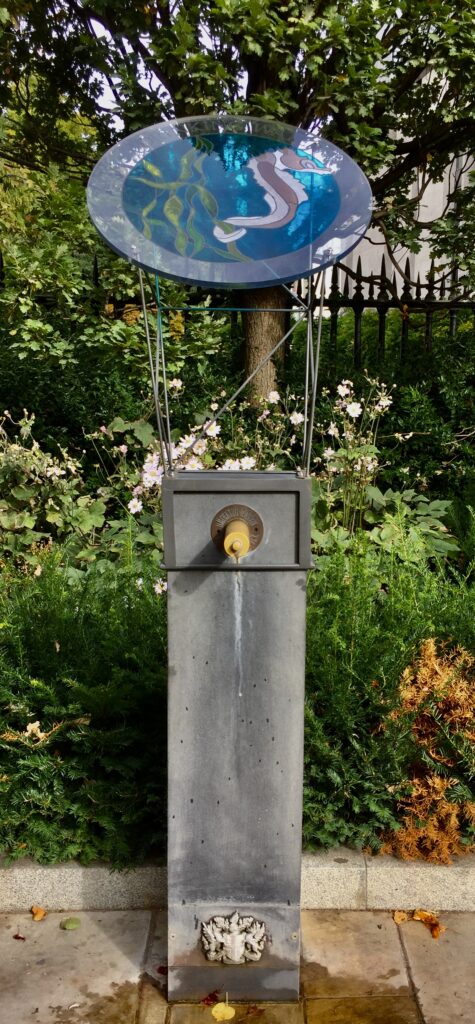
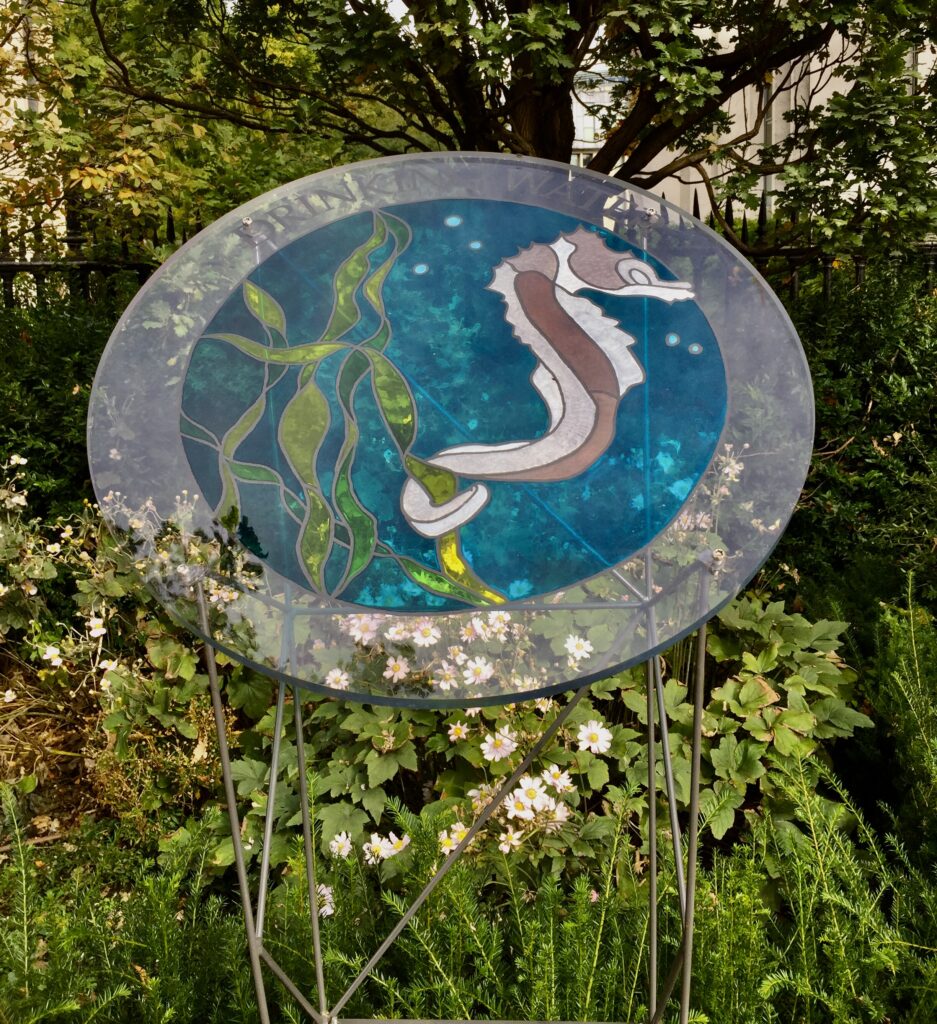
And finally, a massive vote of thanks to Cubitts the opticians.
The little shop on the corner of Cheapside and Wood Street used to look like this until the 1990s …
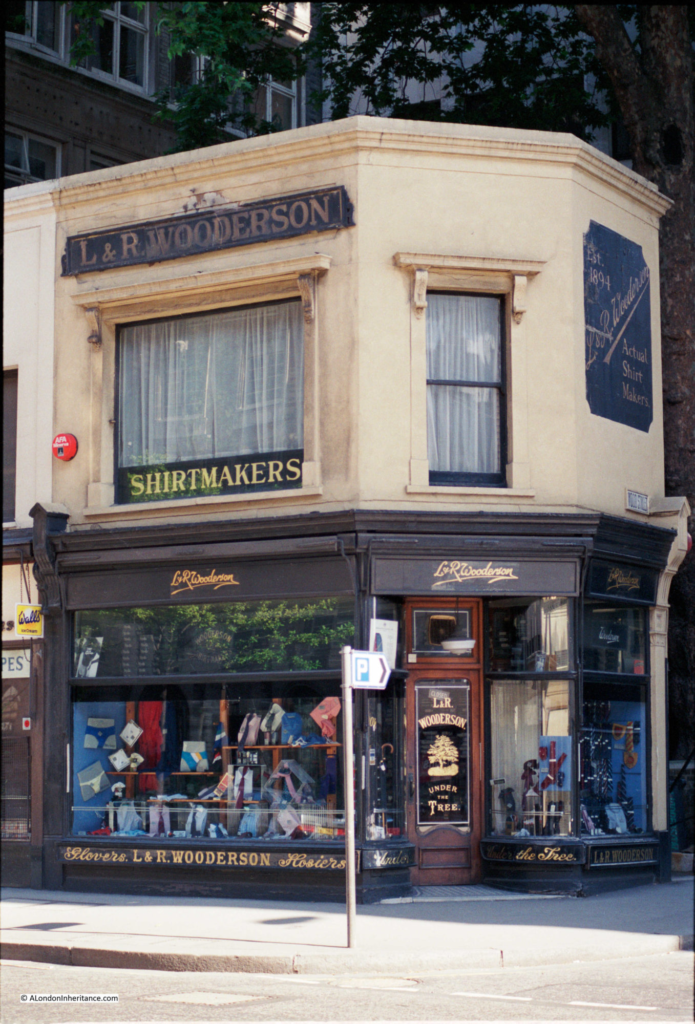
Then it became a card shop and all the quaint old signage was painted over …
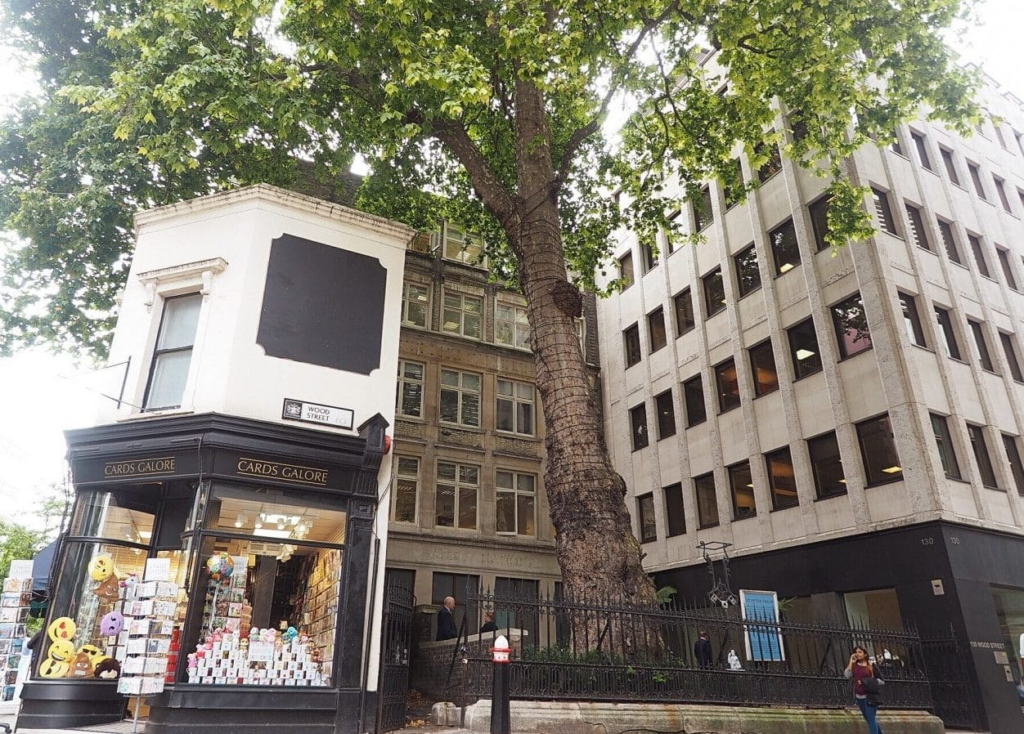
Now Cubitts have taken over the building and arranged for a nice restoration job (although the lovely glass that once graced the door has probably been lost forever) …
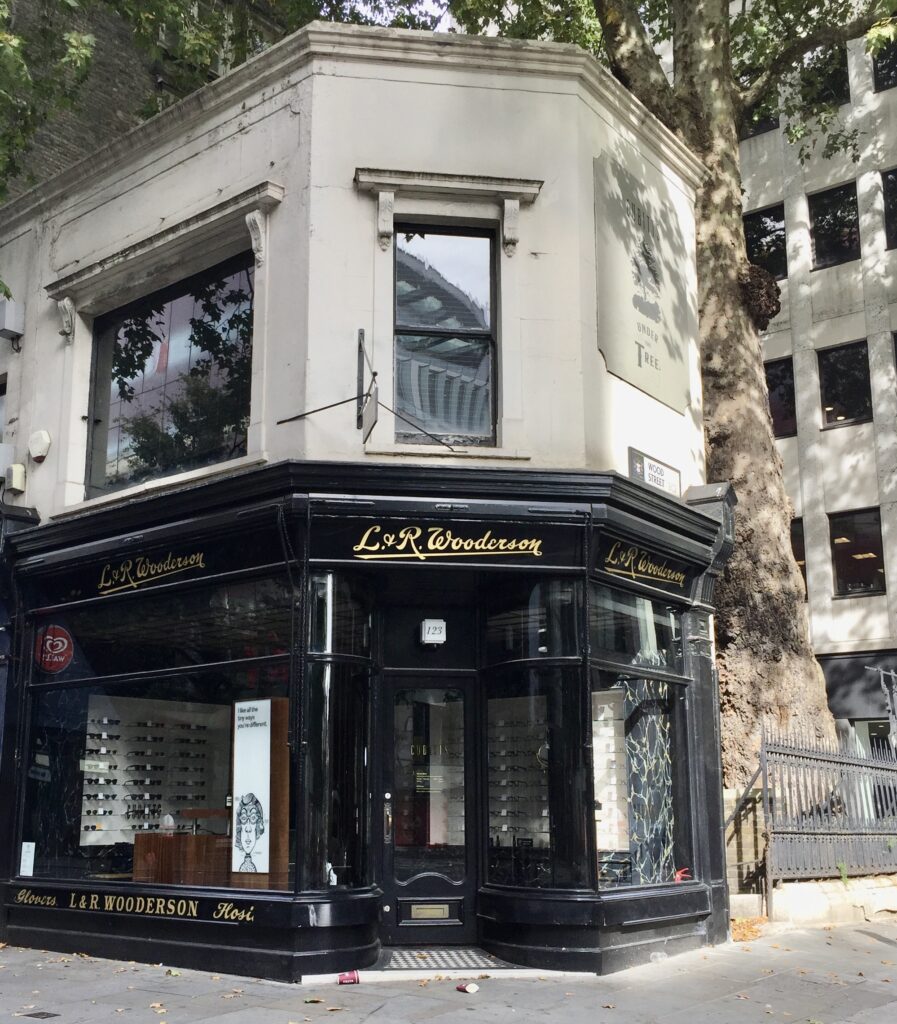
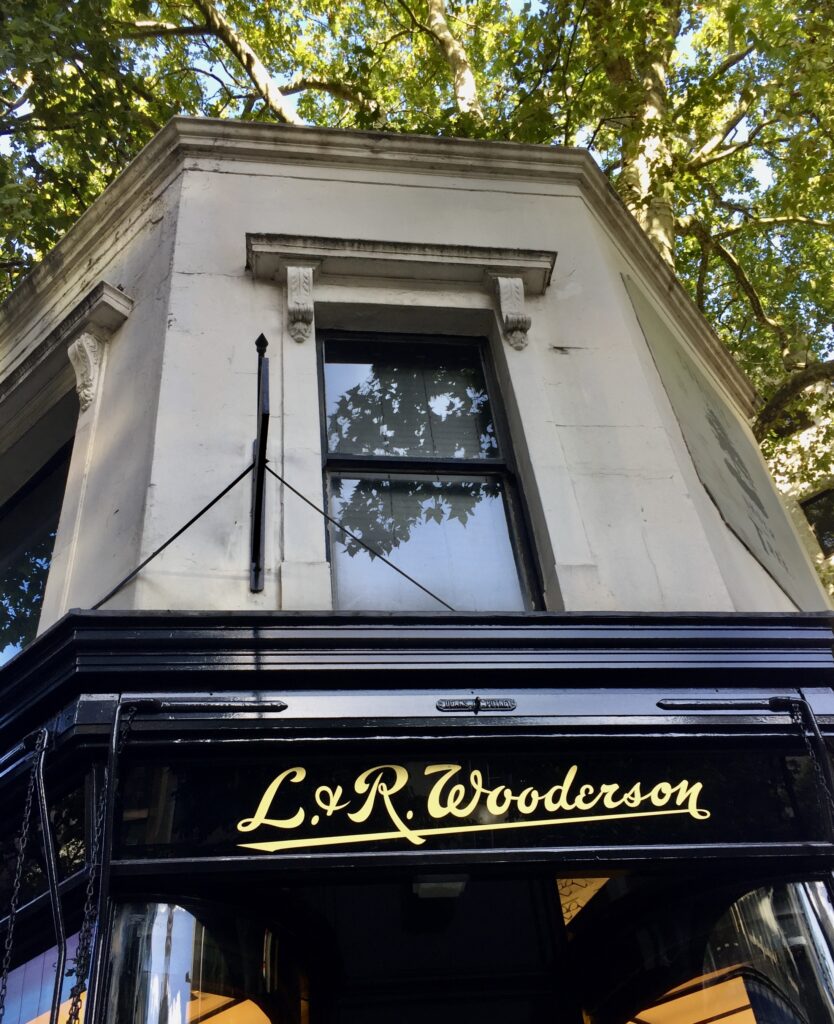
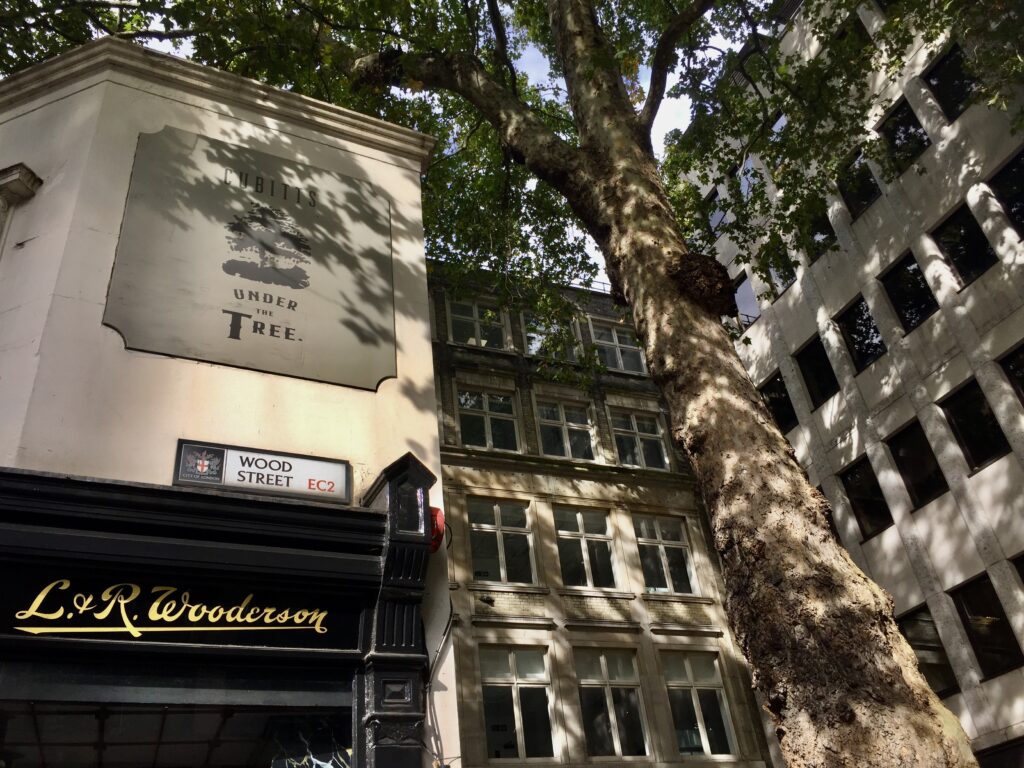
The magnificent London Plane tree that you can see in most of the pictures stands 70 feet high and is protected by a City ordinance which also limits the height of the shops …
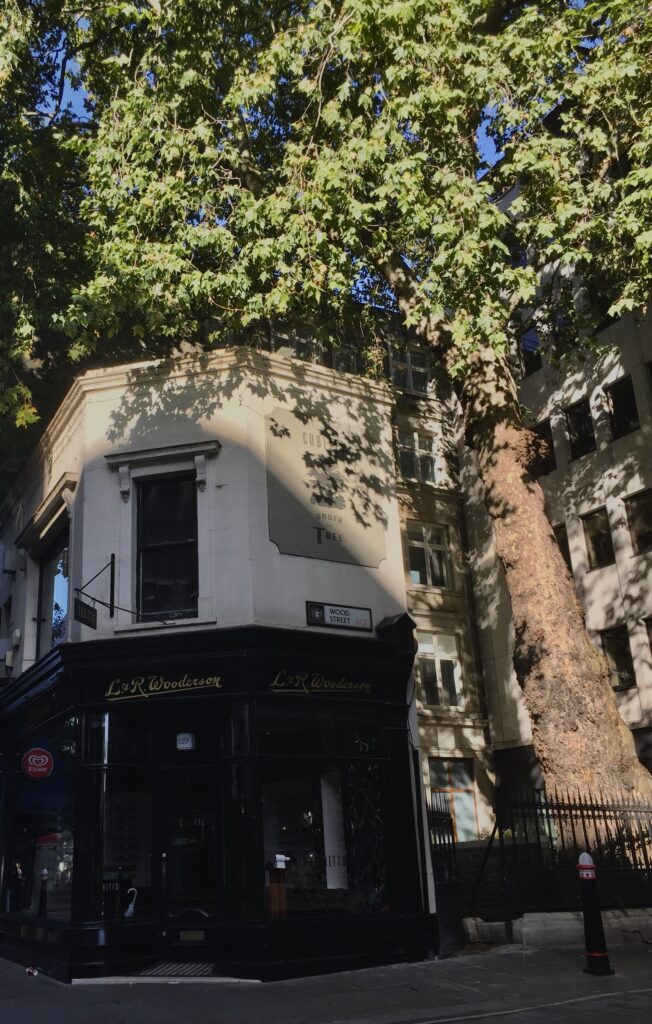
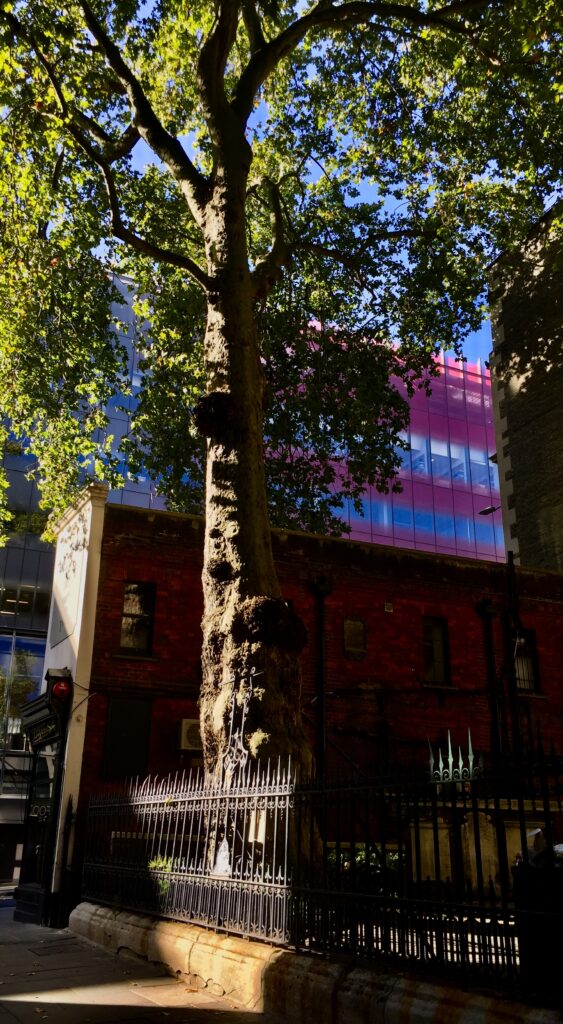
The little garden at the back of the shop used to be the churchyard of St Peter Westcheap (also known as St Peter Cheap) which was destroyed in the Great Fire and not rebuilt. The railings incorporate an image of St Peter. In his lap and above his head are the Keys to the Kingdom of Heaven …
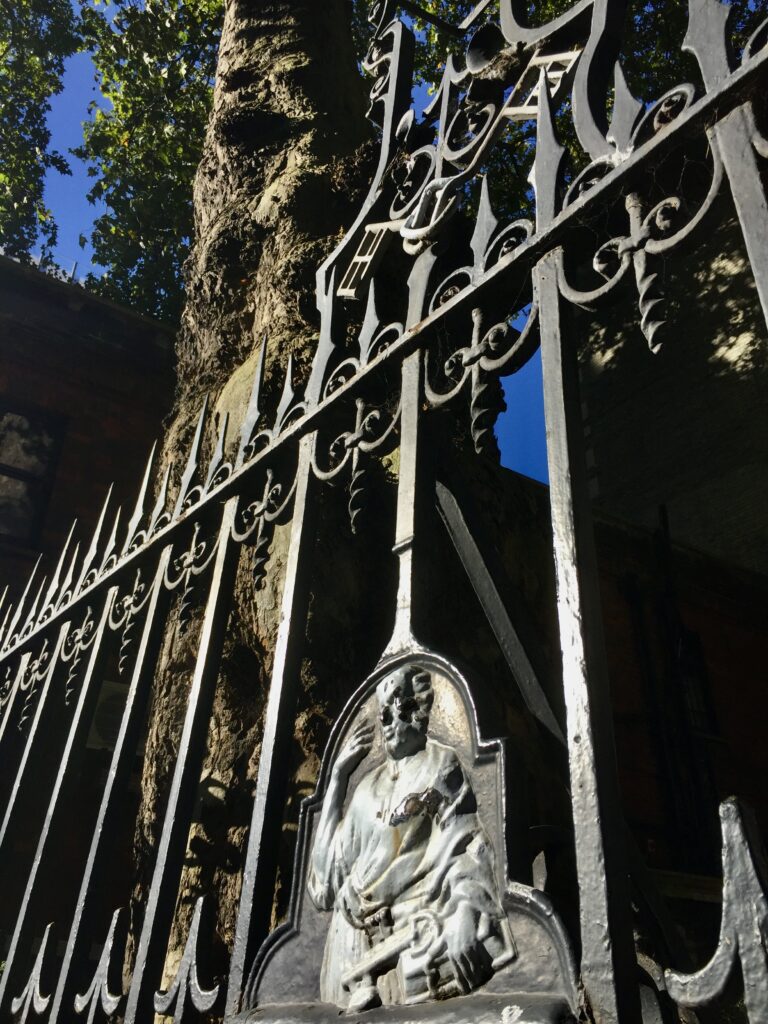
The plaque in the churchyard attached to the shop’s northern wall confirms the age of the building, an early example of the reconstruction after the Great Fire of 1666 …
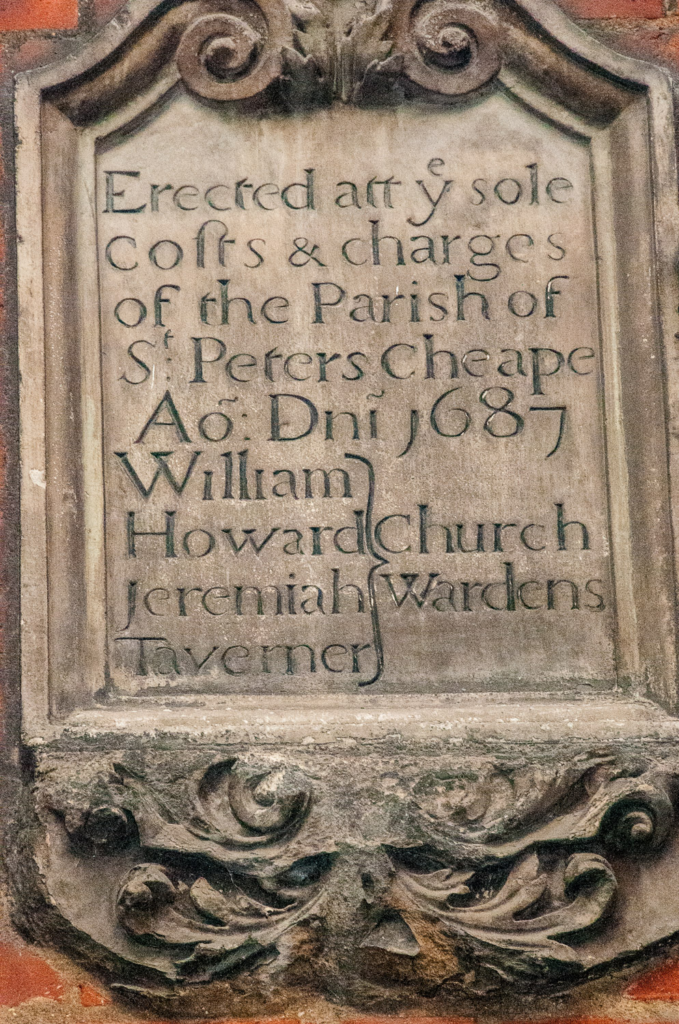
You can read more about this corner of the City and its history in my blog. A shop, a tree and a poem.
I hope you enjoyed that little trip to my image archive.
Last week I took a walk along the path south of the river and saw some interesting sights which I will revisit in a future blog …
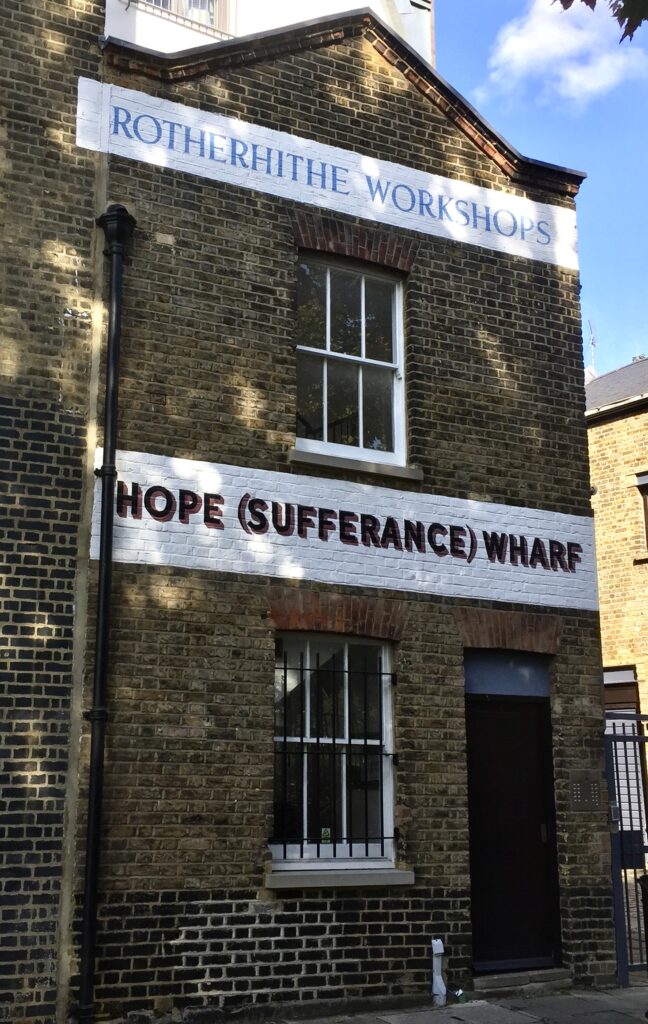
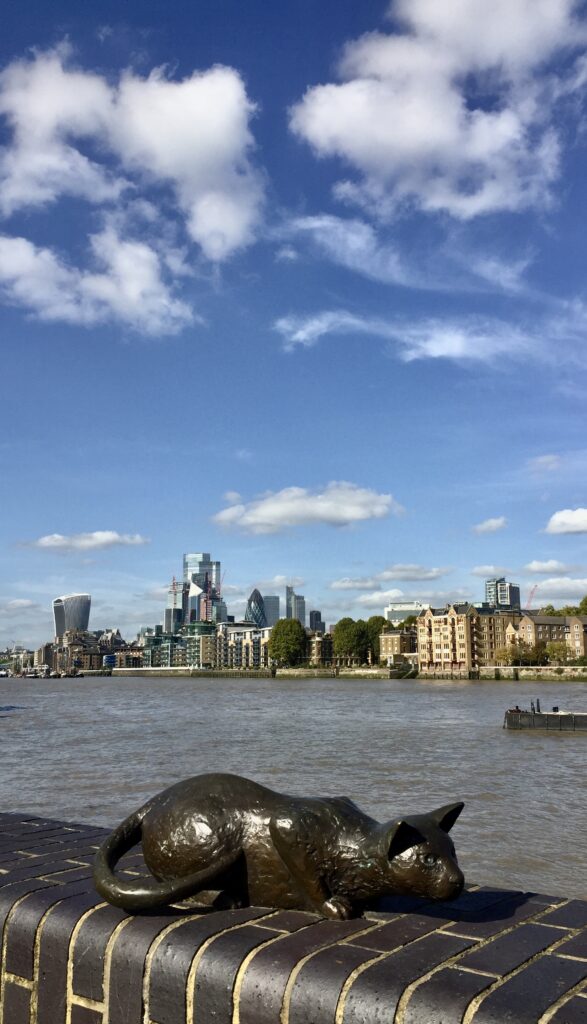
If you would like to follow me on Instagram here is the link …
